Bosnia & Herzegovina - Polarising Diversity

A late summer weekend brought me to Bosnia & Herzegovina, a relatively small and almost landlocked country in south-east Europe. The trip took us from the capital, Sarajevo, through the mountain ranges along the river Neretva towards Mostar and its surroundings sights and back. The country features impressive diversity in architecture, culture, and people - owing to its troubled past, which is still evident today - which made for a packed three days of sights, many of them well known, and a few unexpected ones.
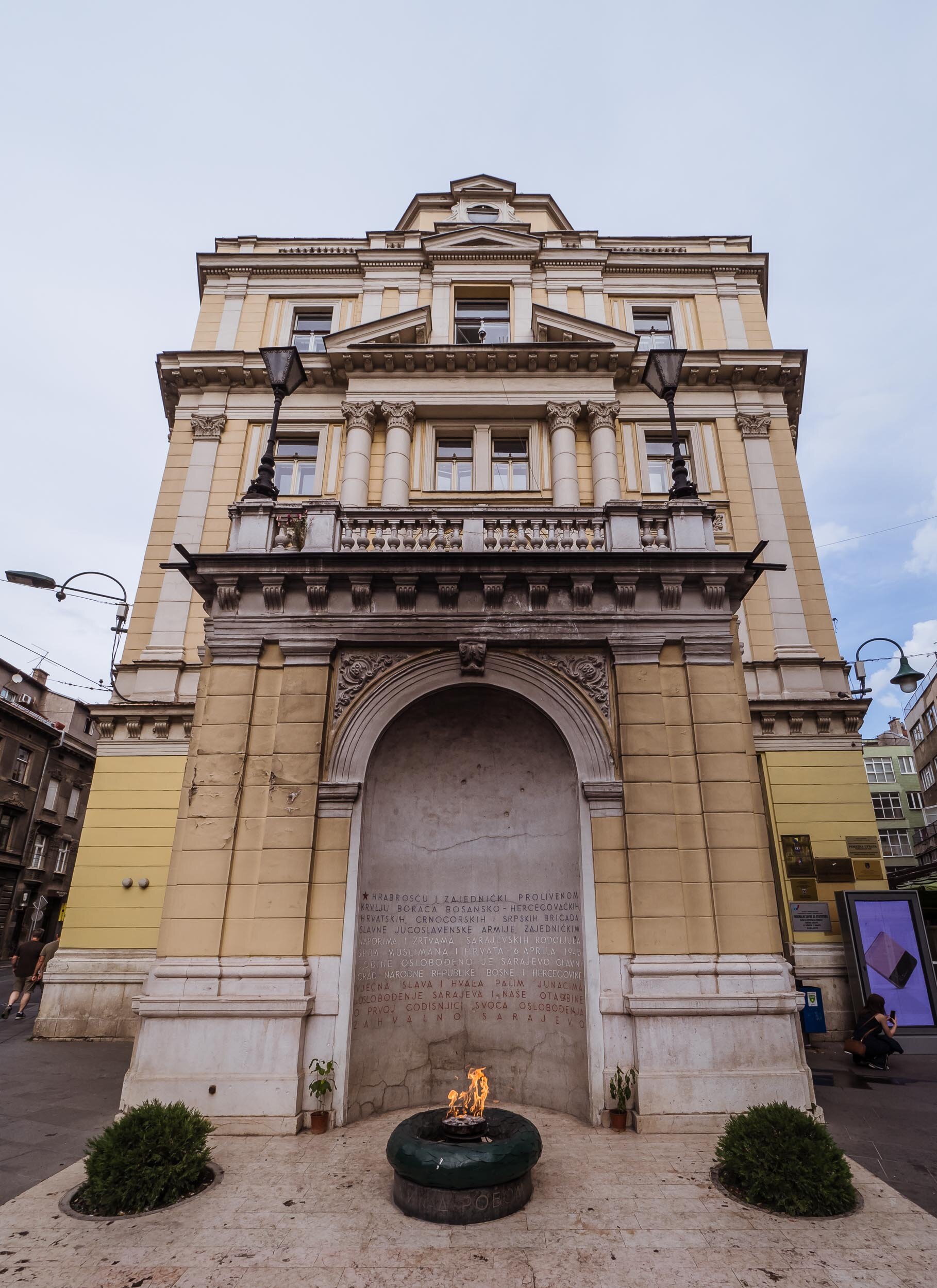
Eternal Flame
A small memorial site in Sarajevo honoring the victims of World War II with an eternal flame & inscription.
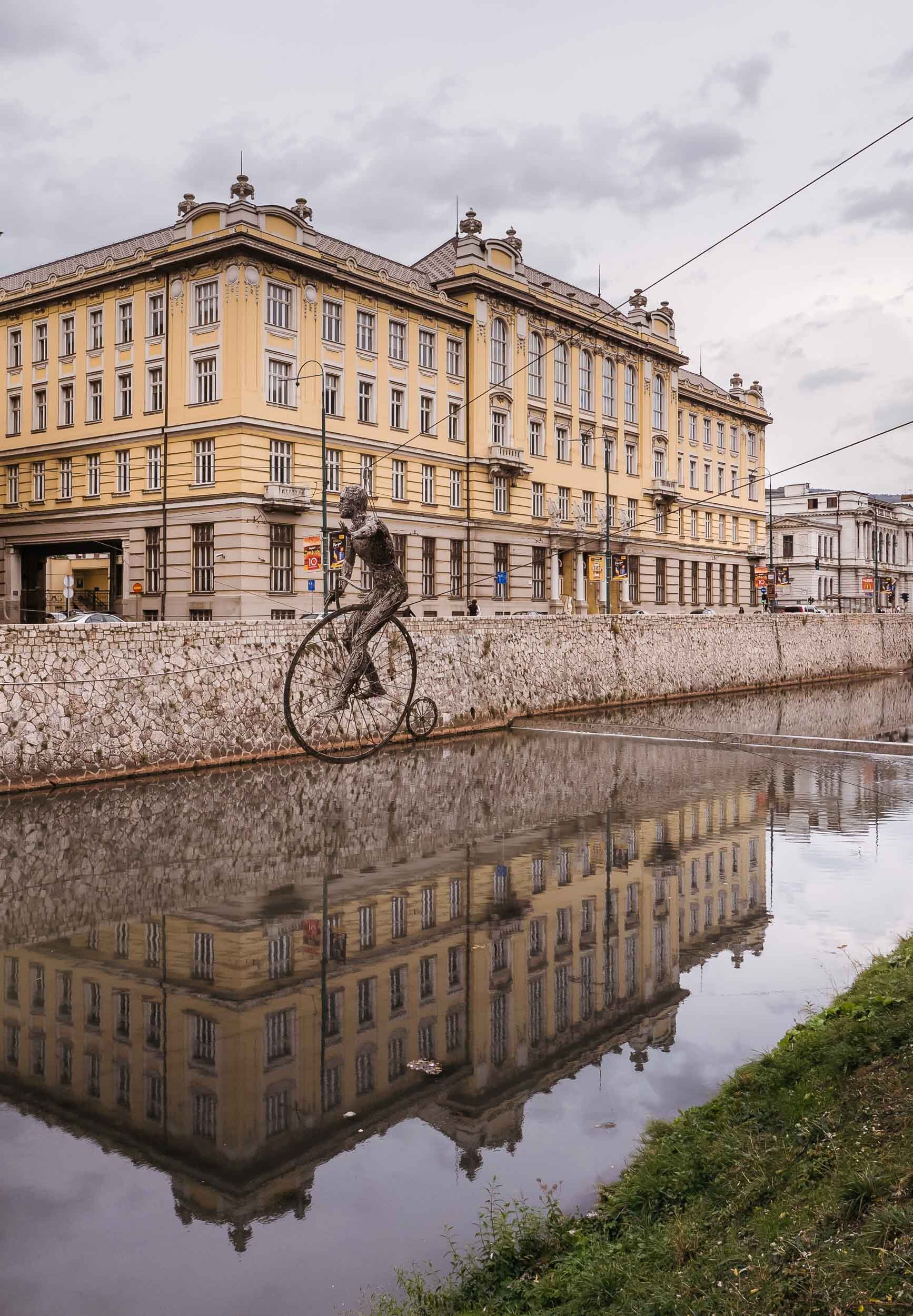
Equilibrists
One of the "Equilibrists over the River" statues hanging over the Miljacka river running through the city.

Looping
The "festina lente" pedestiran bridge, meaning "make haste slowly" in Latin.
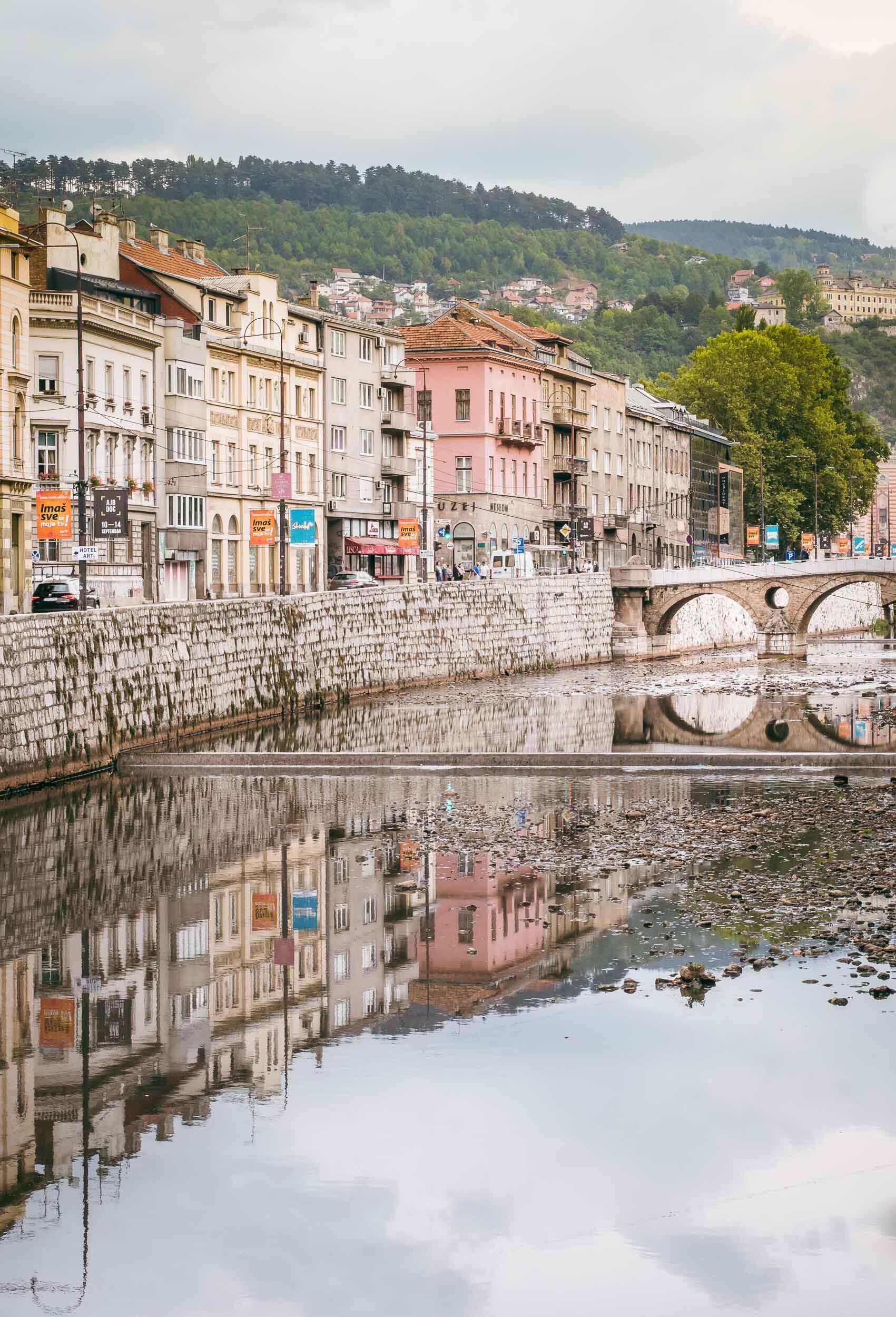
Miljacka
Another view along the Miljacka river running (very quietly) through Sarajevo, with the famou Latin bridge on the right side.
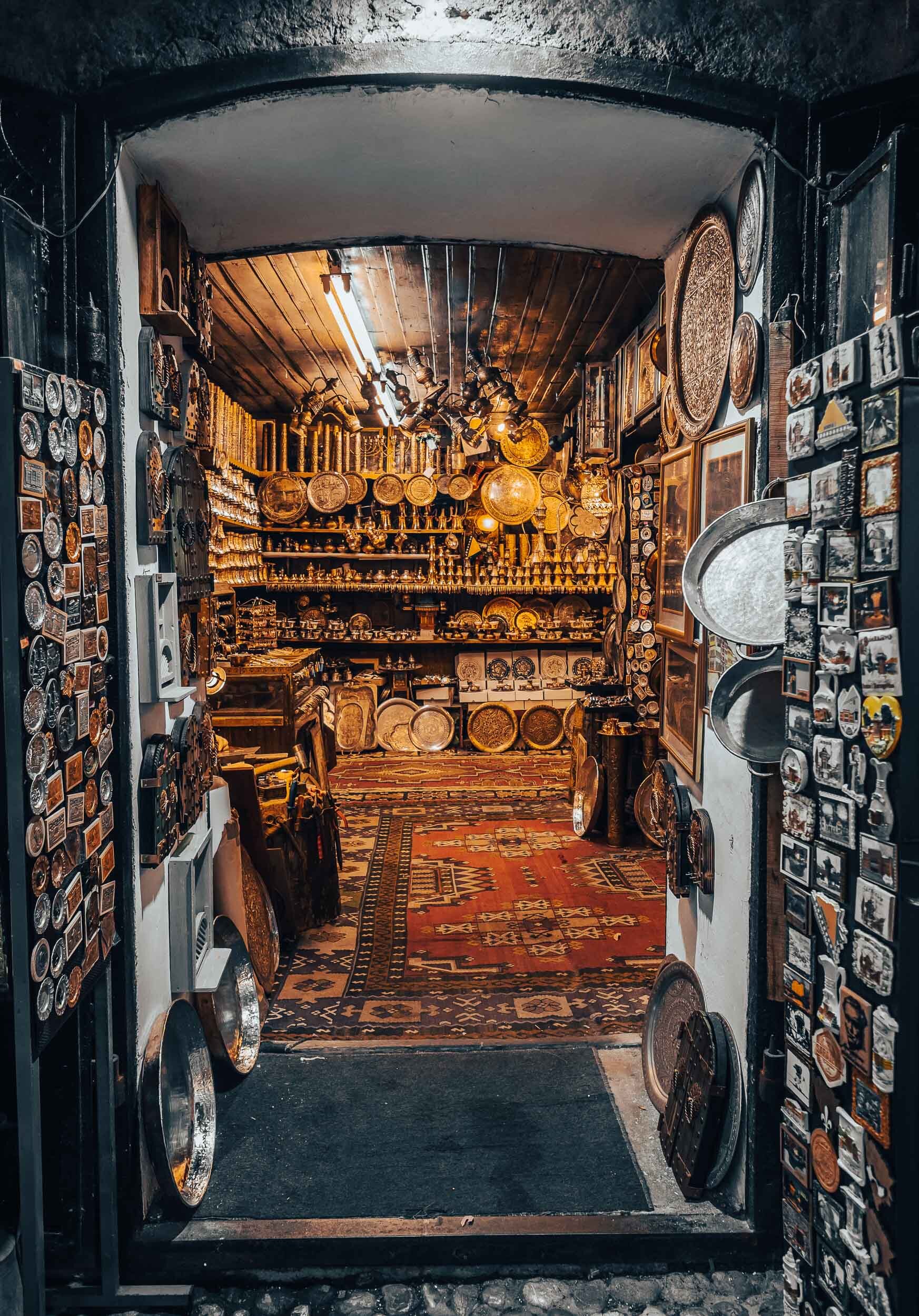
Souvenirs
One of the many shops selling handmade (or so they say) metal souvenir items.
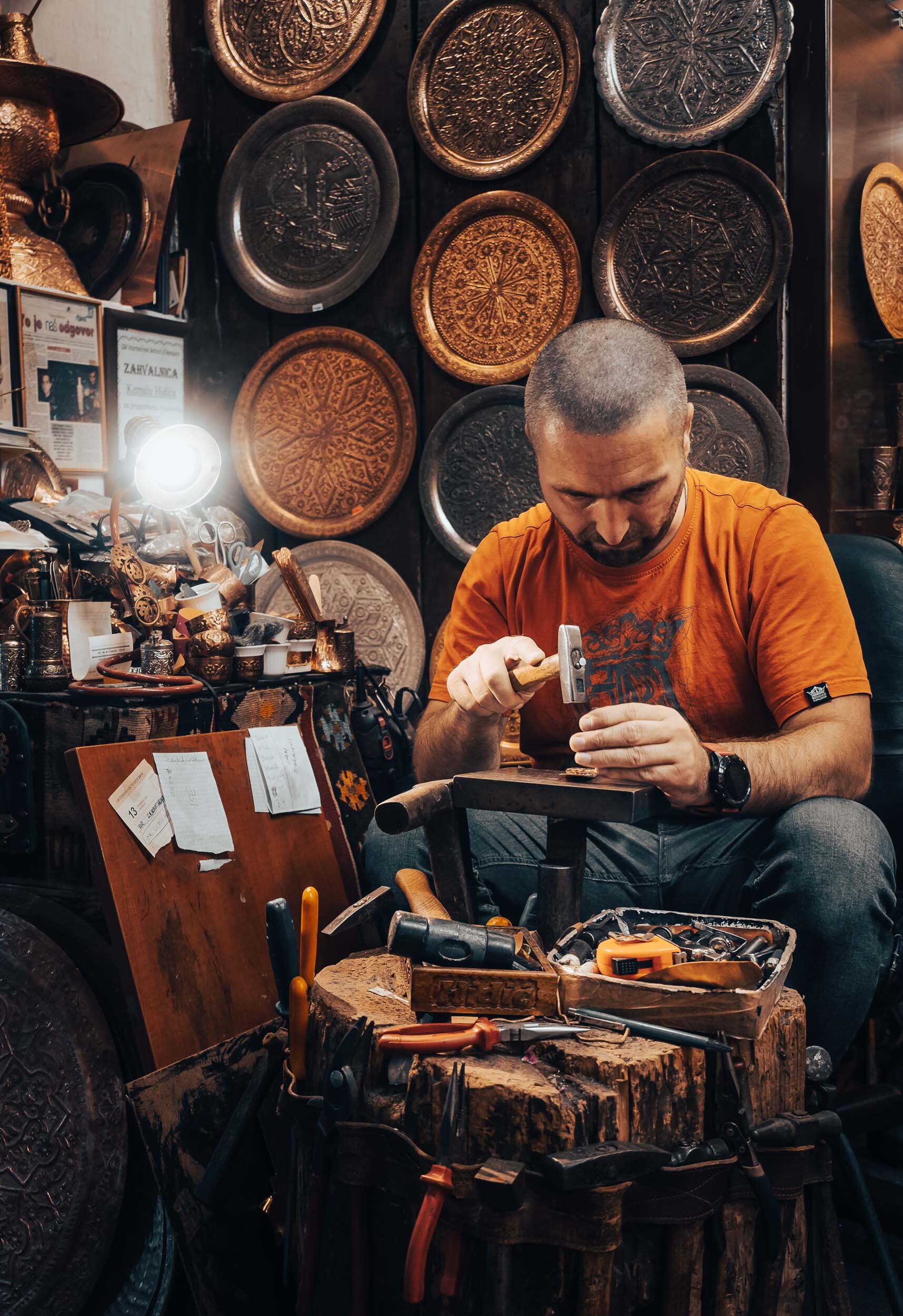
Artisan at Work
Although in this case I could make sure what I bought was actually handmade.
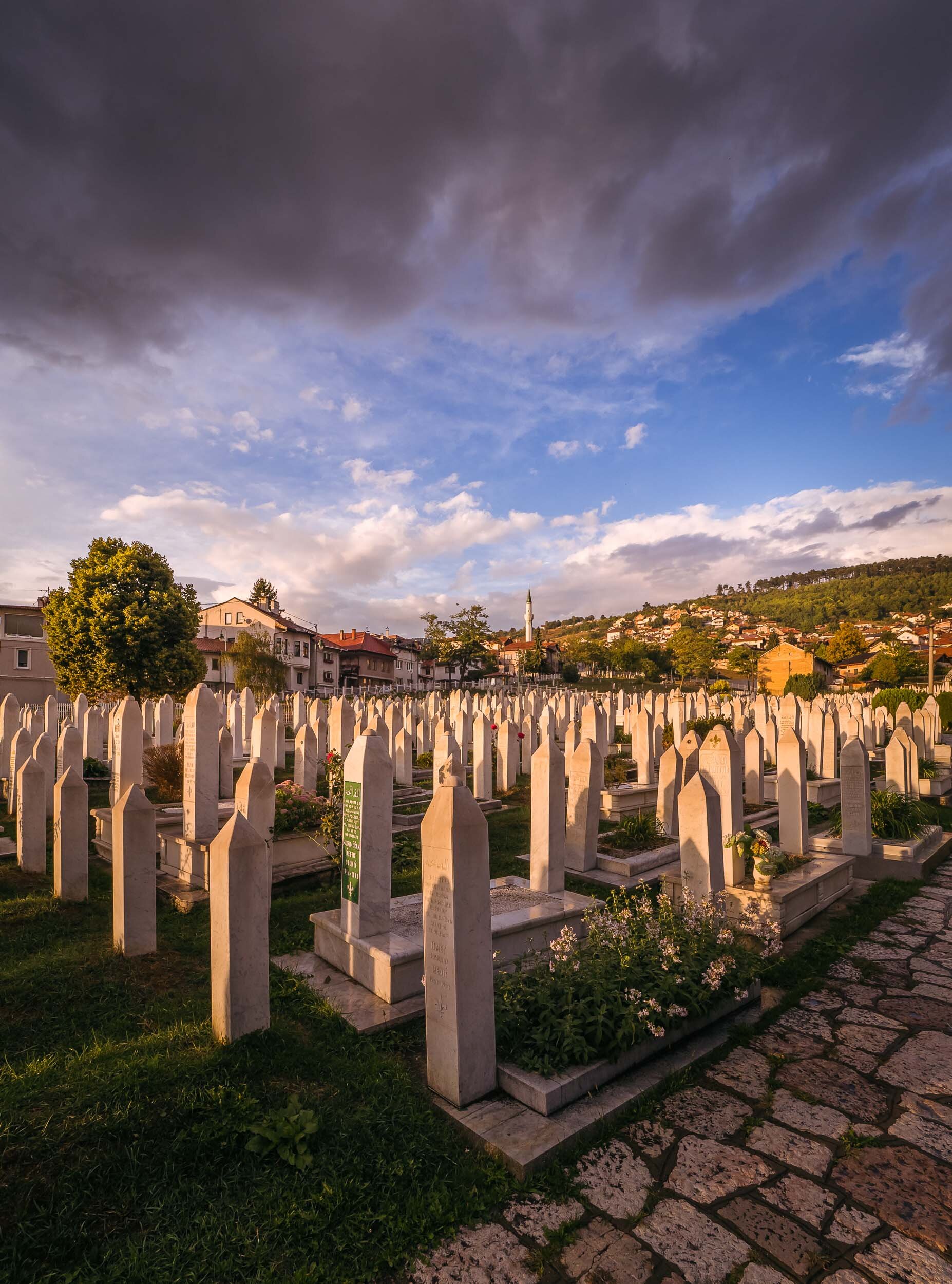
Kovači Cemetery
A sunset view of one of the largest cemetaries in the city, for soldiers of the Bosnian Army who were killed during the war in the early 90s.
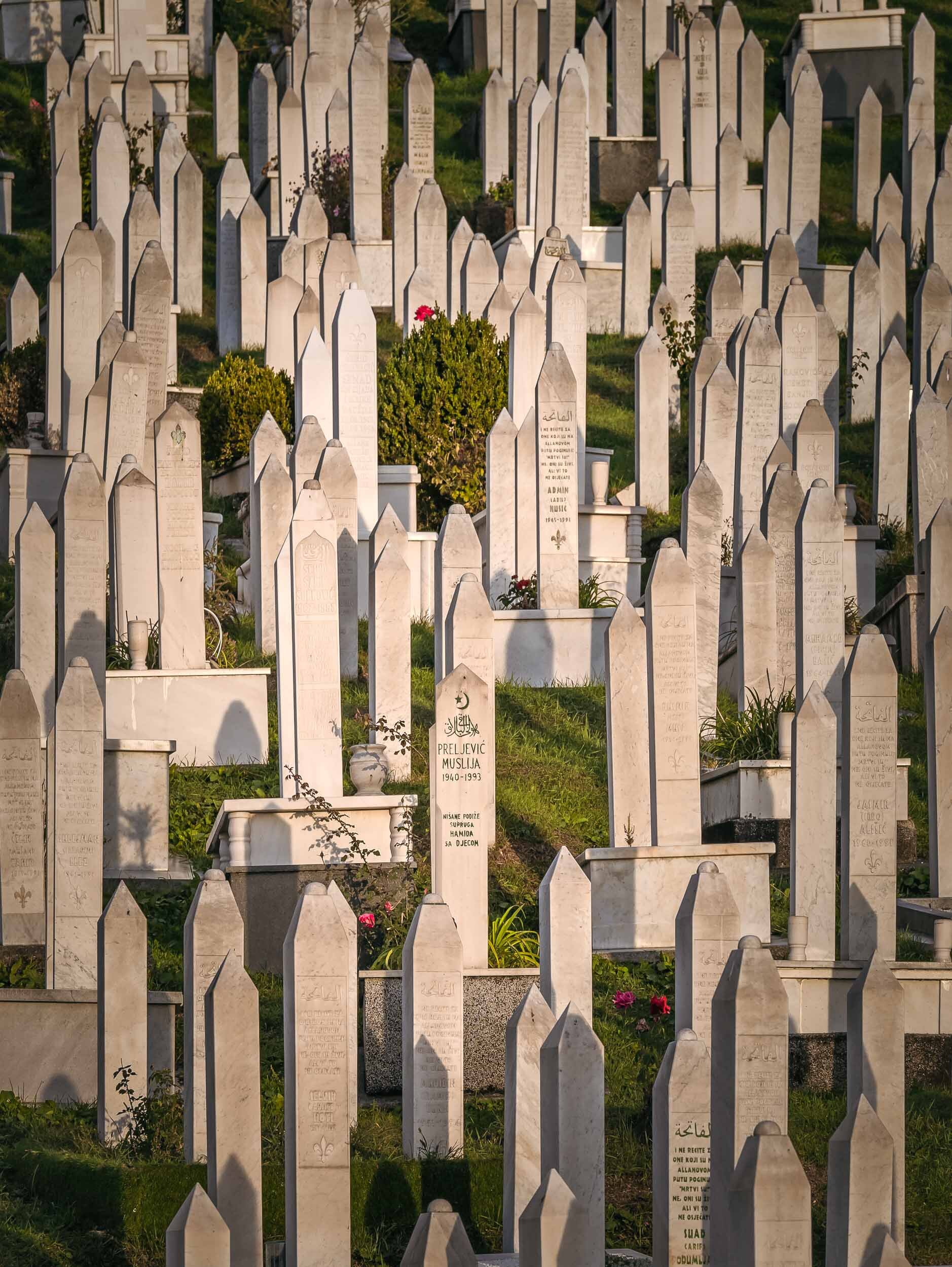
Evidence
Almost 14,000 people were killed during the Siege of Sarajevo, the longest siege of a capital city in the modern history, lasting more than 3 years.
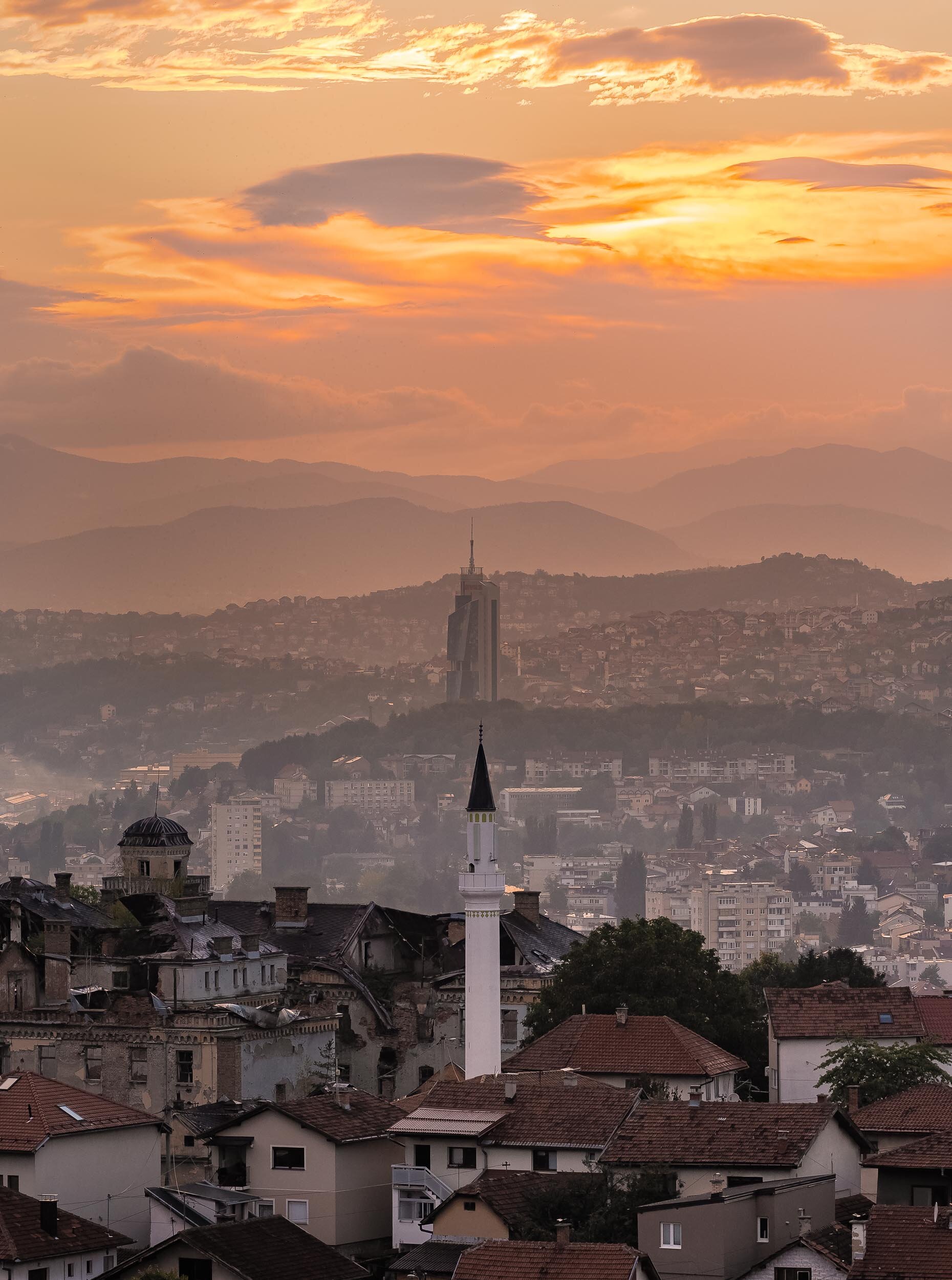
Sunset Layers
Climbing up a little further past the cemetary brings you to one of the most beautiful views of the city.
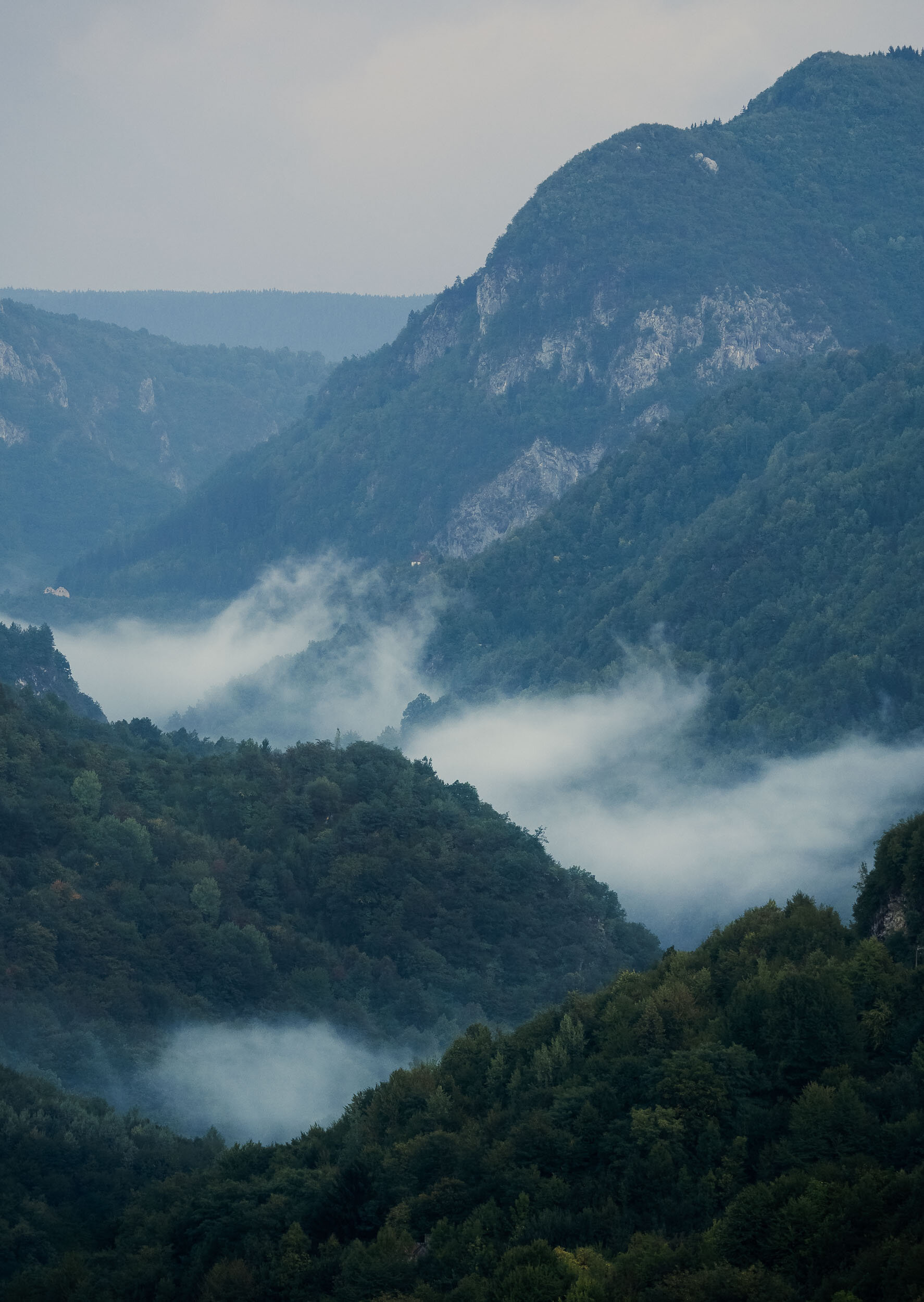
Low Clouds
Looking east from the same spot provides a very different atmosphere.

Moonrise
As the moon rose, the sun had set on the other side of the city.
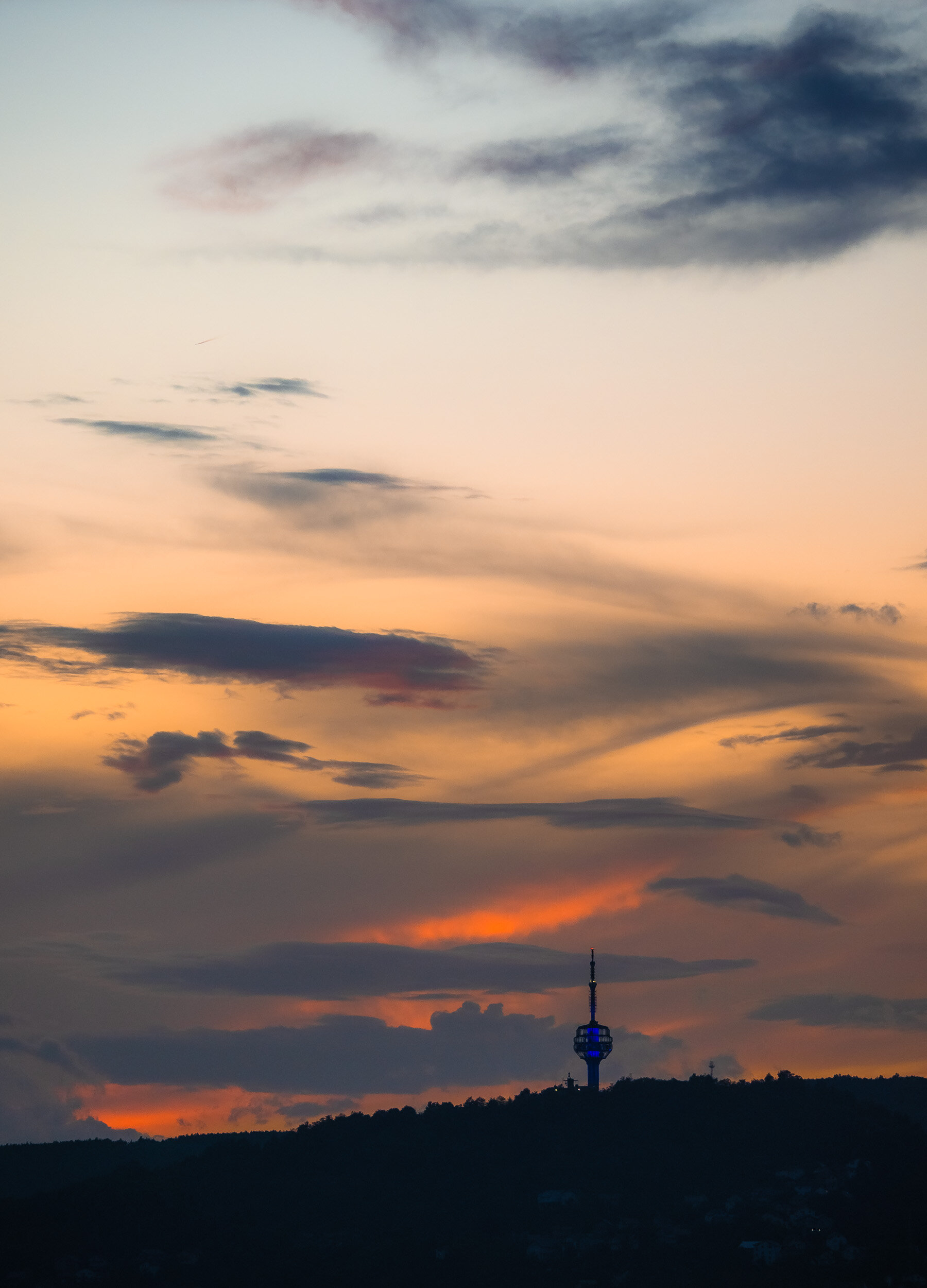
The Hum Tower
Named after the hill it is located on, this building is a telecommunication tower located on Mount Hum close by Sarajevo.

Dusk Views
Heading back down into the city along many winding roads, always with at least one minaret in sight.
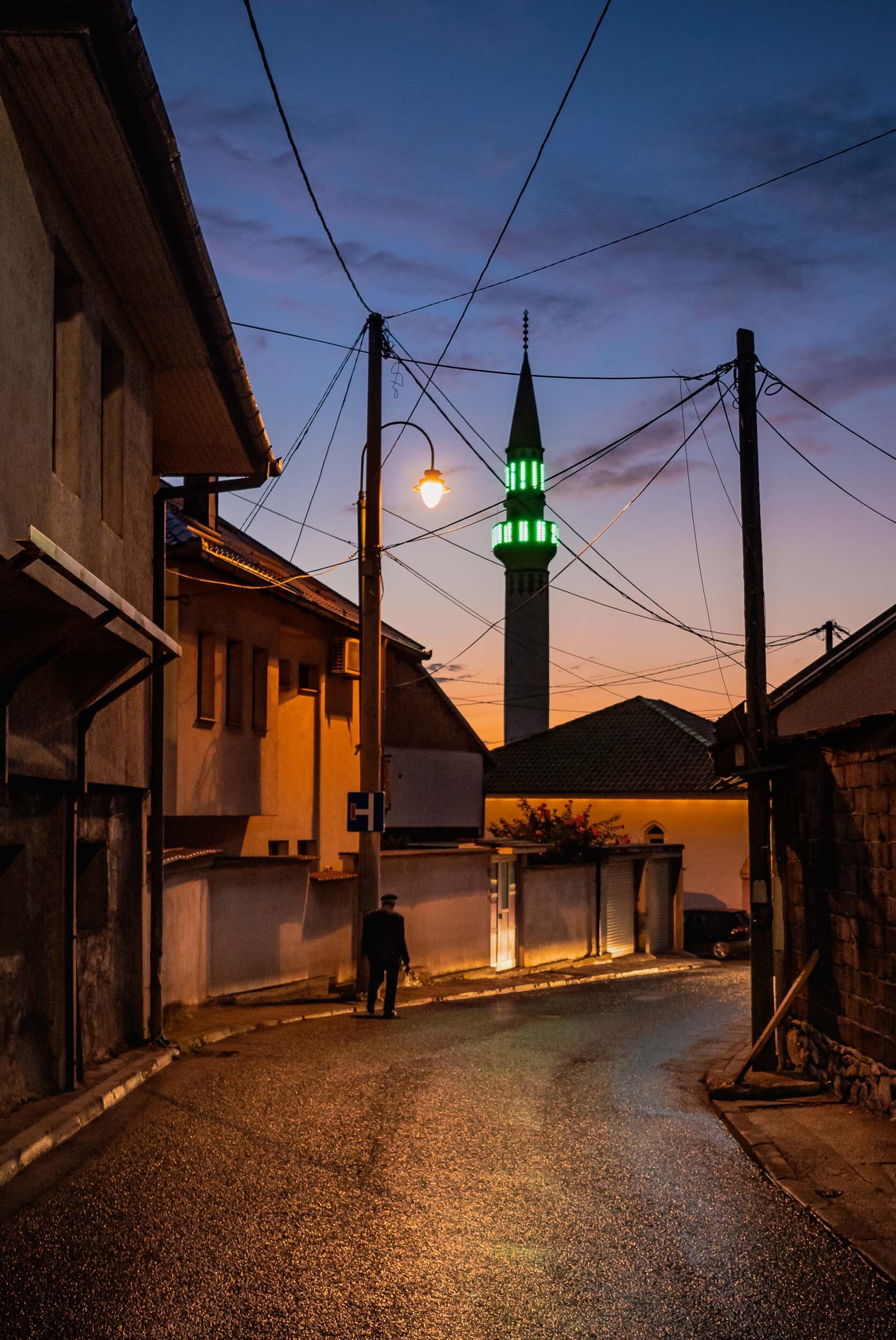
It is said that there are over 100 mosques in Sarajevo, owing to its muslim history. At the same time, you can find plenty of orthodox churches, cathedrals and synagogues.
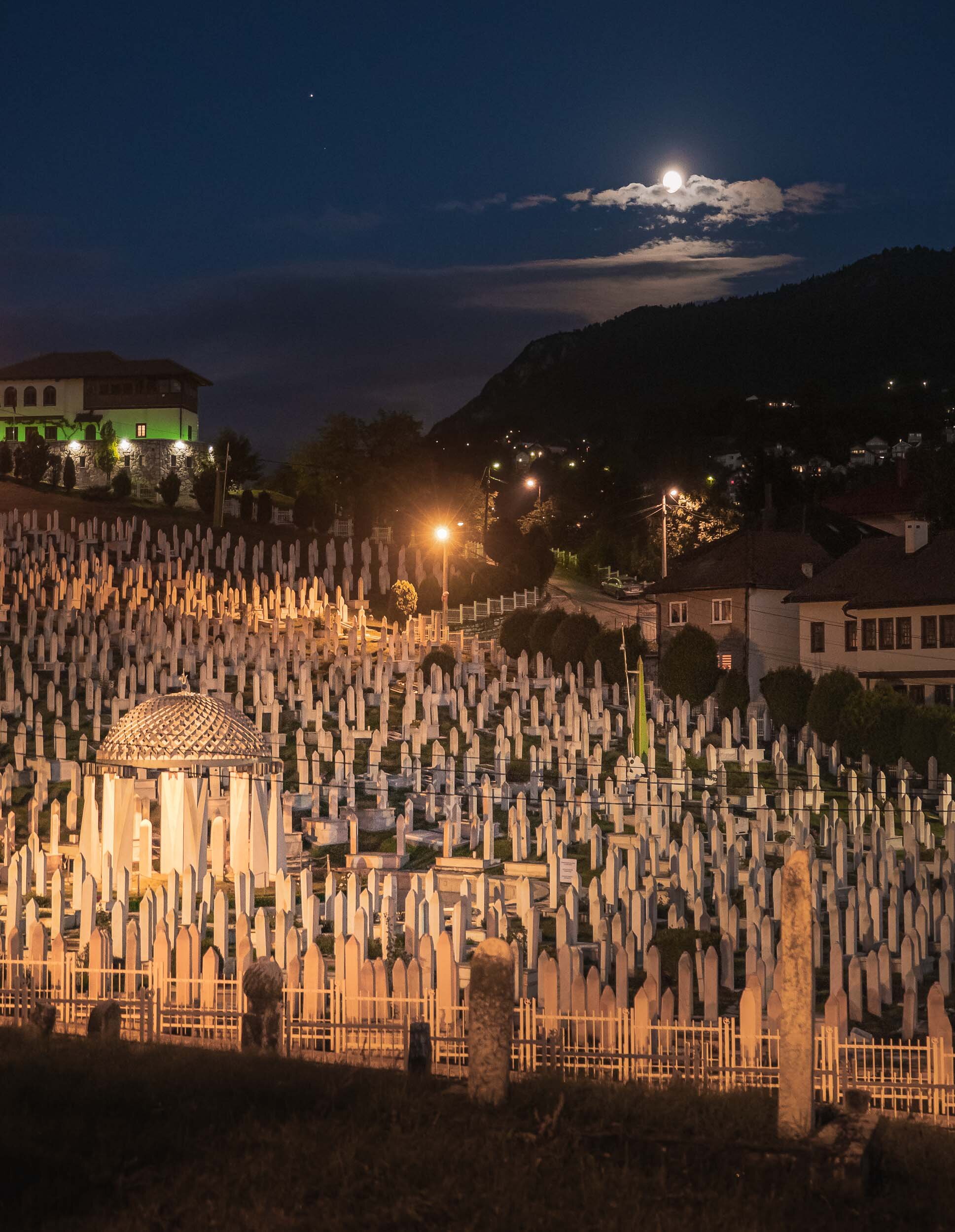
Haunting
Passing back along the cemetary, with a haunting atmosphere as the moonlight shone over the many white tombstones.
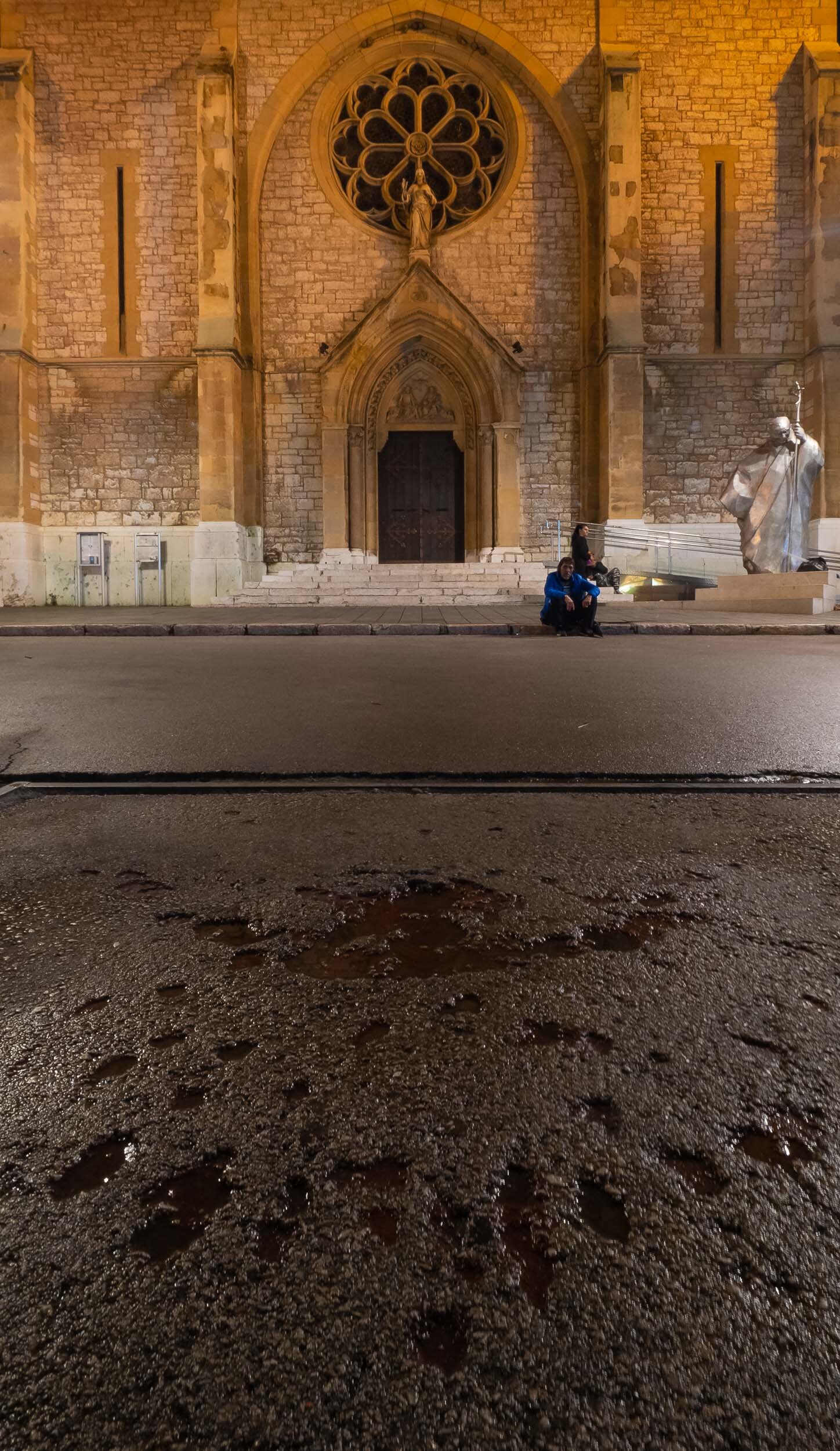
Roses of Sarajevo
One of the many Roses of Sarajevo, red splatters in the ground acting as constant reminders of the tragedies of war.
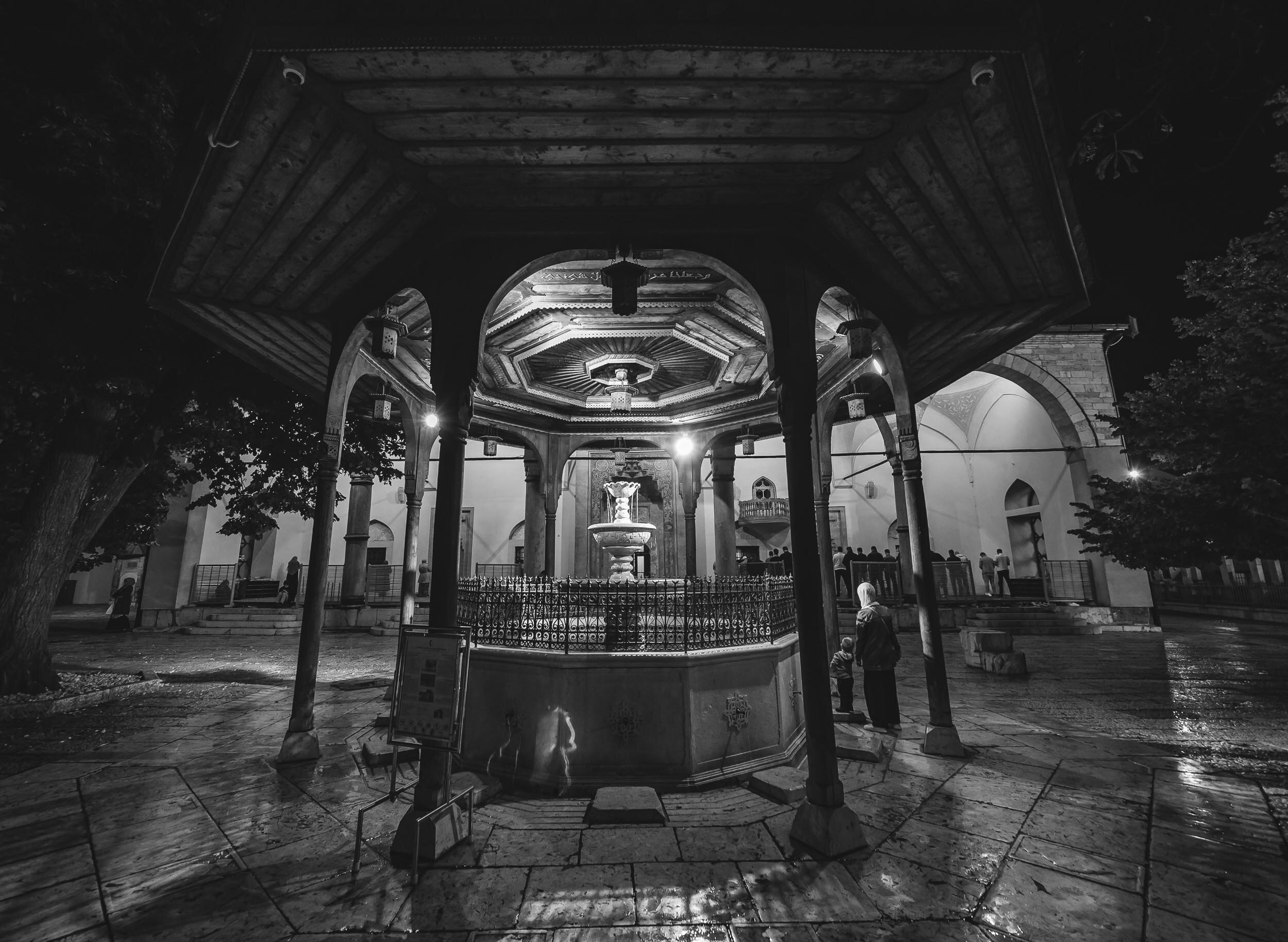
Gazi Husrev-beg Mosque
The fountain in front of the country's largest mosque and one of the main Ottoman complexes in the Balkans.
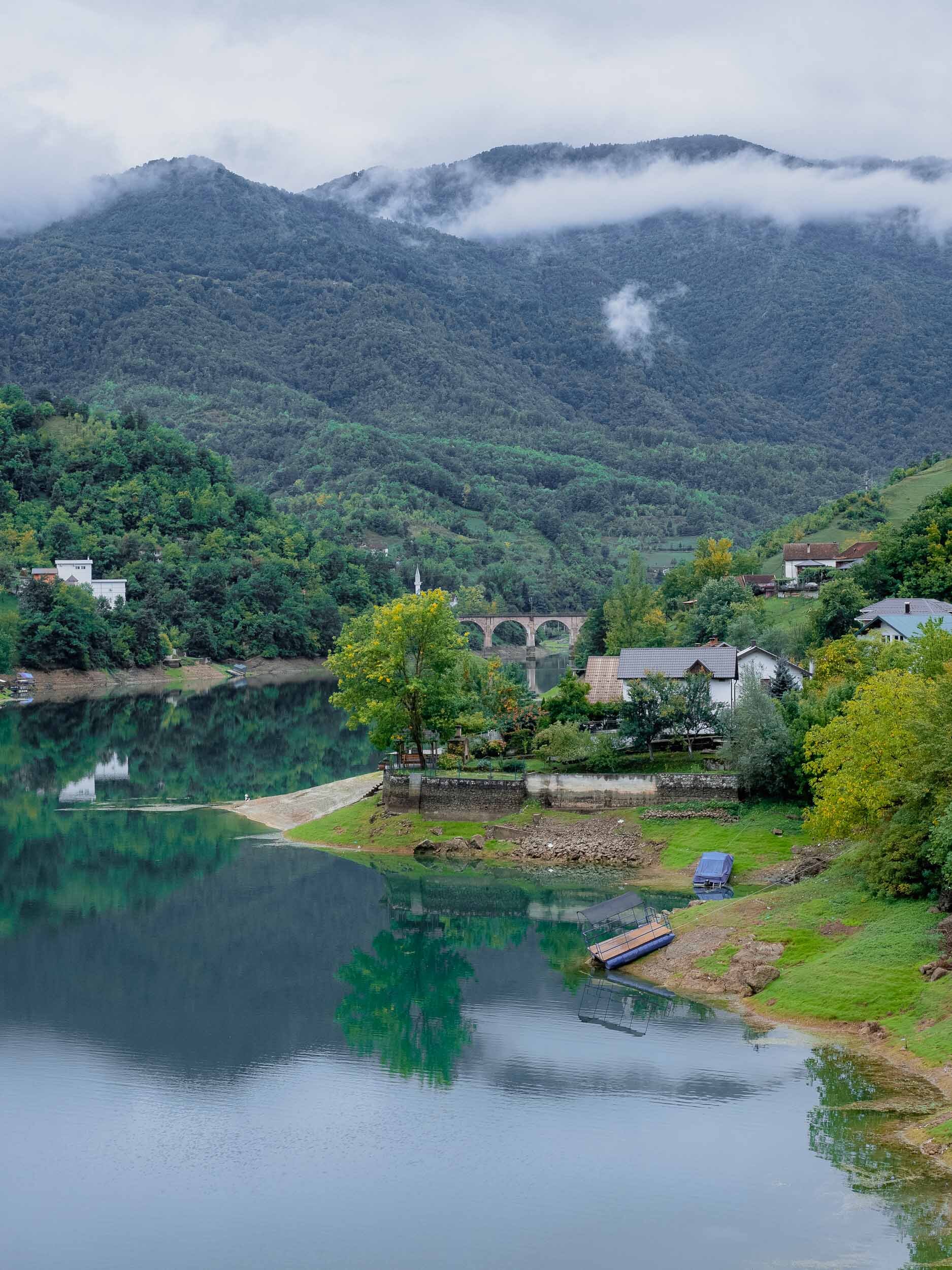
Lake Jablanica
Day 2 was the drive towards Mostar, passing some beautiful scenery such as this on the way.
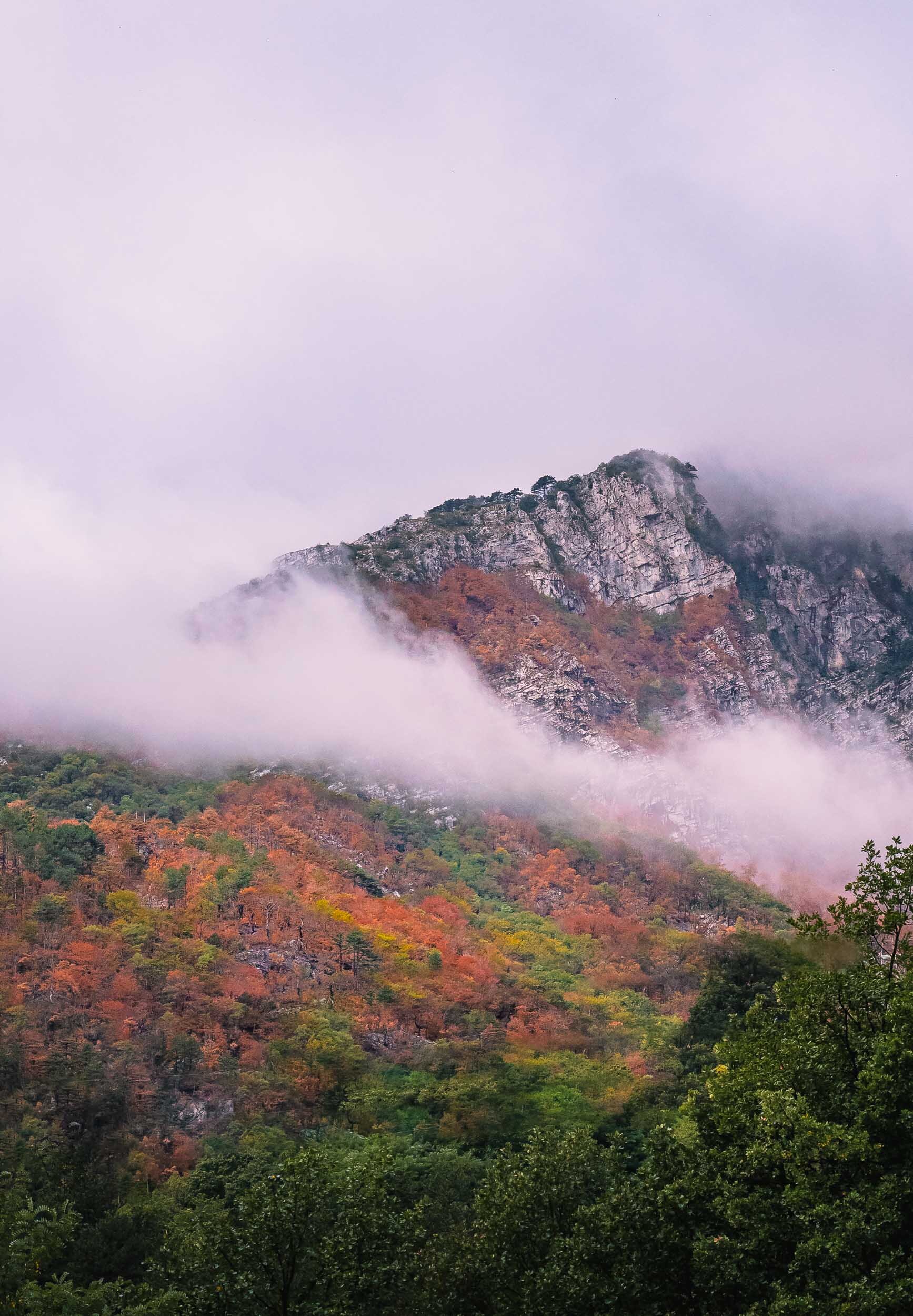
Almost Autumn
The middle of September meant some trees had slowly started to adopt their autumn colours - my favourite season.

Colours
One of the many scenic spots you can find along the roads winding on the side of the Neretva river.
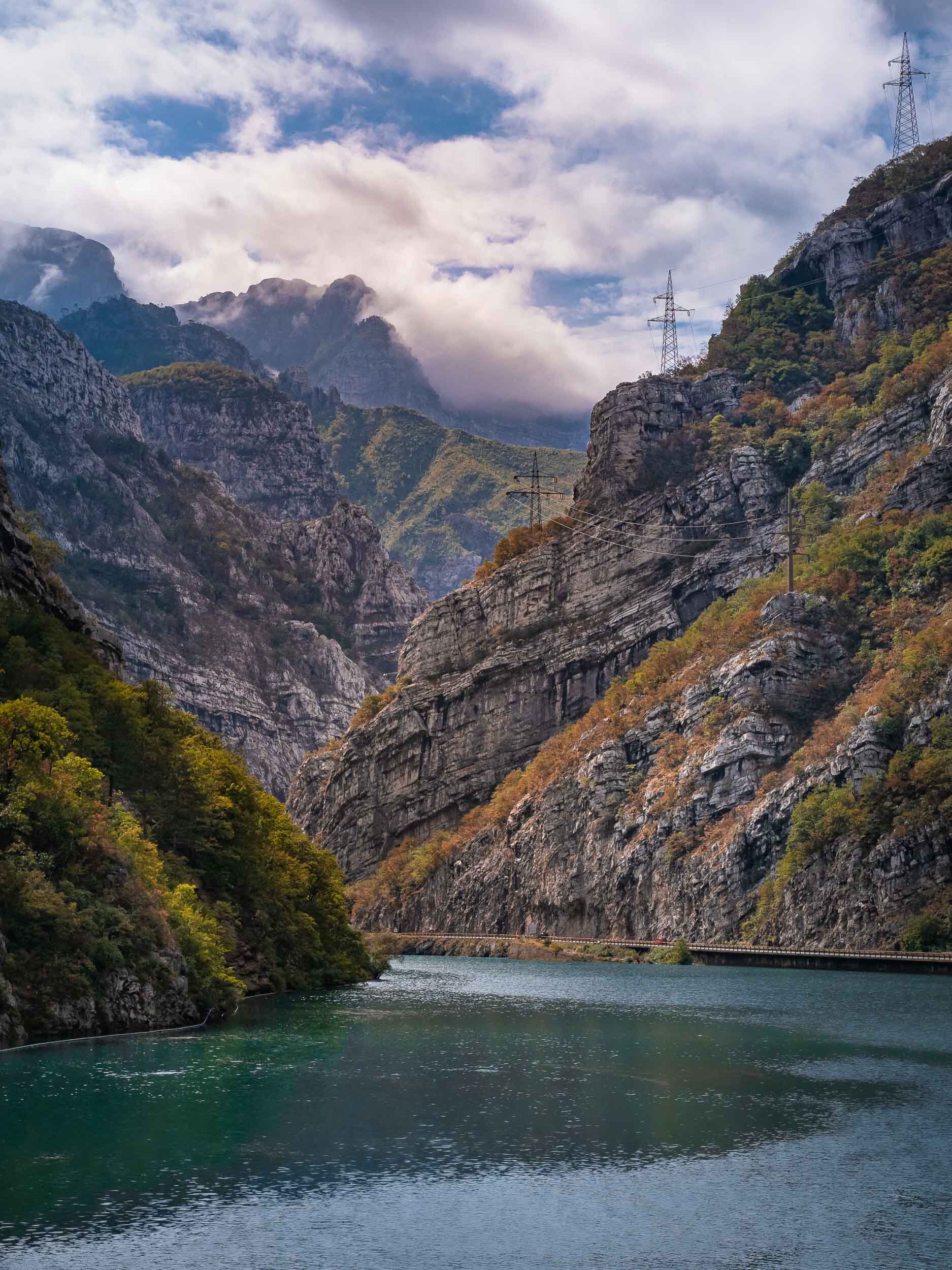
Views
As we went further south, the sky slowly opened up, and the mountain scenery became even more impressive.
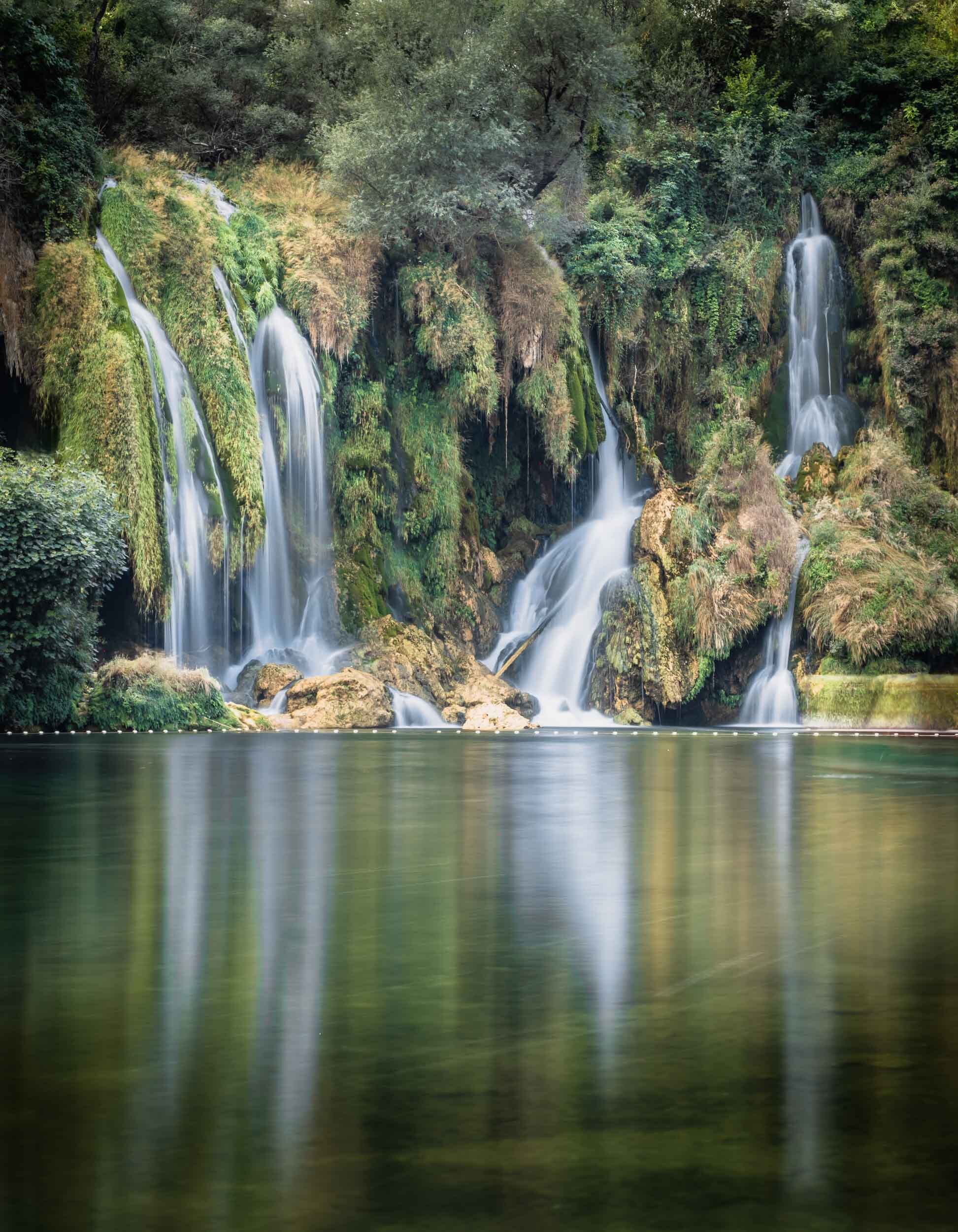
Kravica Falls
Before visting Mostar, we went about 25km further to the Kravica waterfalls, a beautiful set of falls around 25m high and ending in a small lake.
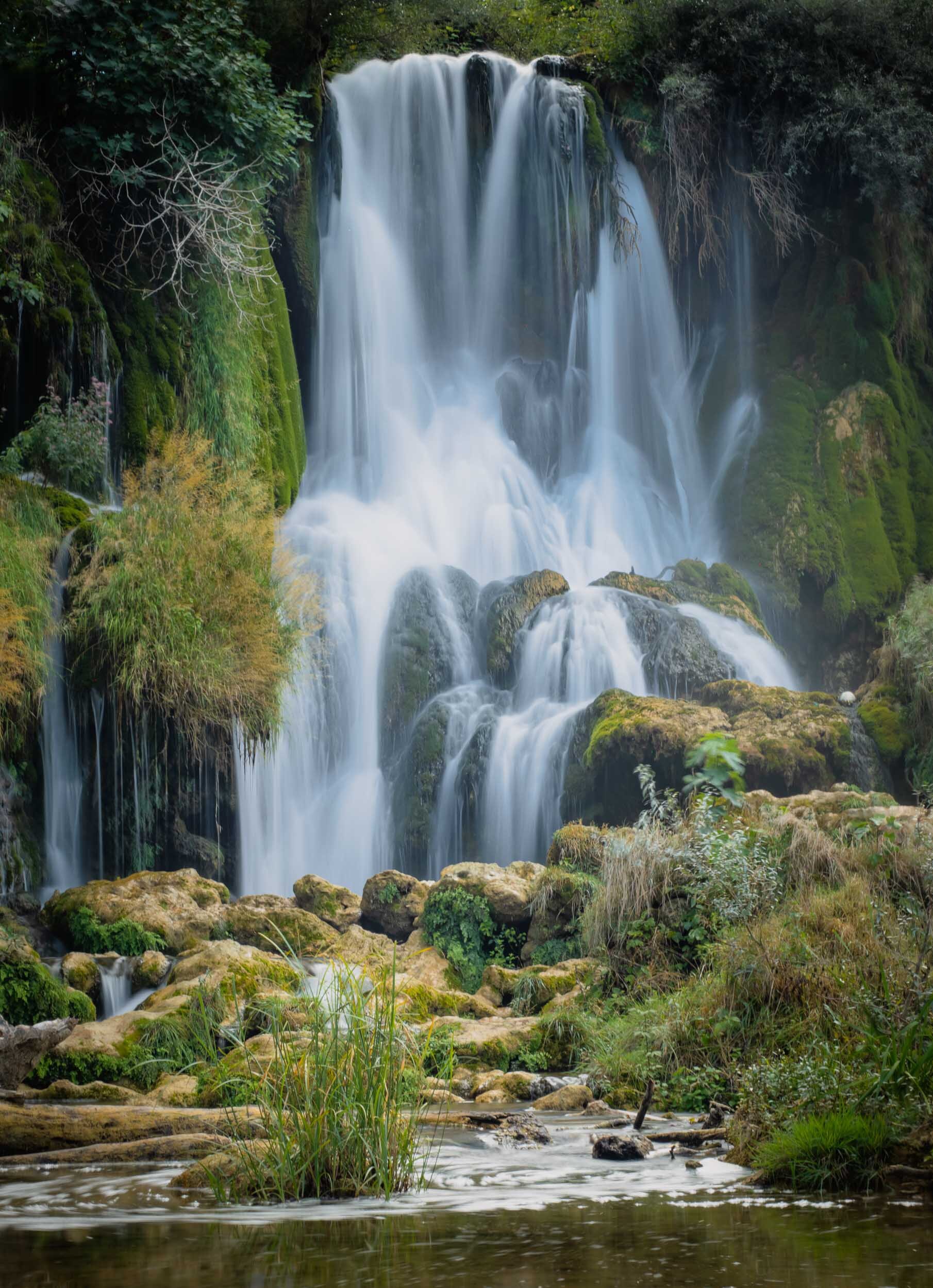
Summer Discharge
The falls were at low discharge compared to the early Spring, but still quite impressive and in some ways even more pictoresque.
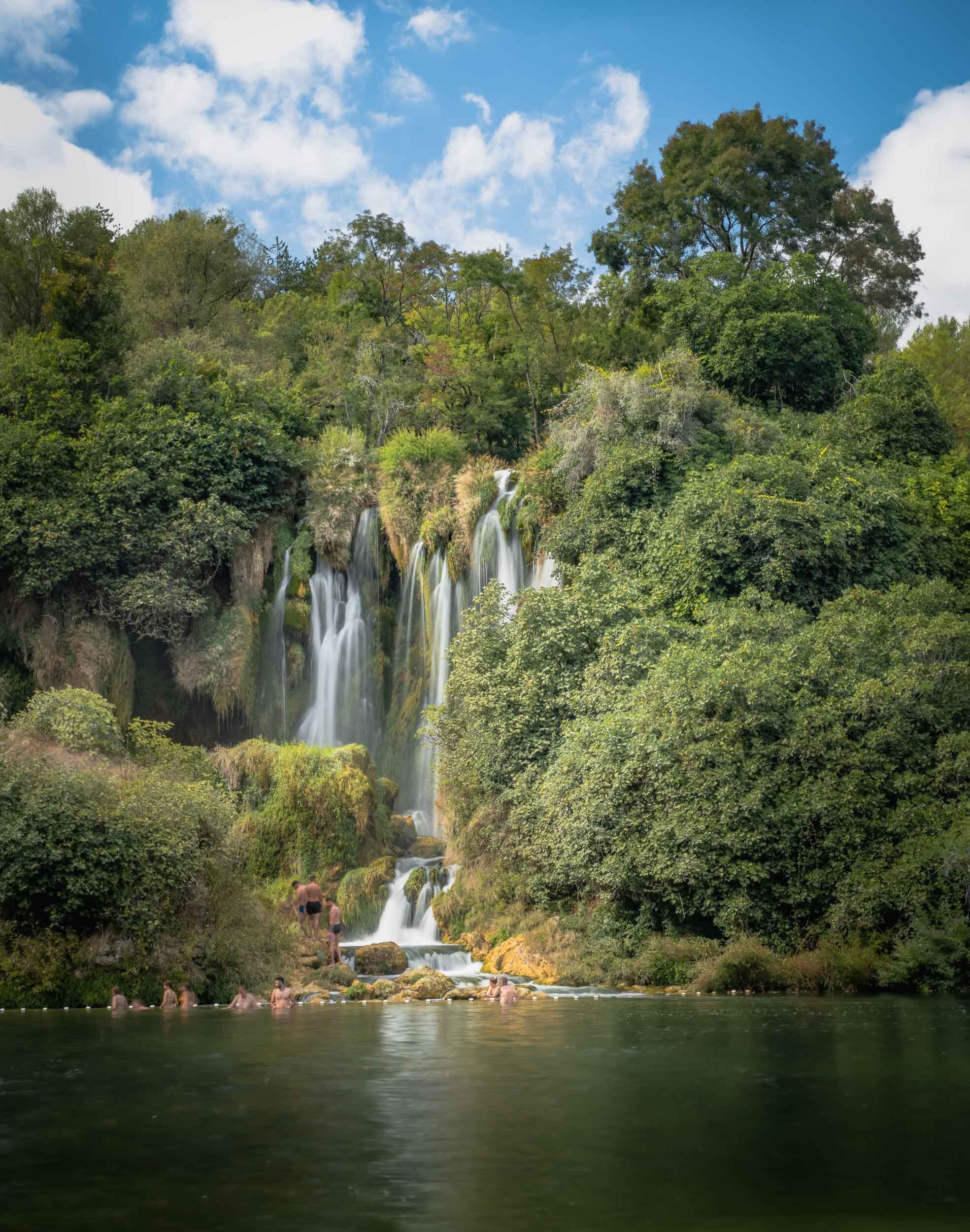
Swimming
It is allowed to swim in the small lake near the falls, so the location is quite popular during the summer.

Dervish House
Another stop on the way was the Dervish house, a hstoric Sufi monastery built on the impressive cliffs by the water.

Calm
Built in 1520, it was a place of spiritual retreat and reflection - it still feels special today, although there are a lot of restaurants and activities around.
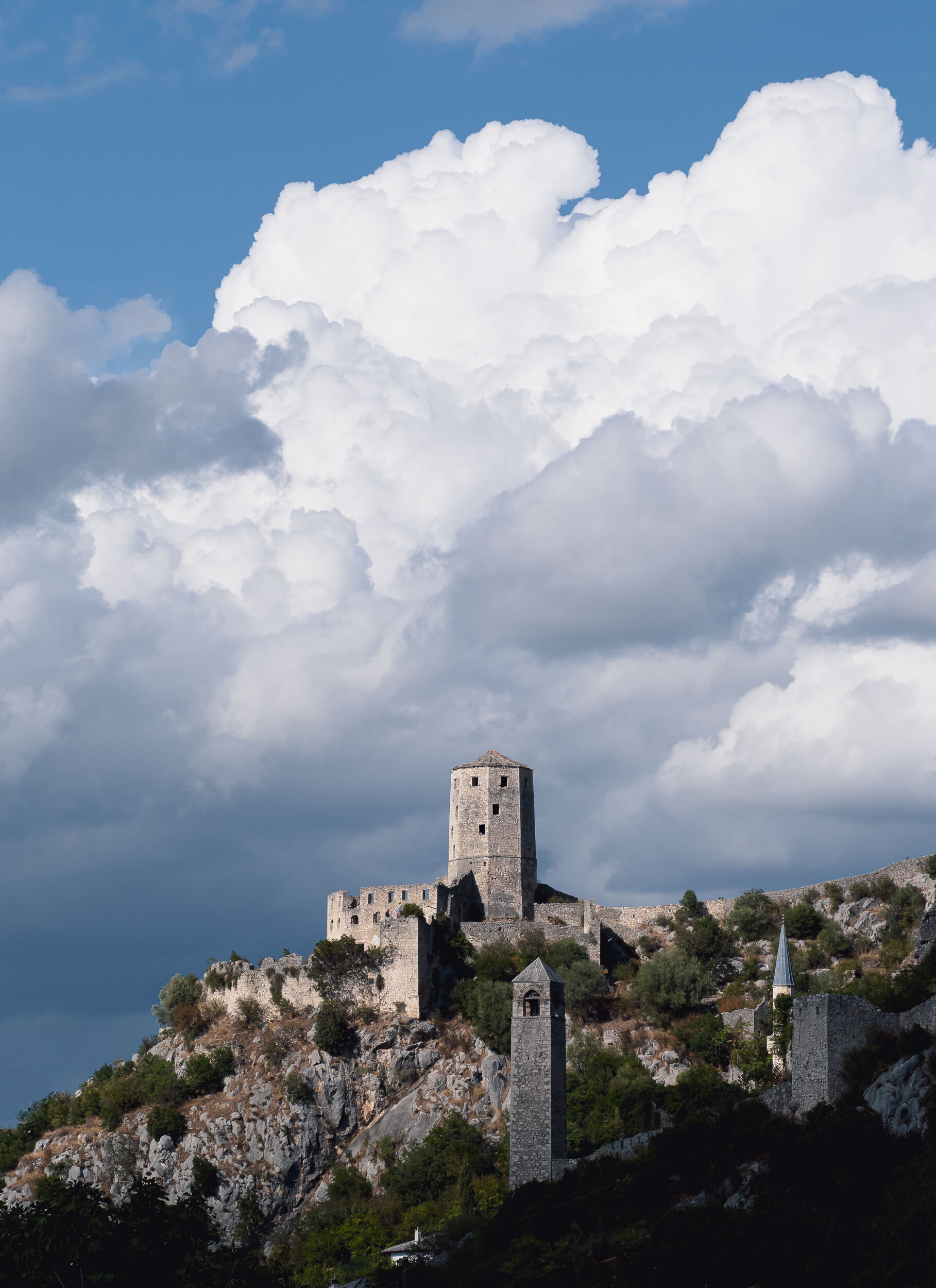
Fortress
Another beatiful spot on the way back towards Mostar, although I wasn't able to find its name anymore.
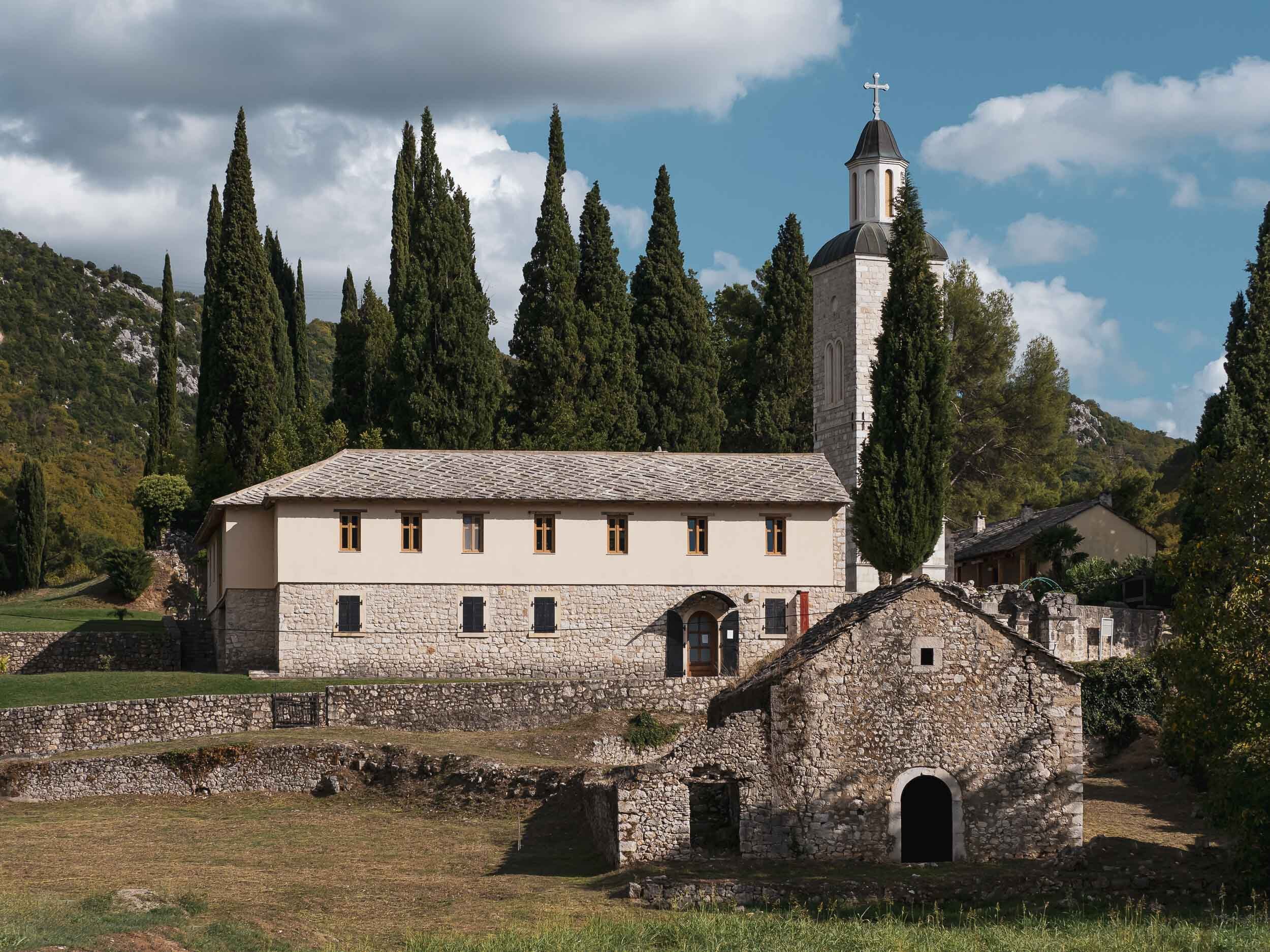
Žitomislići Monastery
A beautiful Serbian orthodox monastery on the way from Kravica to Mostar.
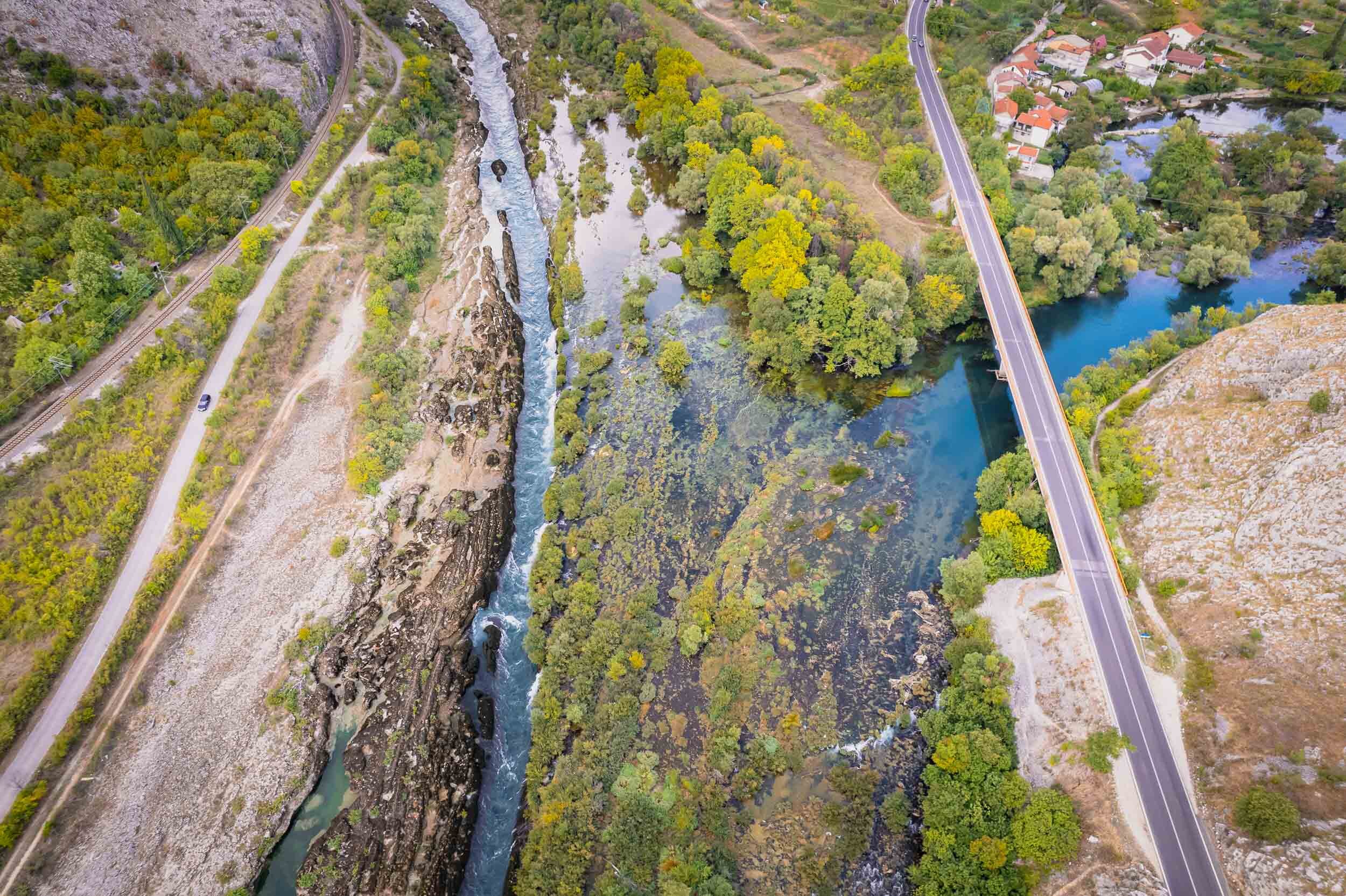
Colours of Nature
Our last stop before reaching Mostar was this amazing spot of natural beauty, thanks to an innocent Google Maps pin.
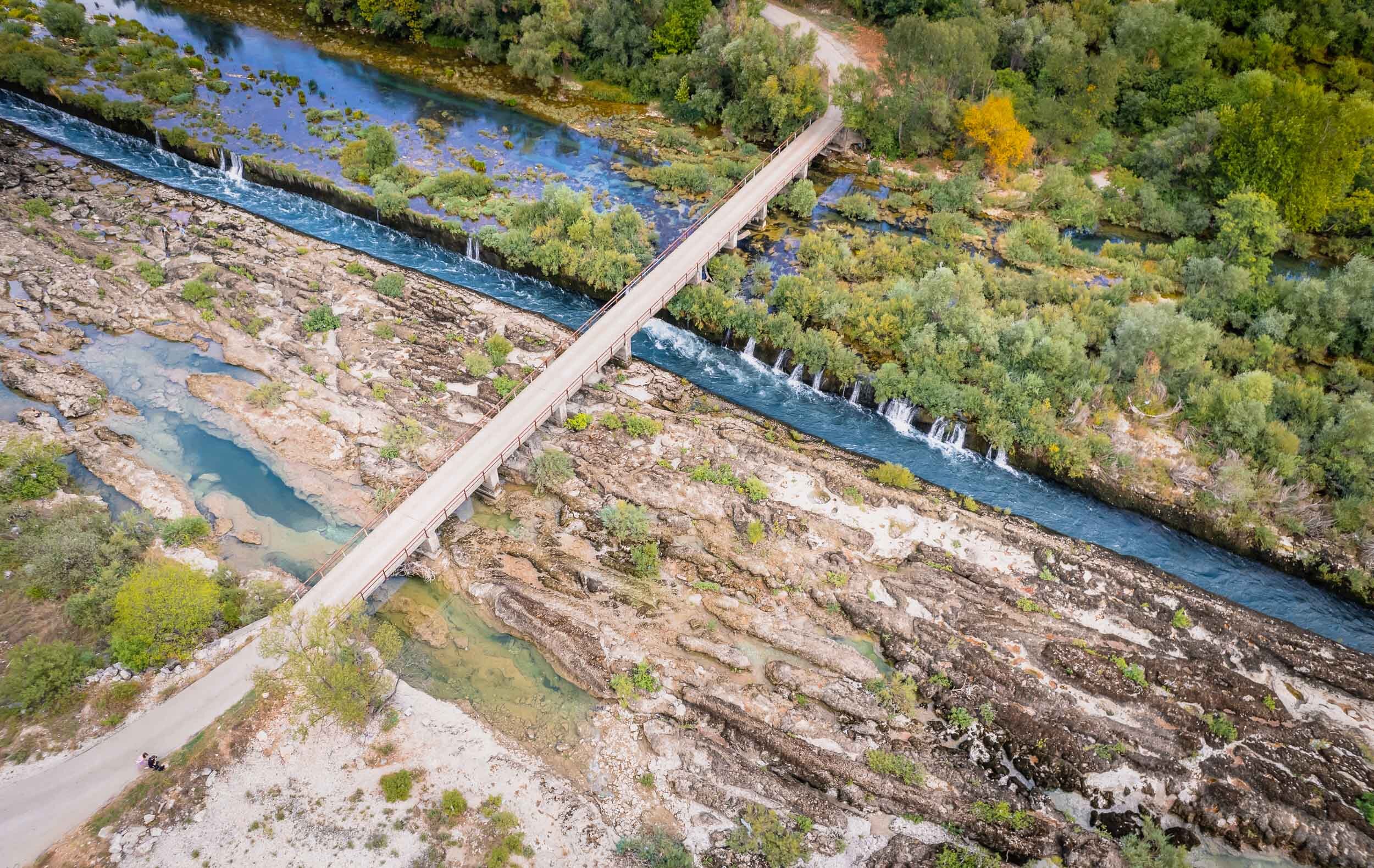
Waterfalls
These amazing cascading waterfalls along the Neretva were definitely a highlight.
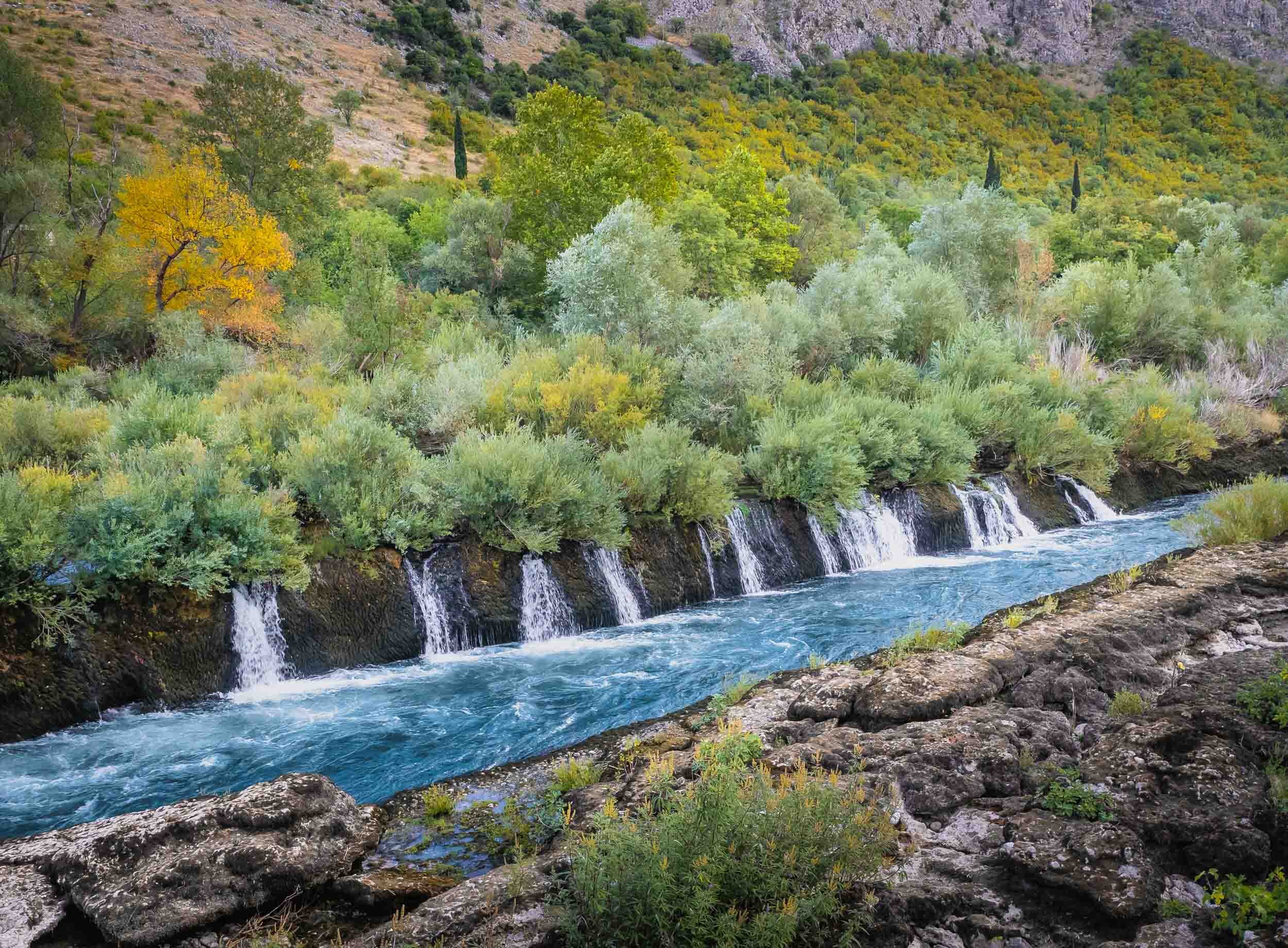
Close Up
While more impressive from the air, even the ground view was beauitful, although the flow of water was lower this time of the year.
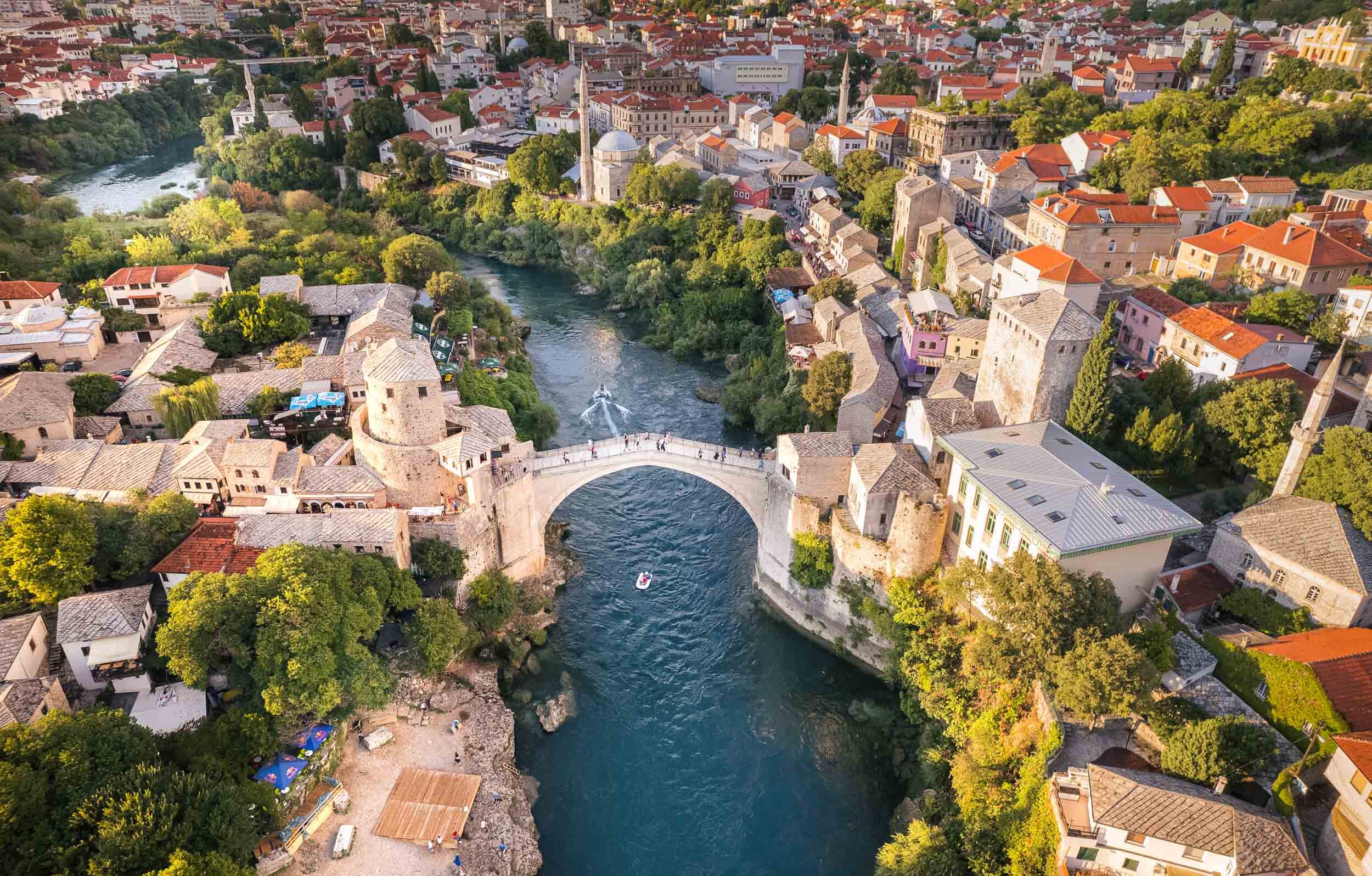
Mostar
Our next destination was Mostar, named after the bridge keepers (mostari) who in the medieval times guarded the Stari Most (Old Bridge) in the centre.
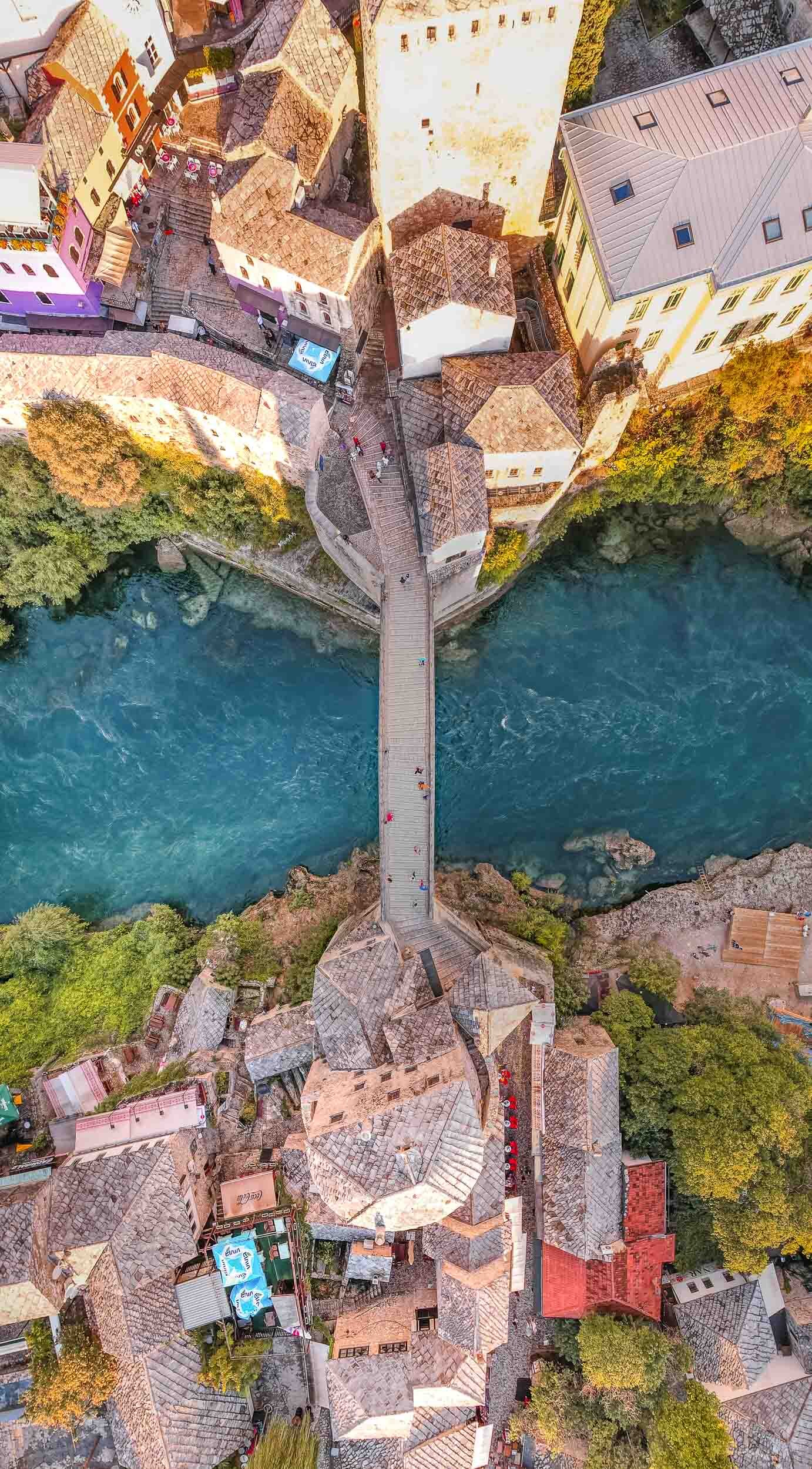
Old Bridge
The bridge was originally opened in 1566, but destroyed during the war in 1993 and then rebuilt from 2001 to 2004.
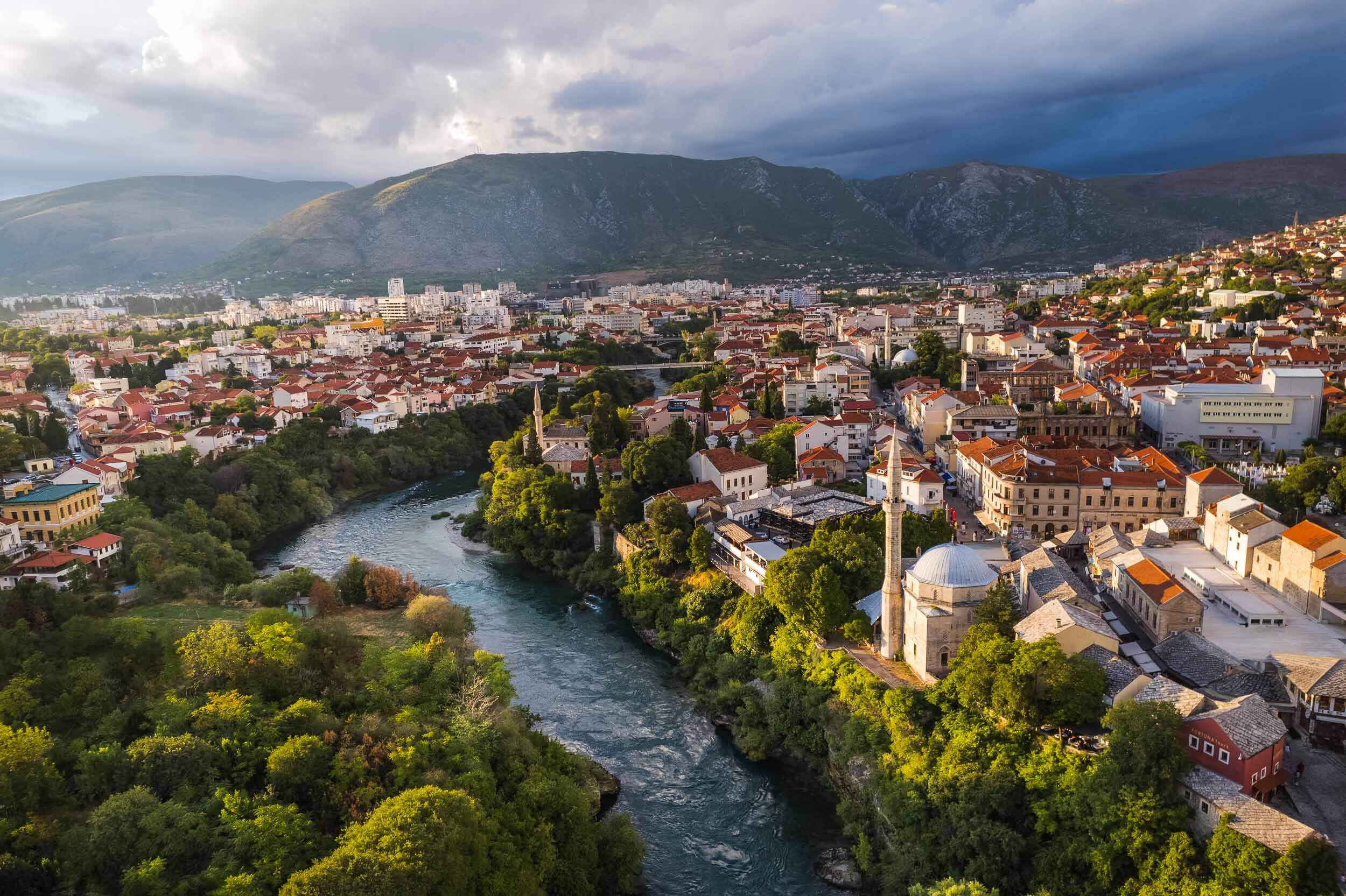
Looking North
A view towards the Old Town of Mostar on the right, with the Koski Mehmed pasa Mosque.

Old Town
The old town along the gorge of the Neretva river in the evening light.
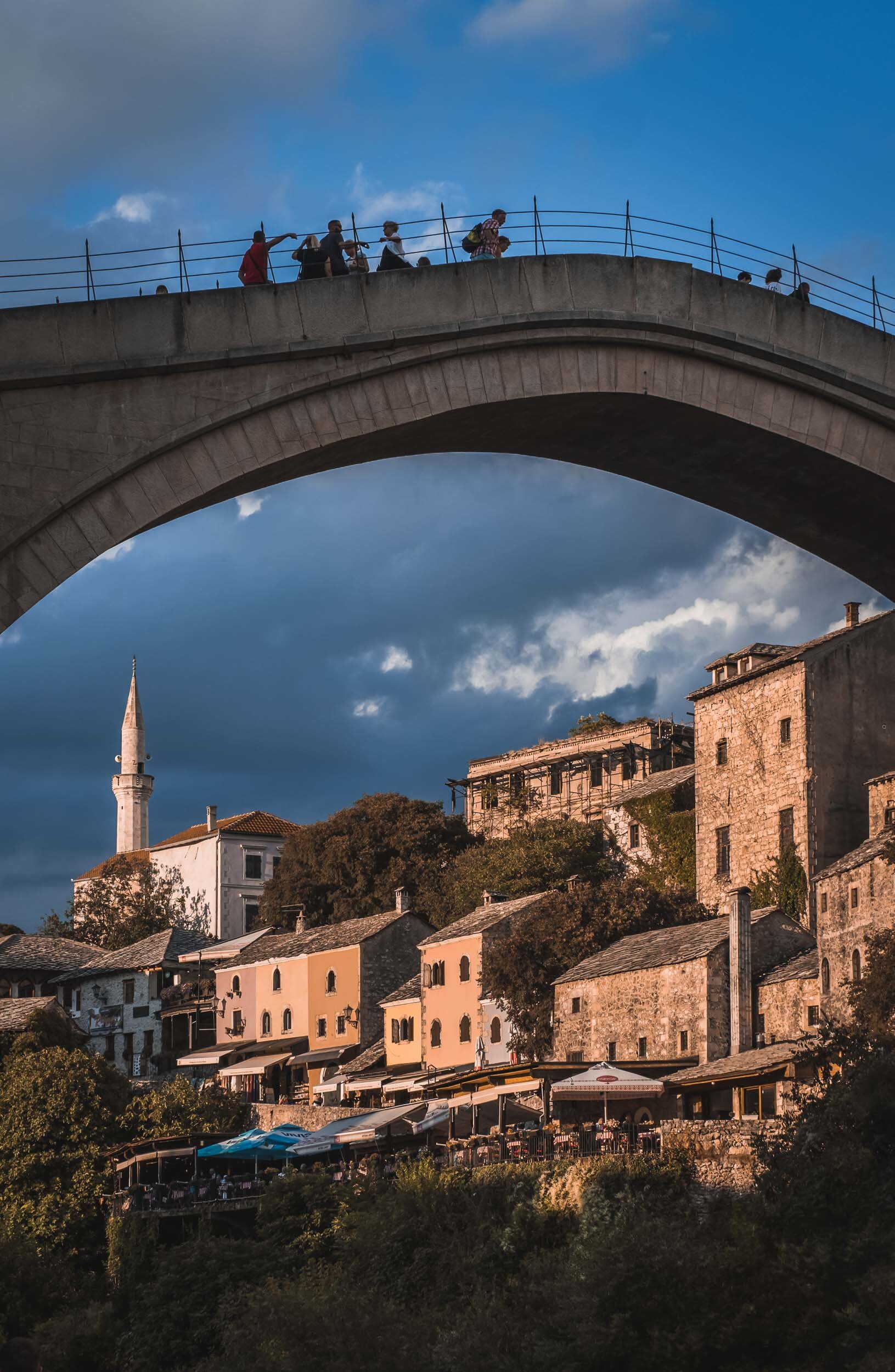
Below
A view from the sandbanks below the bridge.
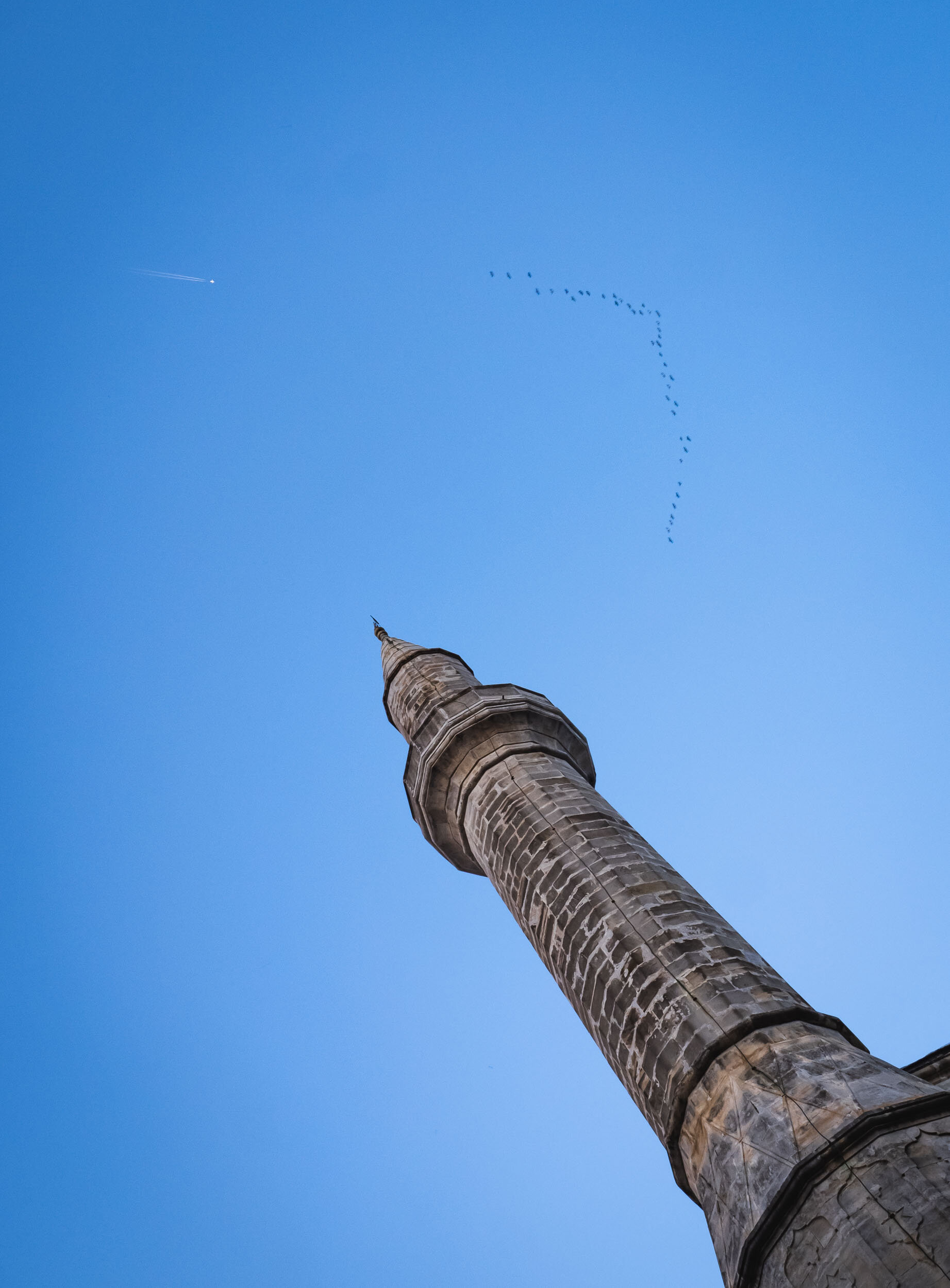
Birds & Planes
The minaret of Koski Mehmed pasa Mosque was built in 1617, and is open for visitors.

Interior
The inside of the mosque.
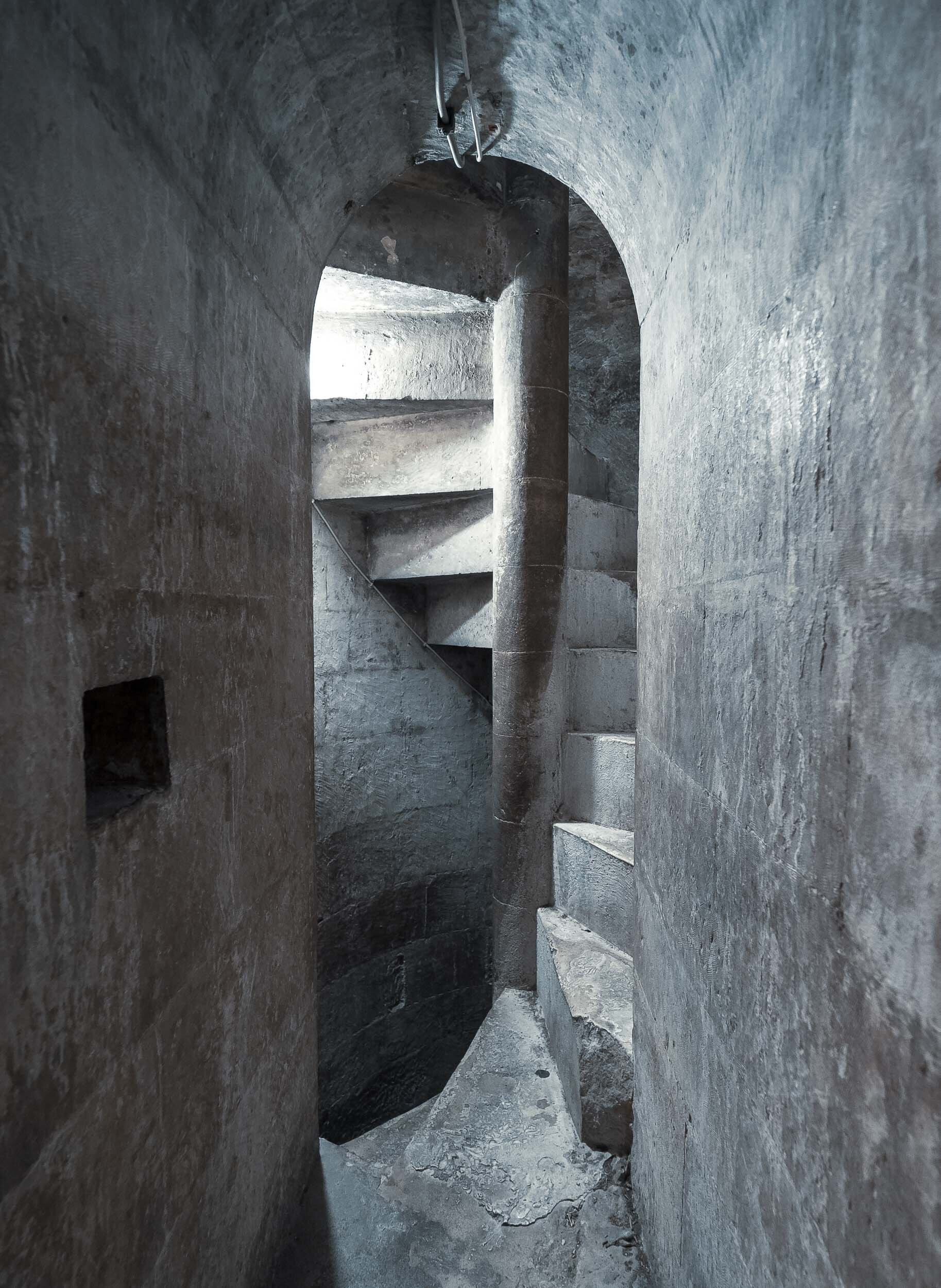
Minaret
It's also possible to walk up the Minaret tower, although I didn't - not sure why in fact.
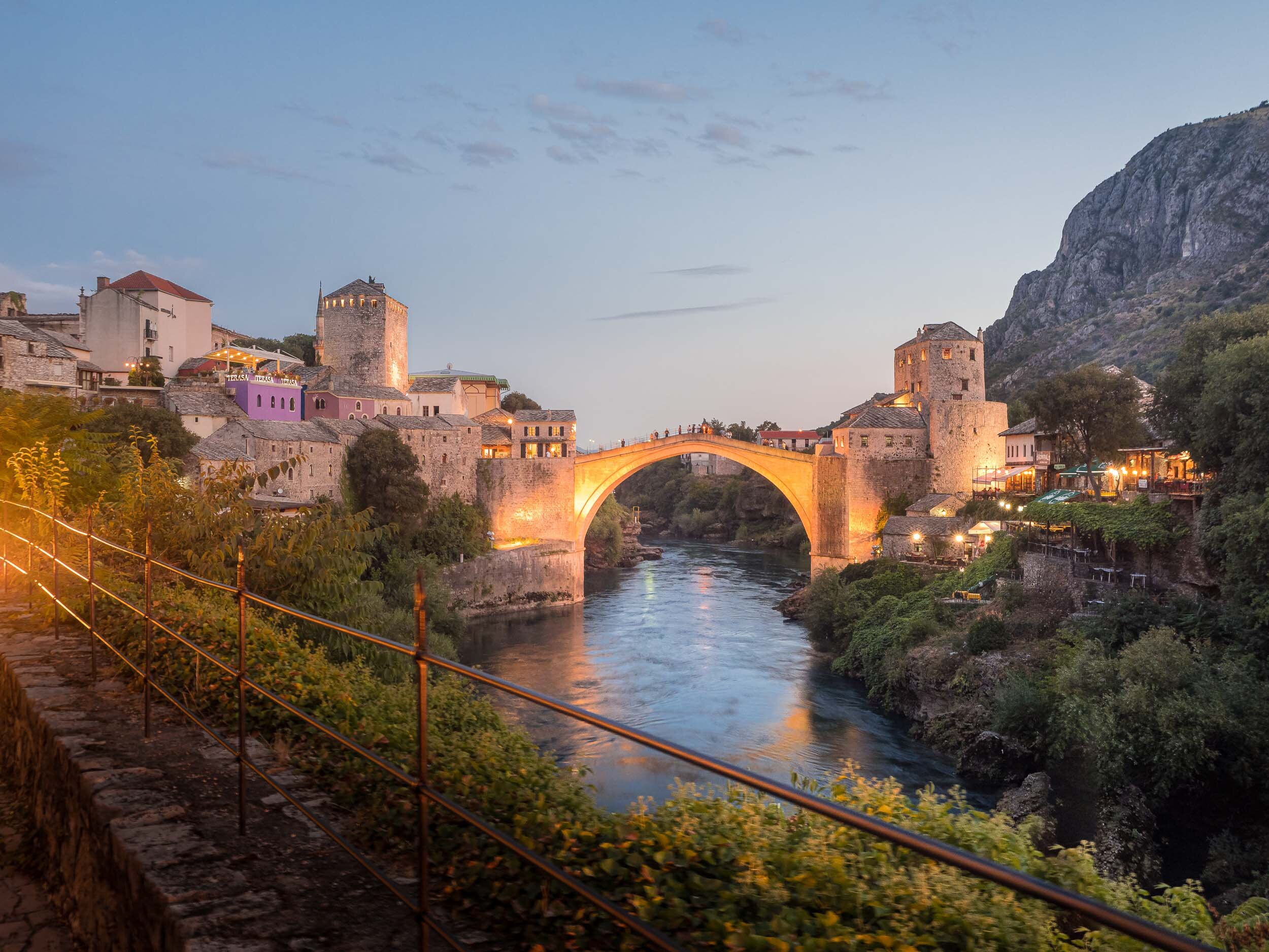
Stari Most
The bridge seen from the gardens of the mosque at dusk.
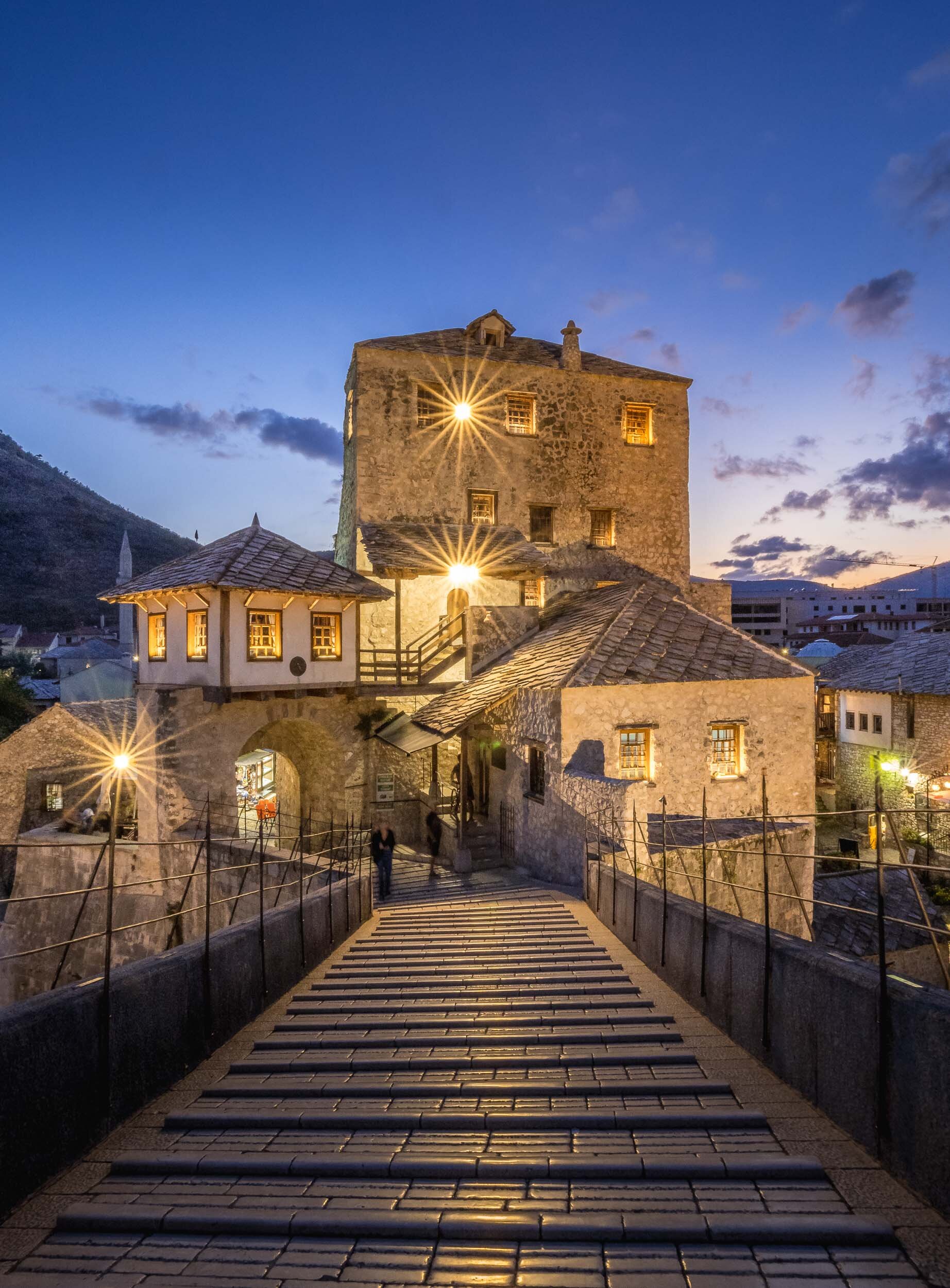
Tara Tower
The western tower seen from the bridge, one of the two "bridge keepers"

City Lights
A photo into the small gorge with its many restaurants taken from the crooked bridge, which was actually destroyed during a flood in 2000 but re-built a year later.

Vibes
The evening was spent listen to some beautful music at the Mostar Blues & Rock festival.

Bruce Lee
Yes, there's a Bruce Lee statue in Mostar, and of course we had to find it. Read the Wikipedia article for the hilarious story...
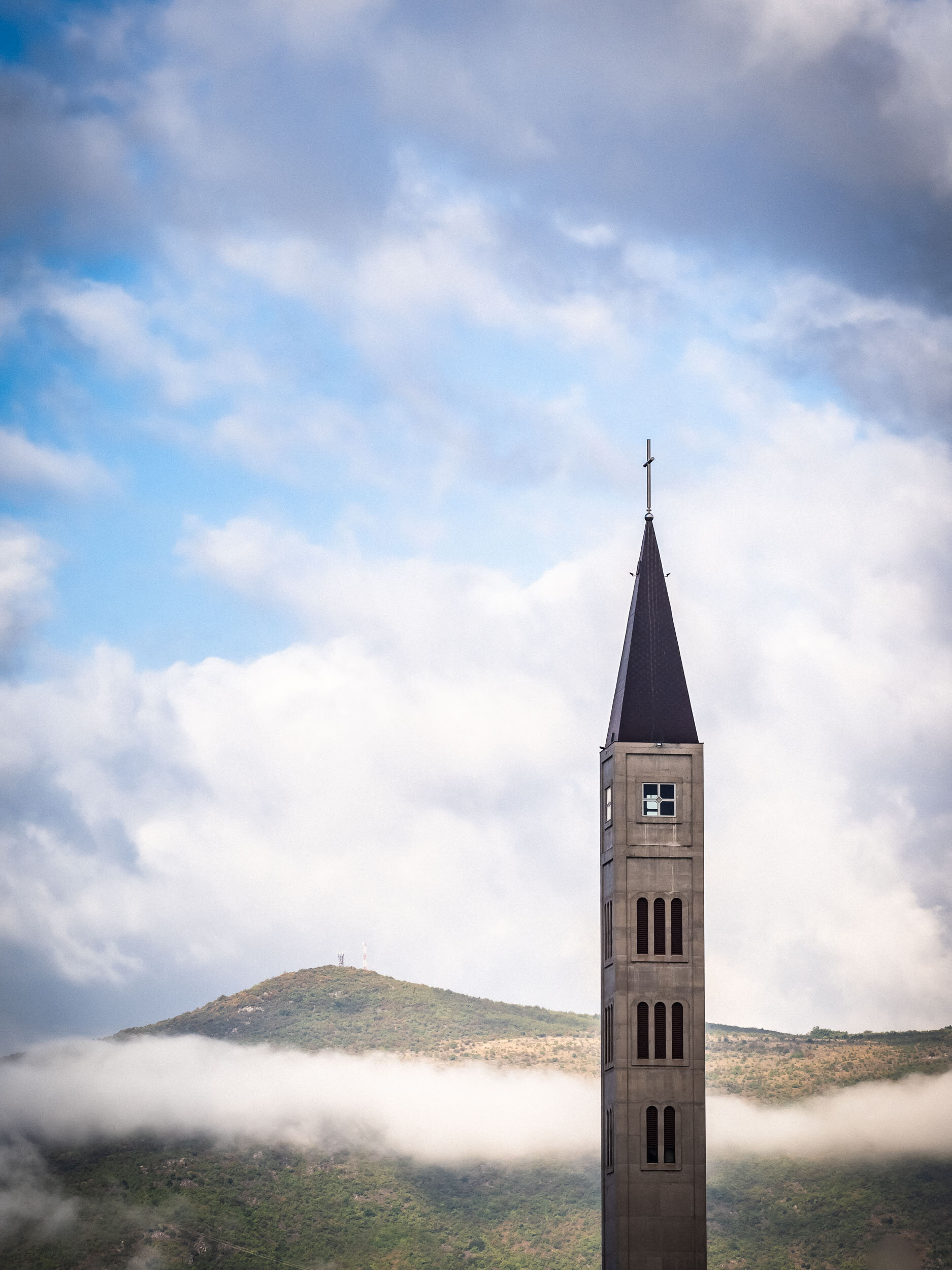
Mostar Peace Bell Tower
The tallest church tower in Mostar offers panoramic views of the city, although I didn't manage to go up this time.

The Crooked Bridge
This small bridge was built before 1558 and is thus ironically older than the Old Bridge. It is said that this small bridge was a prototype for the larger and more famous version.
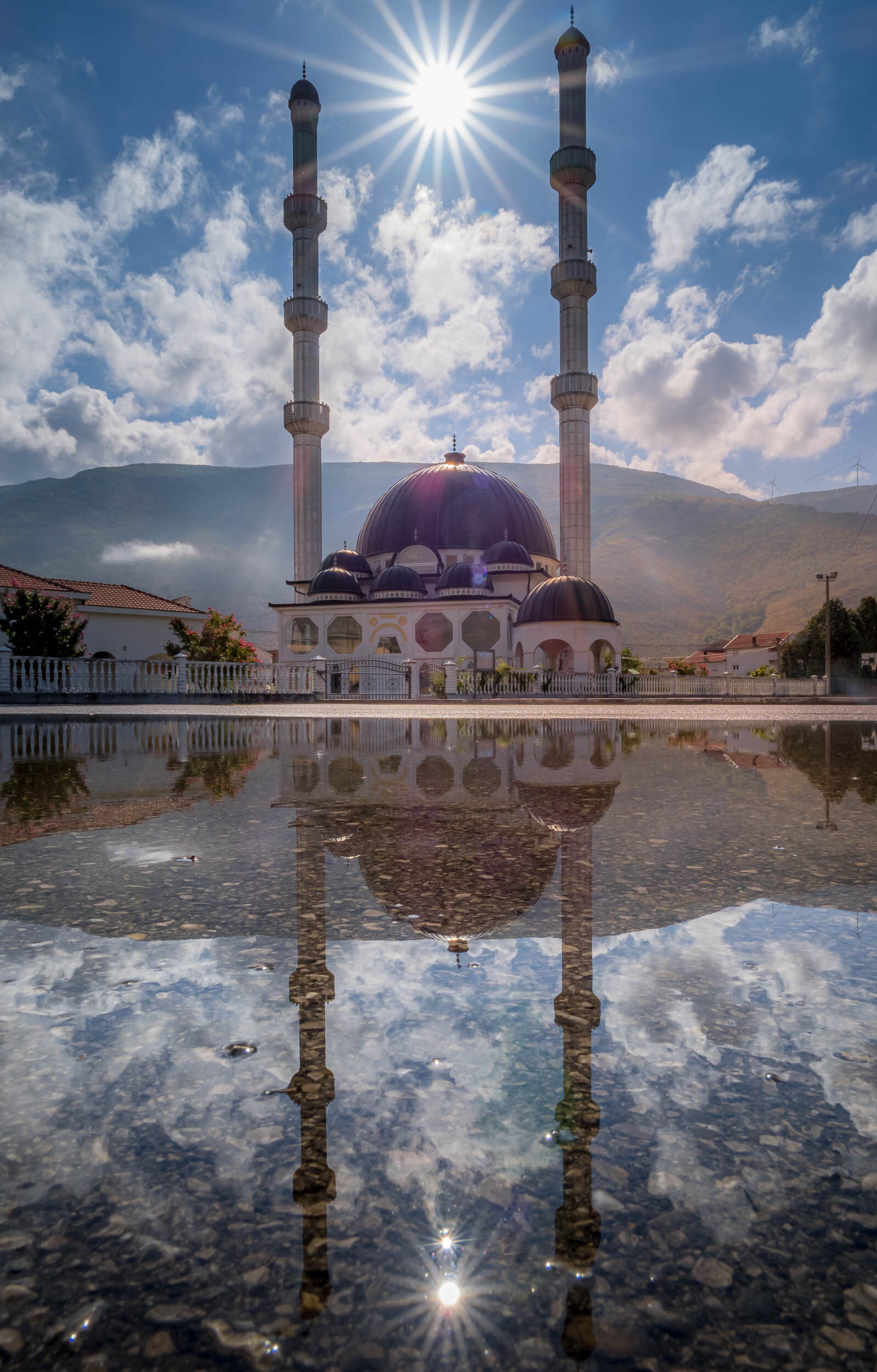
Vrapcici Mosque
A mosque outside Mostar, one of our first steps on the way back to Sarajevo.

Landscapes
Another beautiful Bosnian landscape, where a small part of the Neretva splits off to one side.
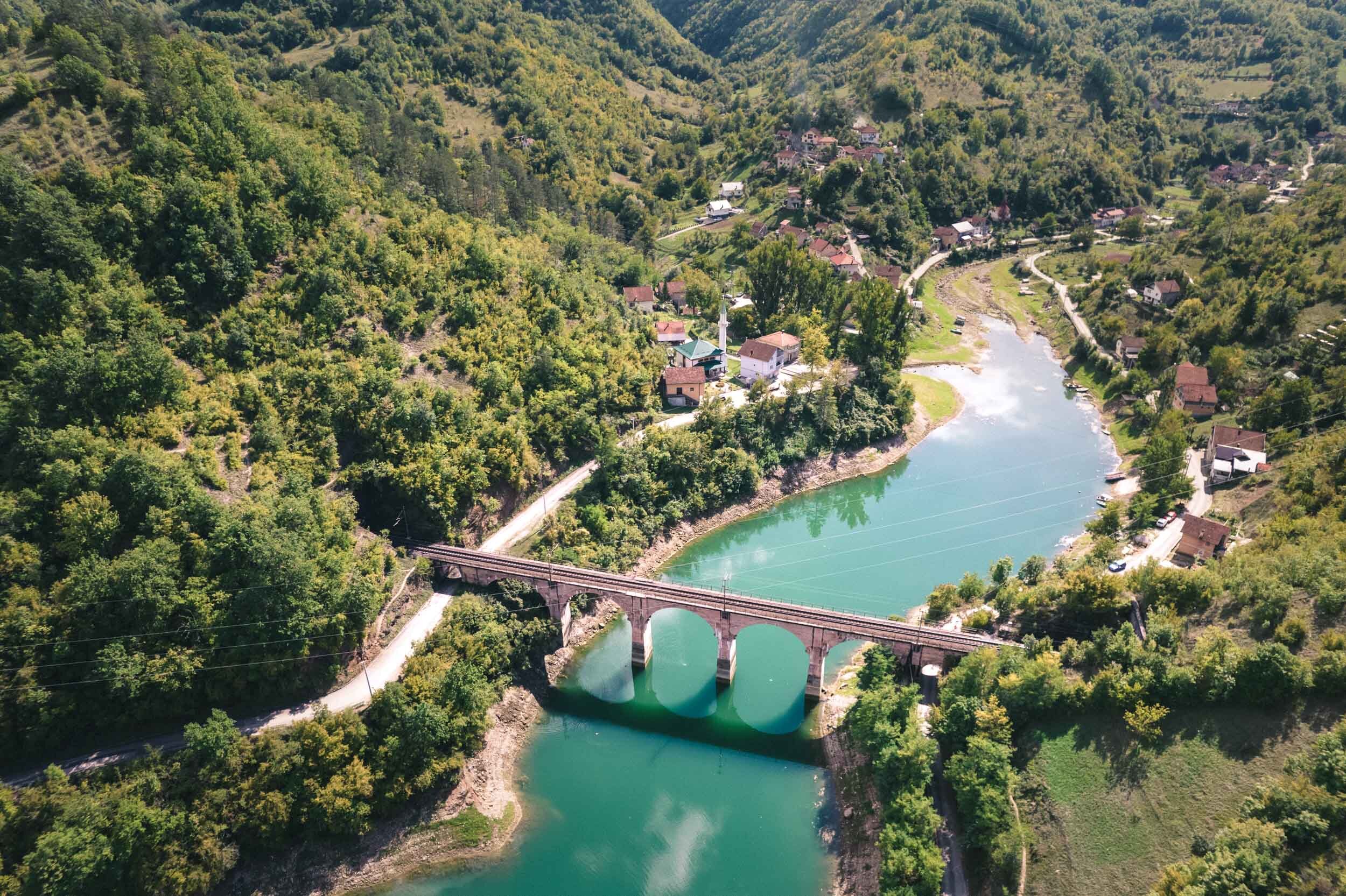
Village Vibes
You might recognise this bridge from earlier. I was keen to get a shot of this little bridge with a train, but was not lucky enough despite being there for an hour.

Reflections
Where the Neretva splits with the Ravancica we found this spot offering amazing reflections in the calm waters.
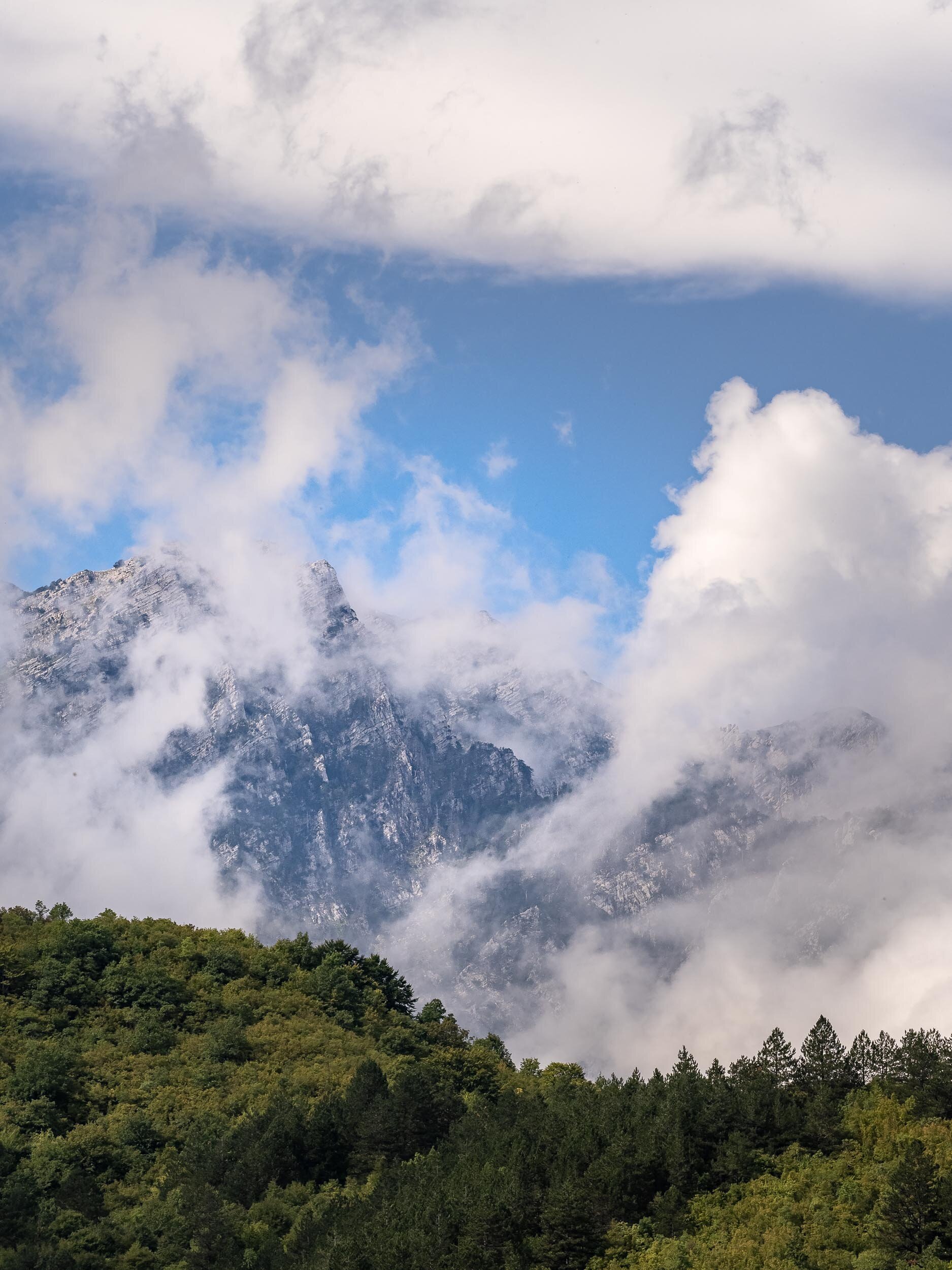
Favourites
Cloud covered mountains - can't get enough of that.
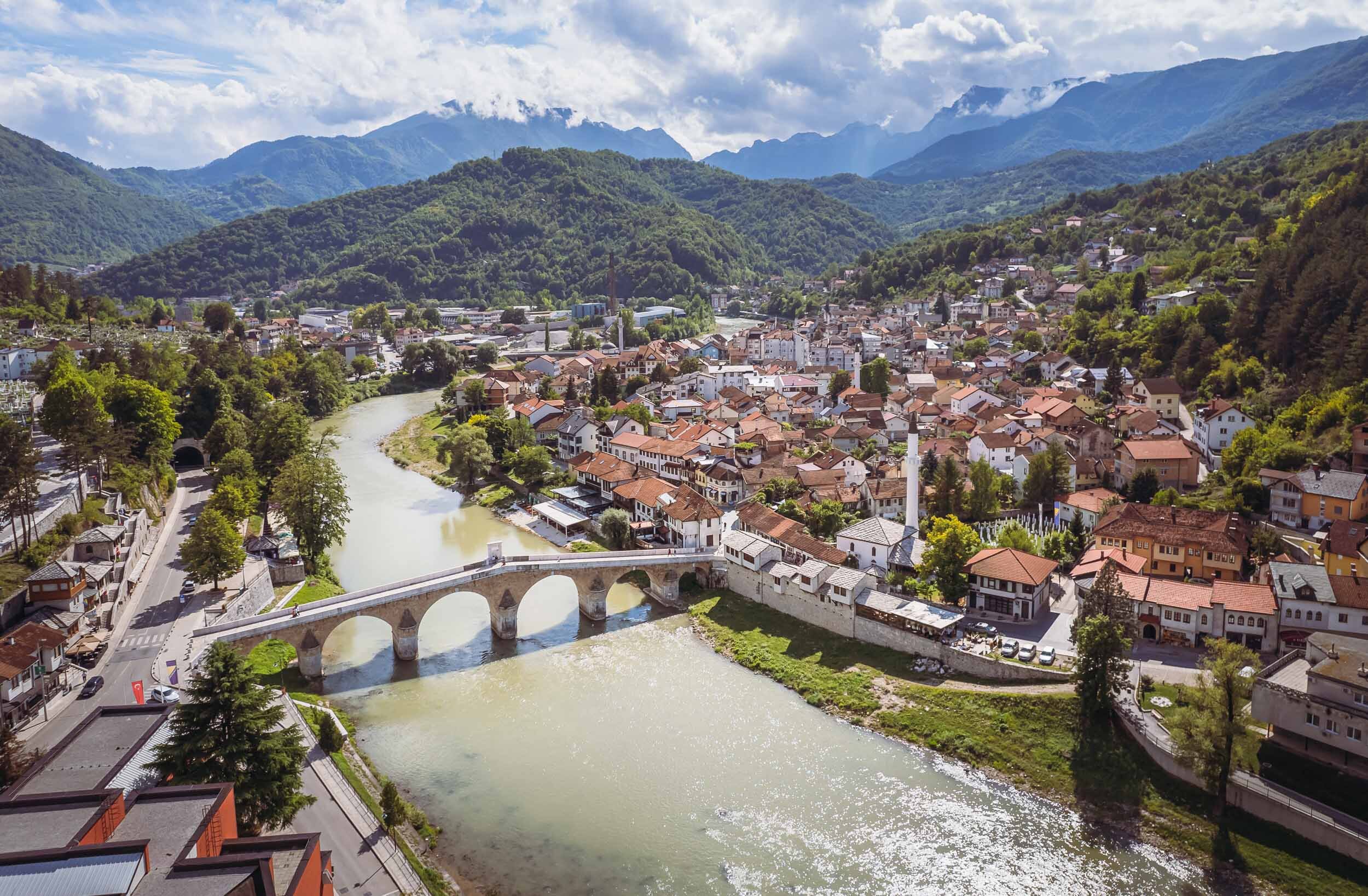
Konjic
The next city on the way back to Sarajevo was Konjic, with another famous bridge, the Old Stone Bridge from 1682. It was also destroyed - during the second world war - and rebuilt in 2009.

Bridge near Jablanica
Another interesting bridge story - this one was first destroyed as a ruse, then during an acutal attack, and finally for a movie. Its remains are visible here near the memorial complex for the Battle of the Neretva.
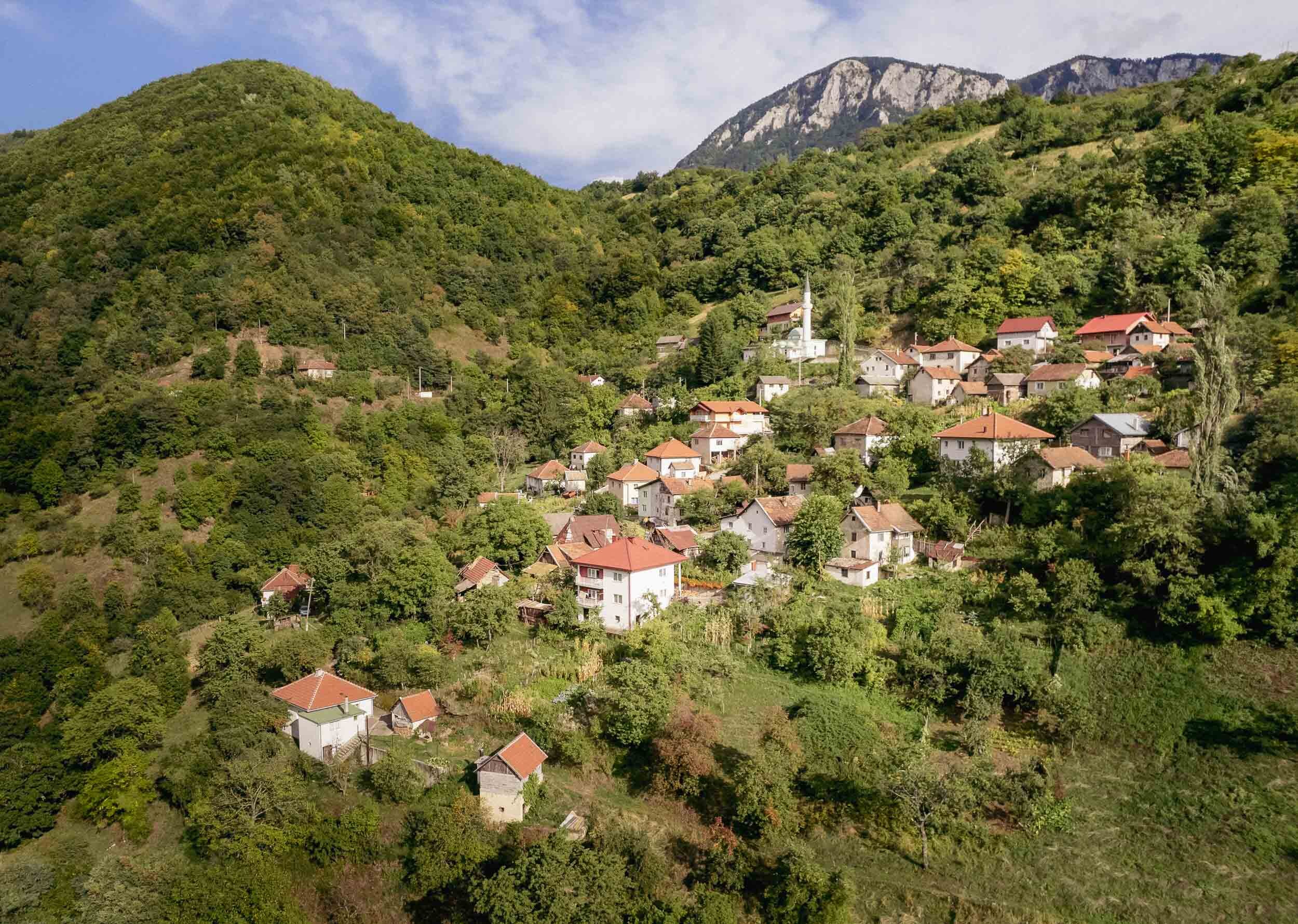
Mointain Villages
A small village in the mountains near Sarajevo.

Train
Another spot where I was hoping for a train to pass (which runs from Sarajevo to Mostar) but wasn't lucky.

Railway Bridge
This bridge leads into the tunnel on the earlier photo.

Cable Car
Back in Mostar we took the cable car up to the Trebevic area, which harbous a few amazing secrets...

Bobsleigh Track
But even more interestingly, the remains of the bobsleigh track of the 1984 Winter Olympics, the outline of which is visible in this aerial shot.
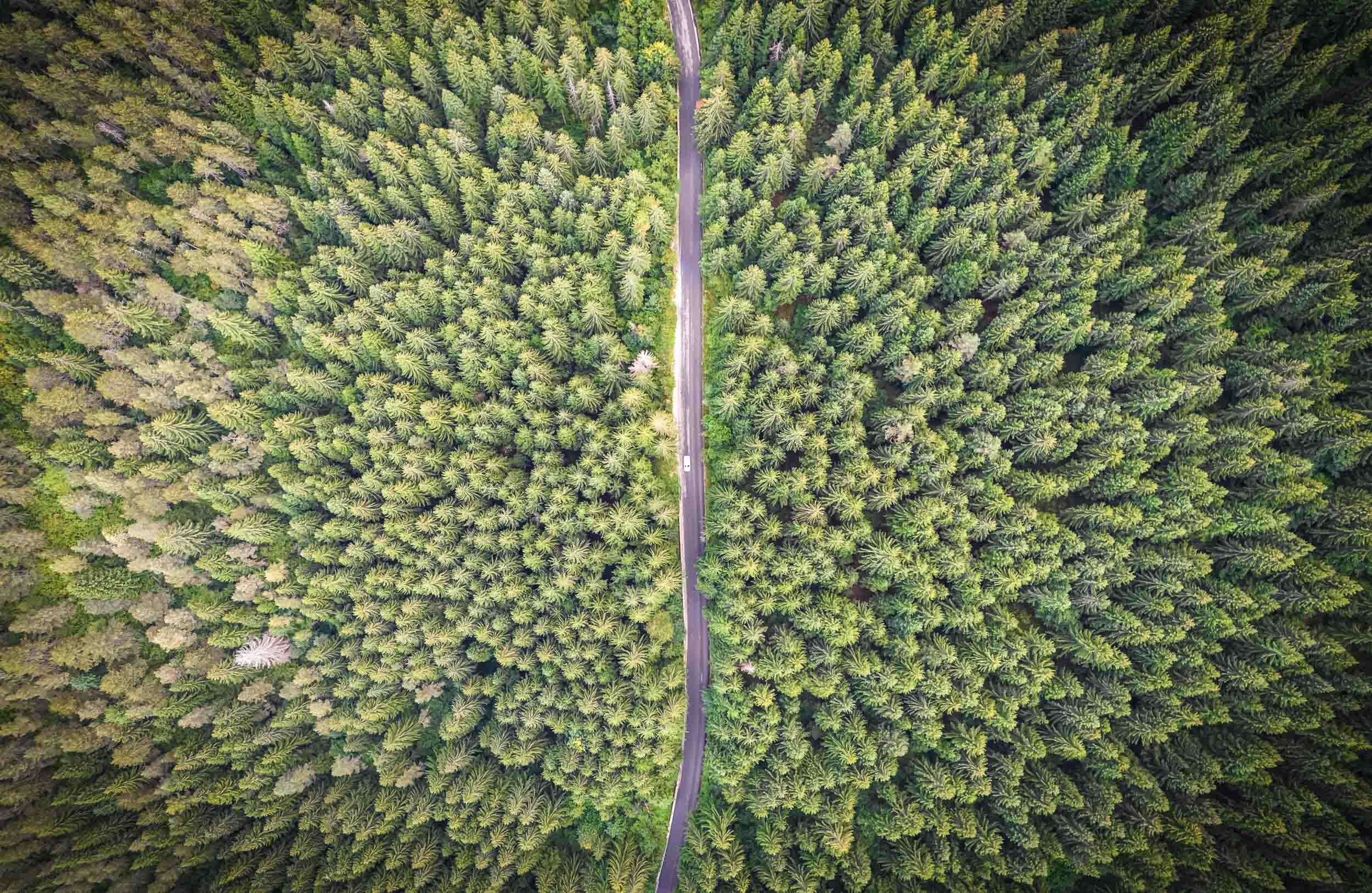
Forest Views
For one thing, the amazingly dense forests of coniferous trees.
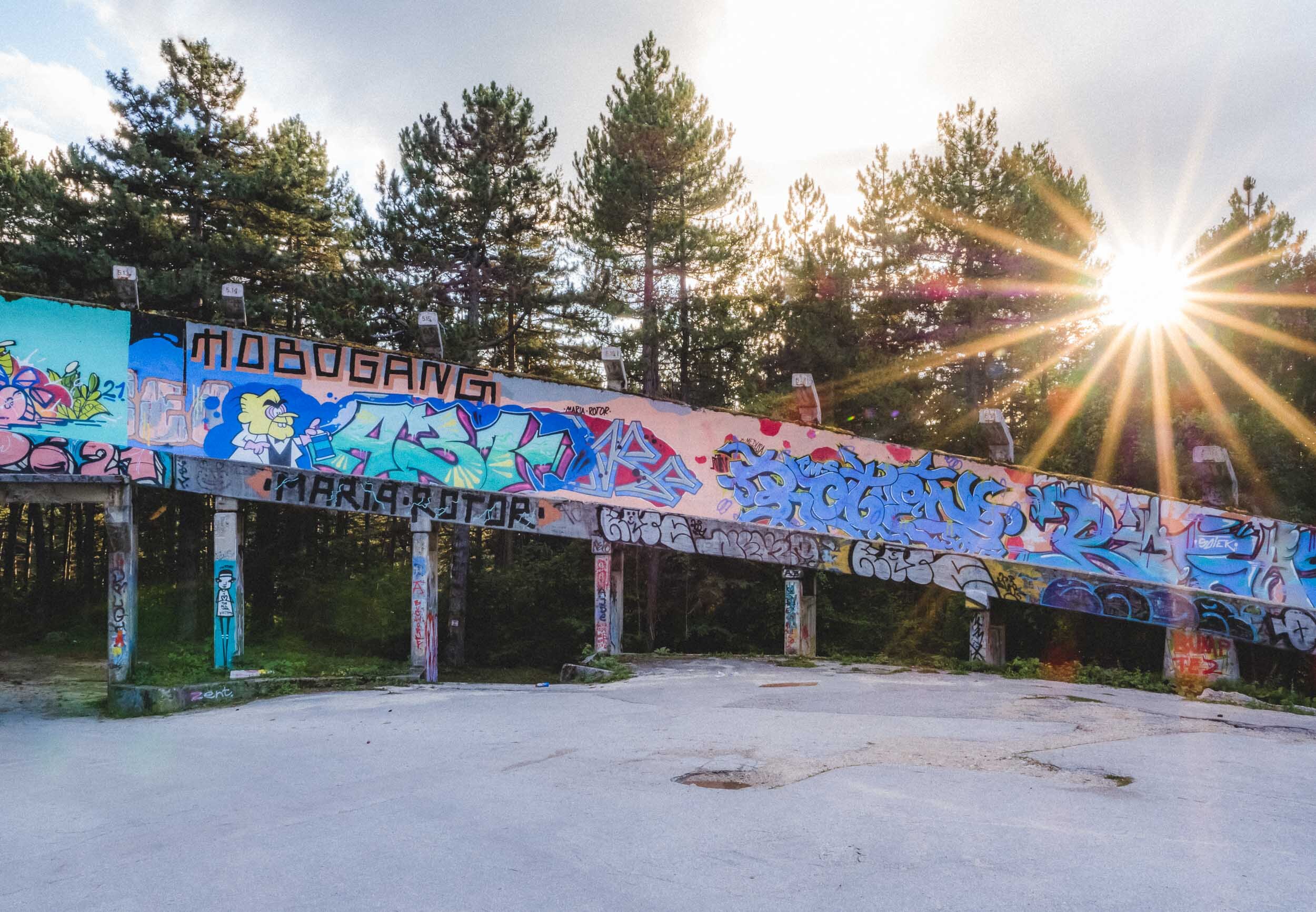
Ruins
During the war, the track was used as an artillery position by Bosnian Serb forces and fell in disrepair, although most of it is intact, leaving aside the many war wounds...
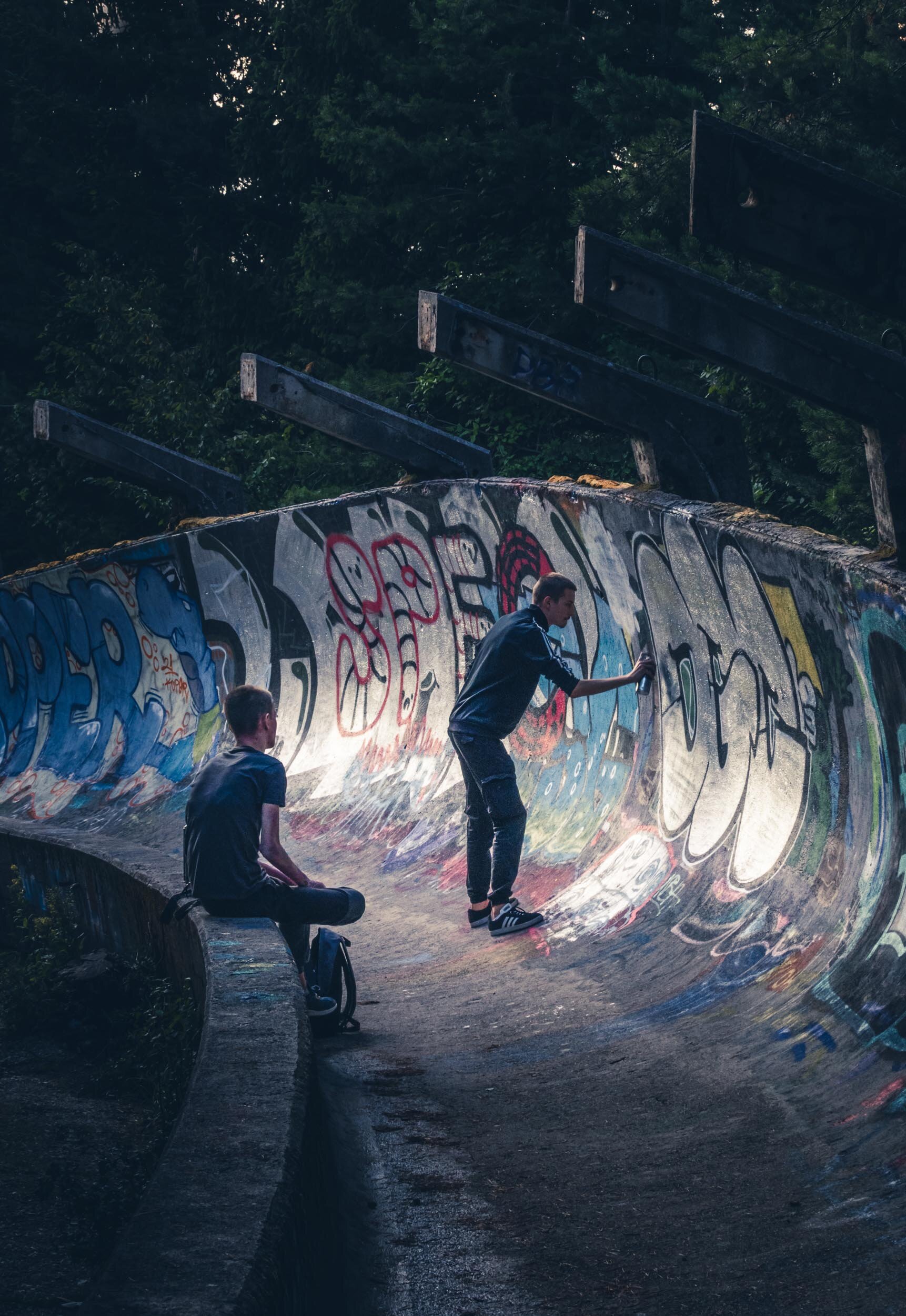
Restoration
There were plans to restore the track after extensive demining, however as of today the only work on the track is done by Graffiti artists.

Track Views
Walking along the track is a very strange feeling, to imagine this was once an Olympic site, and then a defensive wall during the war.
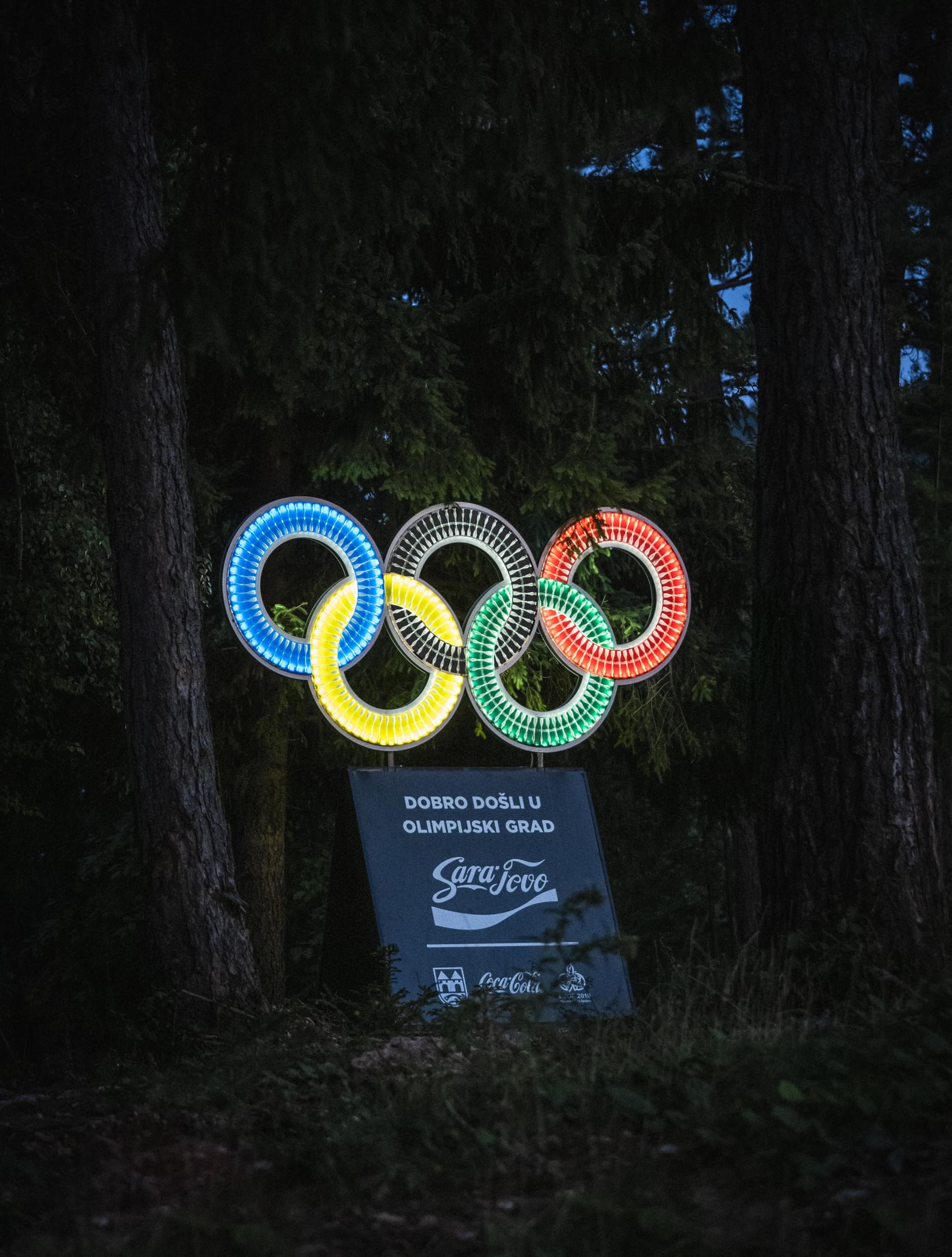
1984
The odd reference to the Olymics is still visible around the city, such as this one close to the upper cable car station.
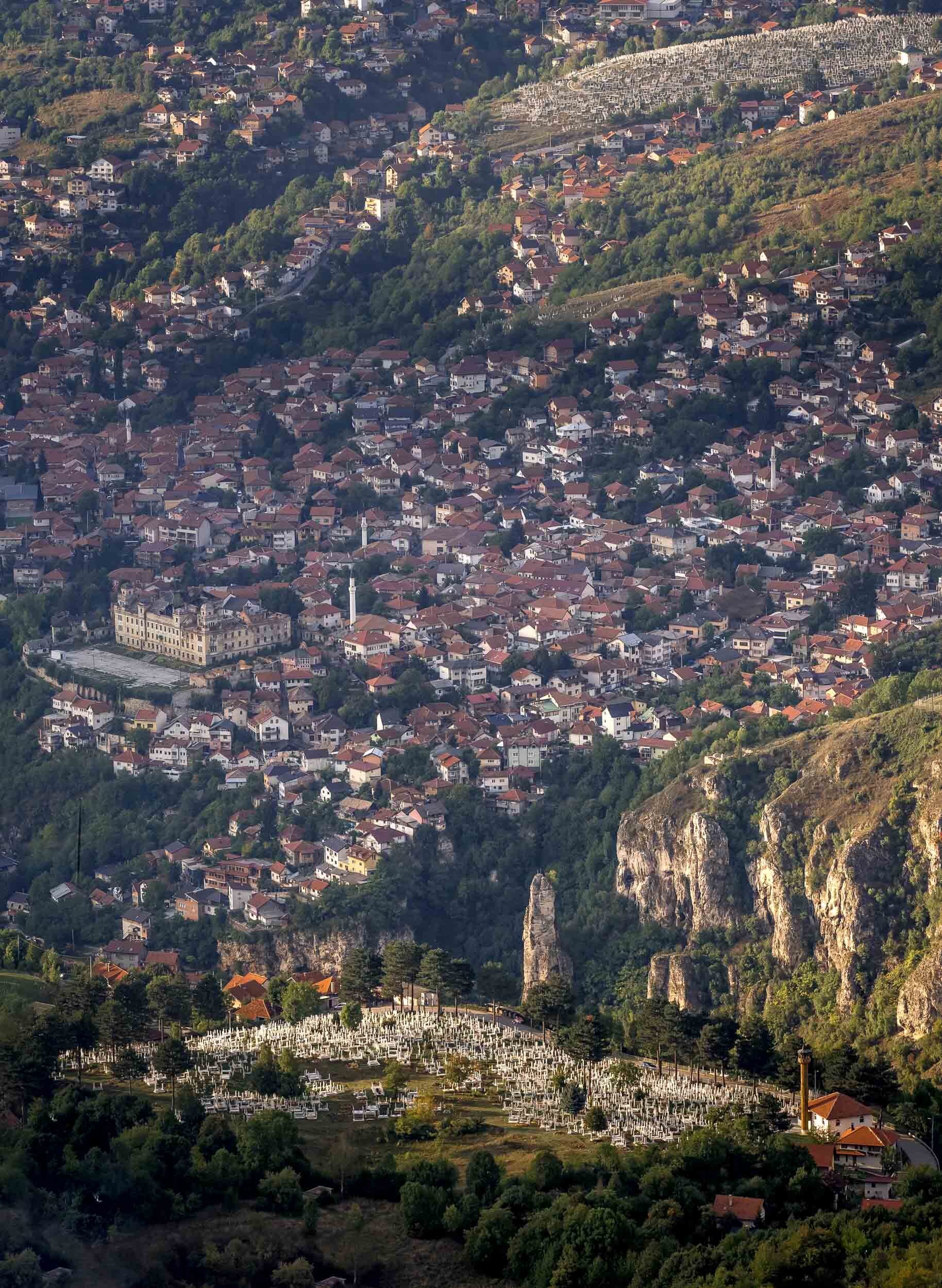
City Views
Of course you also get beautiful city views from Trebevic, such as Alifakovac cemetery in the foreground here.
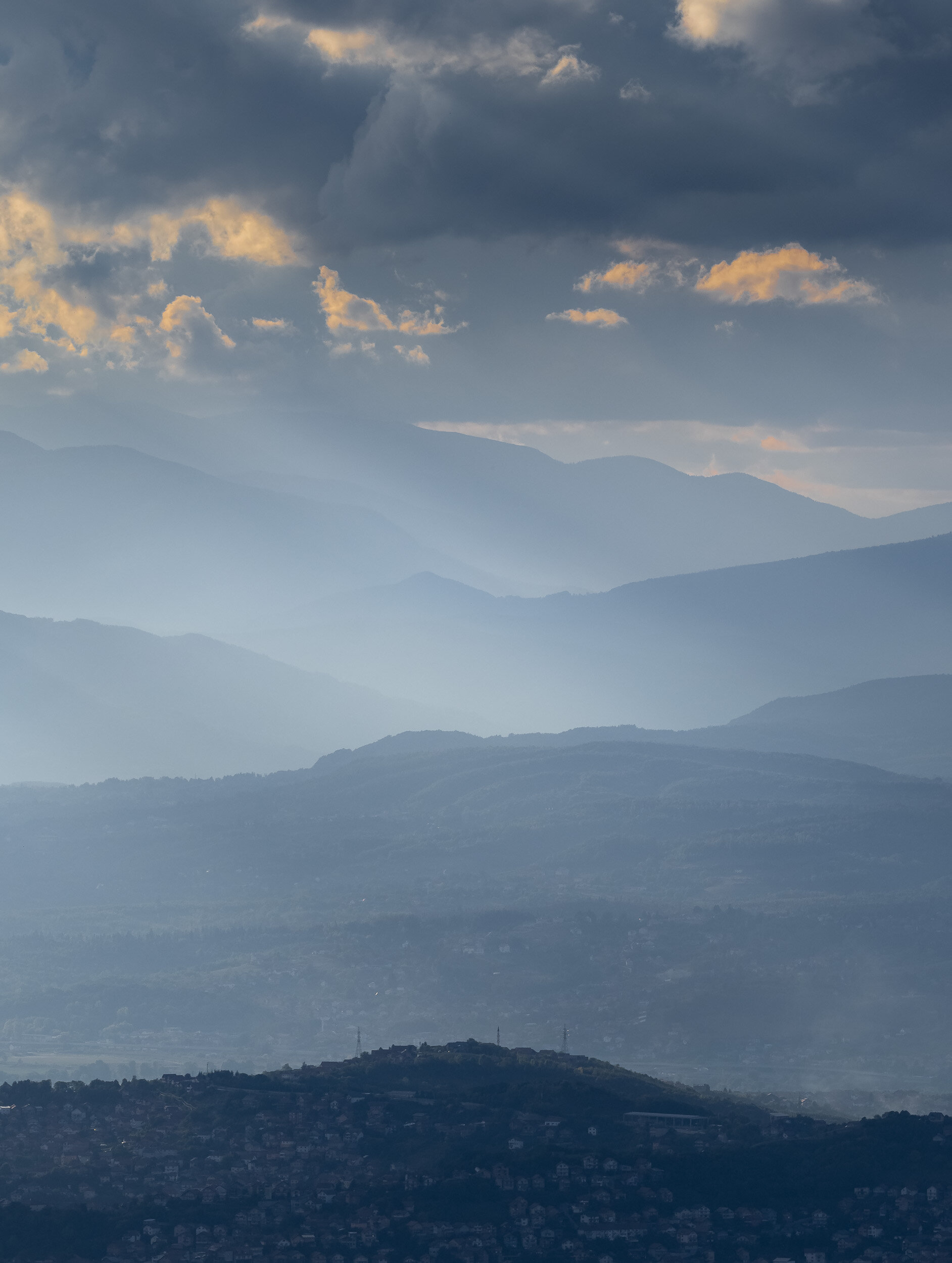
Layers
The view towards the north brings with it some beautiful mountain layers
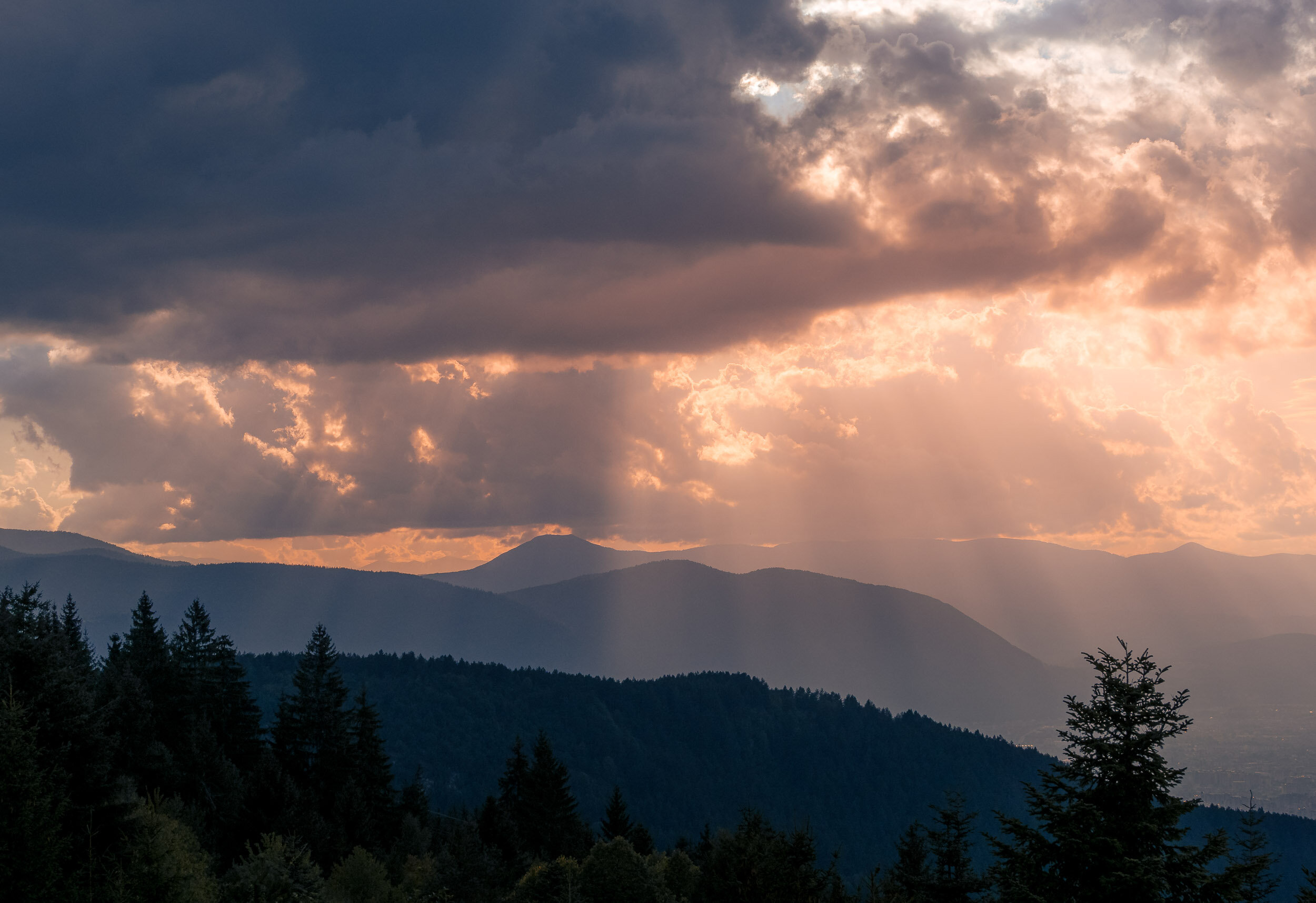
Rays
Another view towards the mountain ranges surrounding the city during sunset.
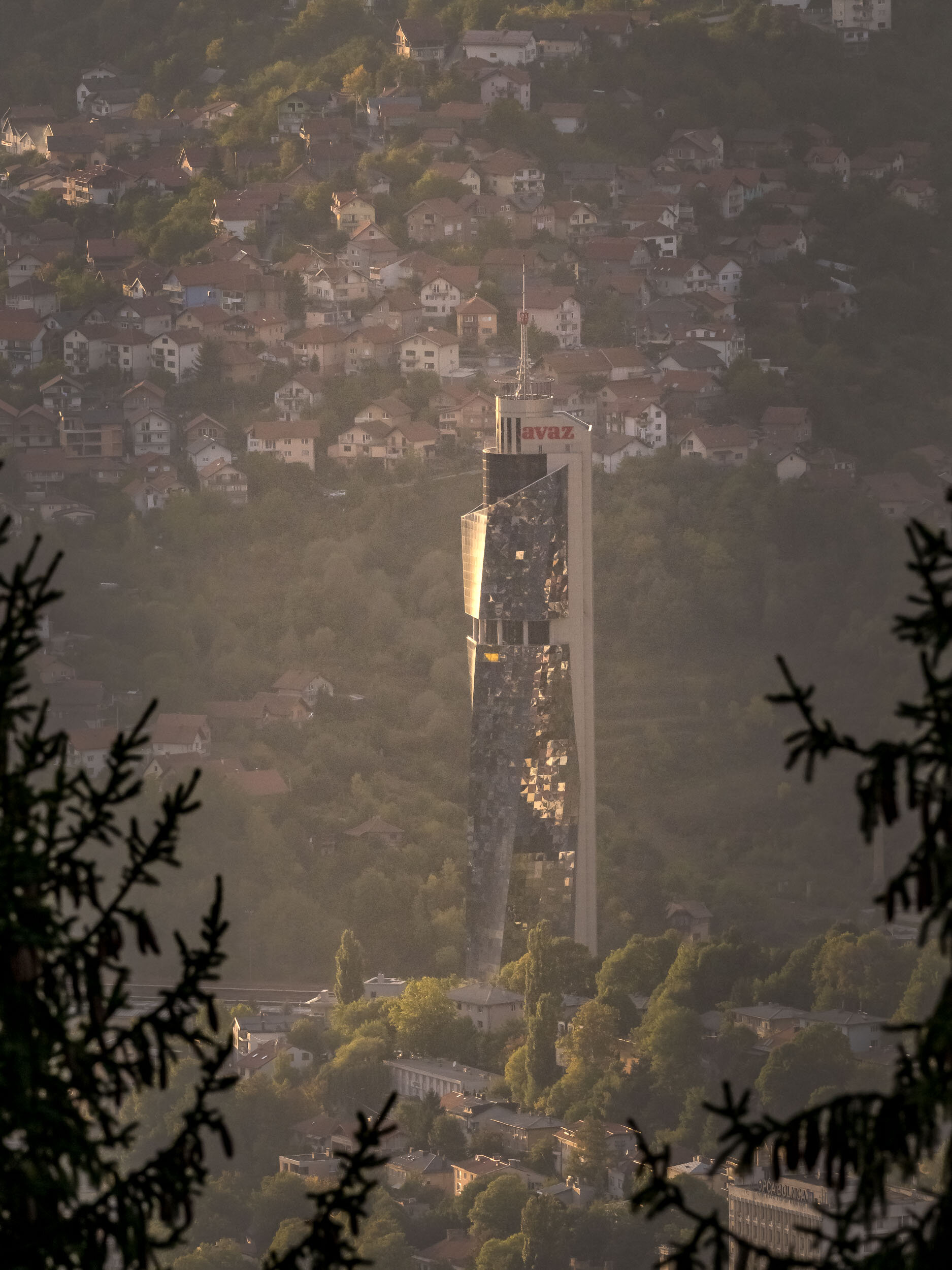
Avaz Twist Tower
Sarajevo's most famous skyscraper is this 172m tall building featuring a twisting facade, which opened in 2008.
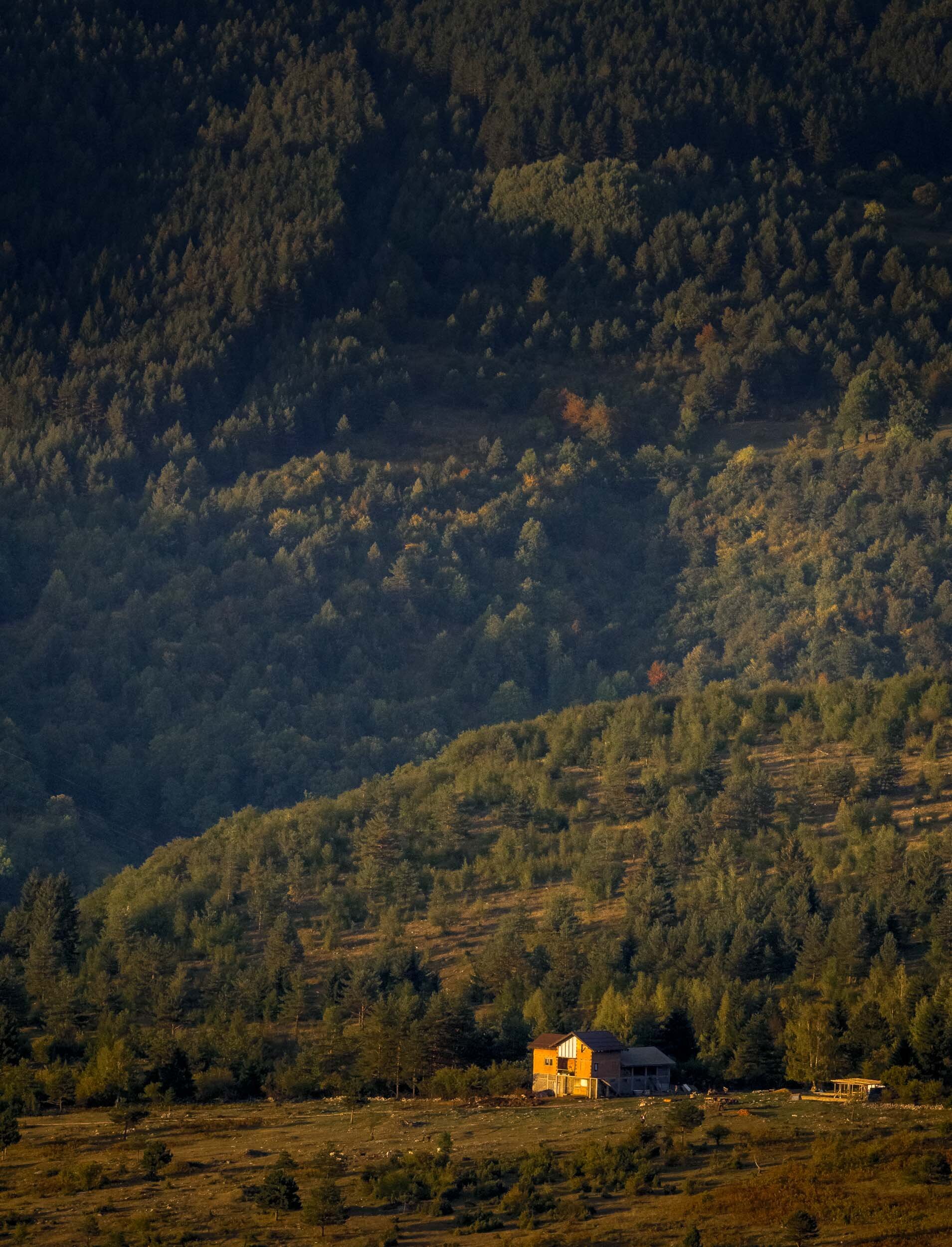
Lonely
A small house being built on the slopes of a nearby hill.
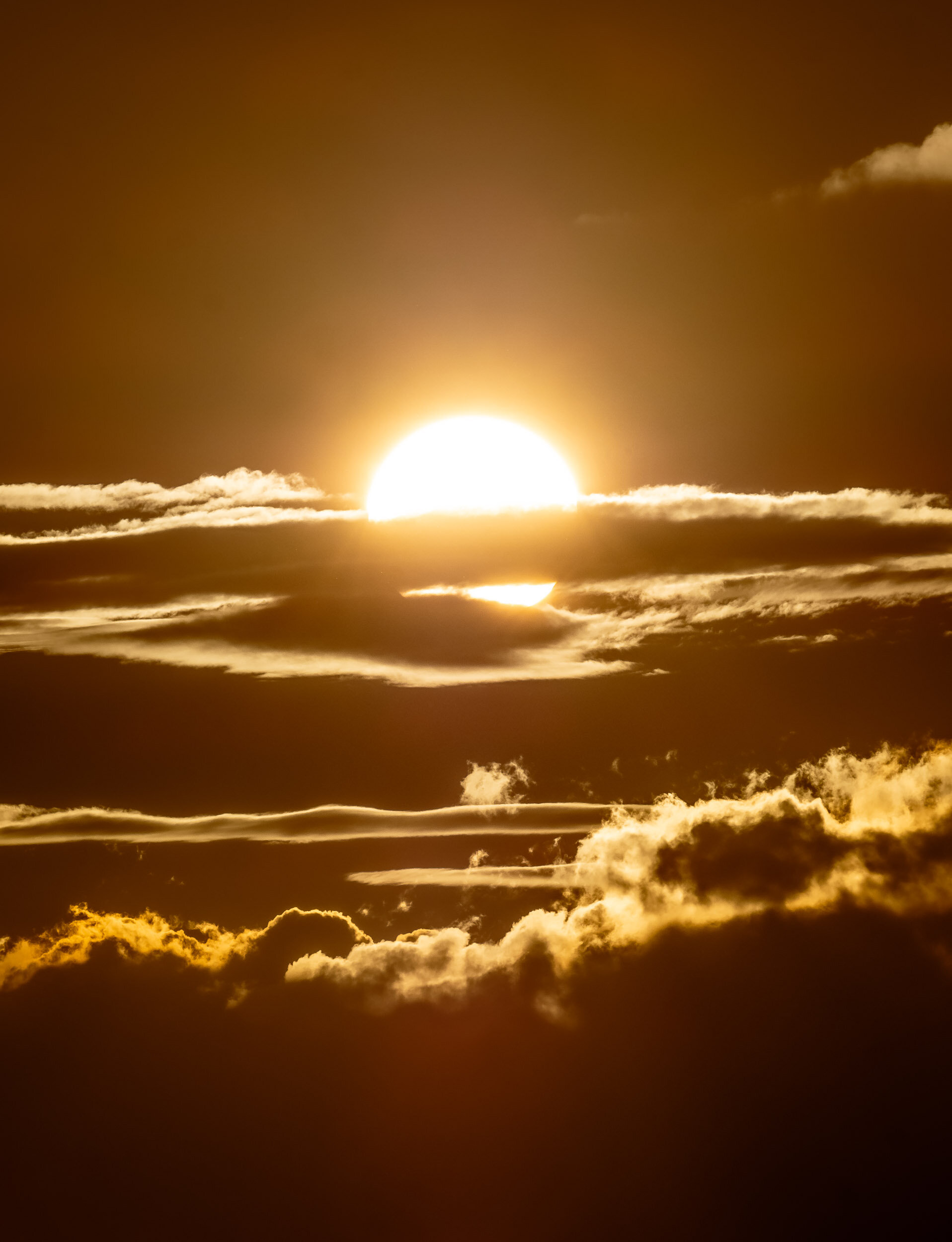
Sunset
It was a beautiful sunset that evening, with a few stratus clouds wrapping around the sun.
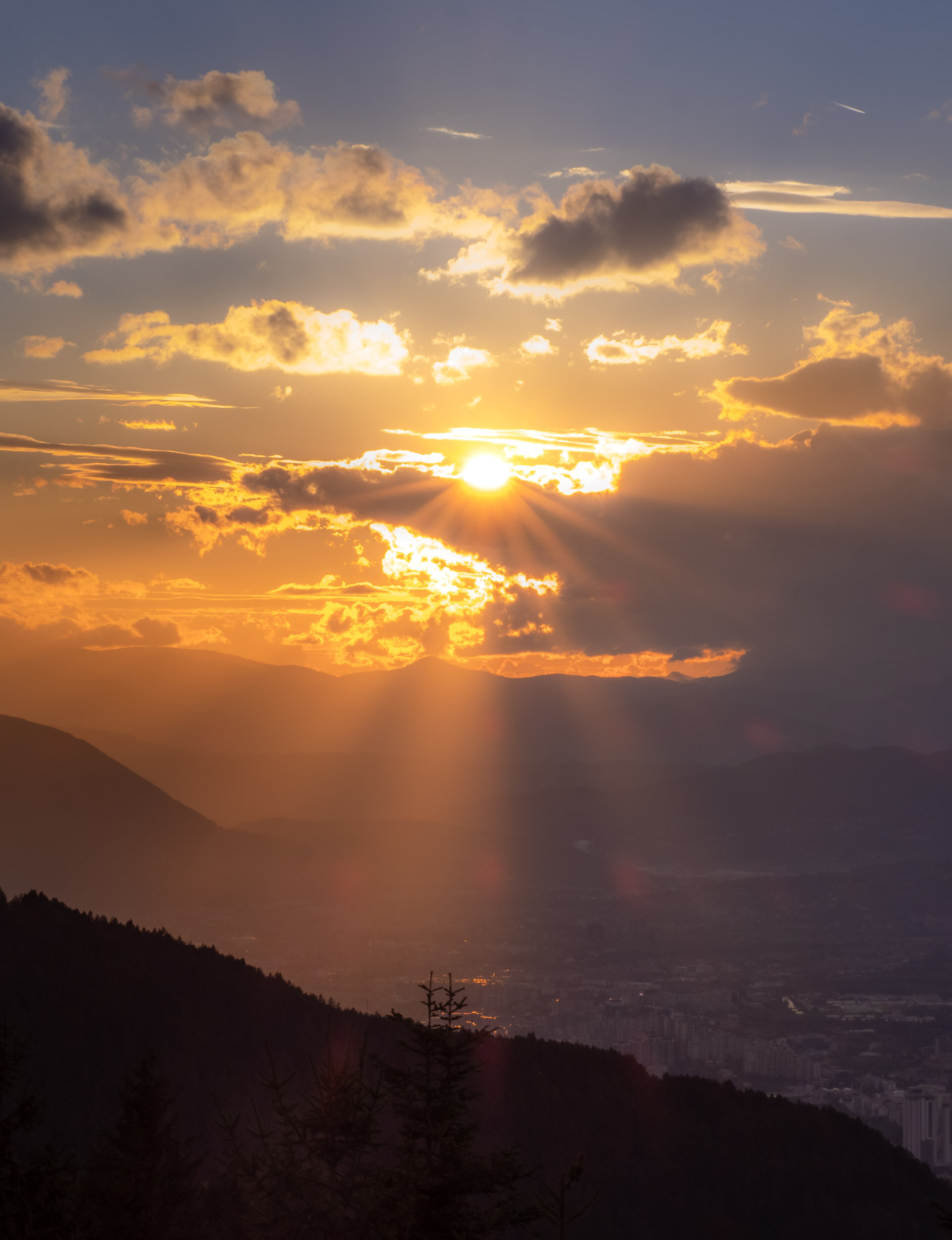
The western view with the Miljacka river slowly disappearing towards where it meets the Bosnia river.
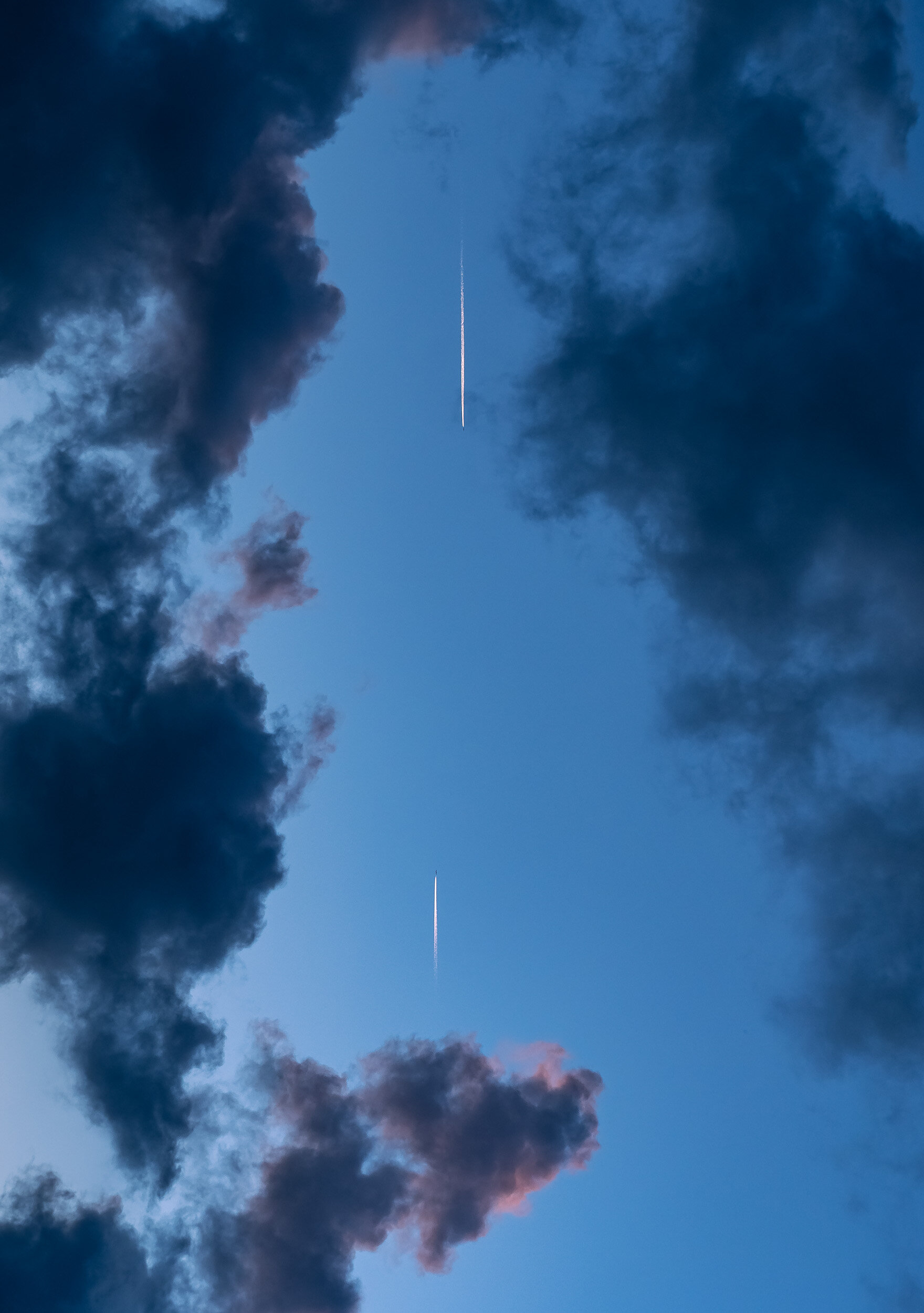
The Approach
Two planes crossing as they fly over Sarajevo.
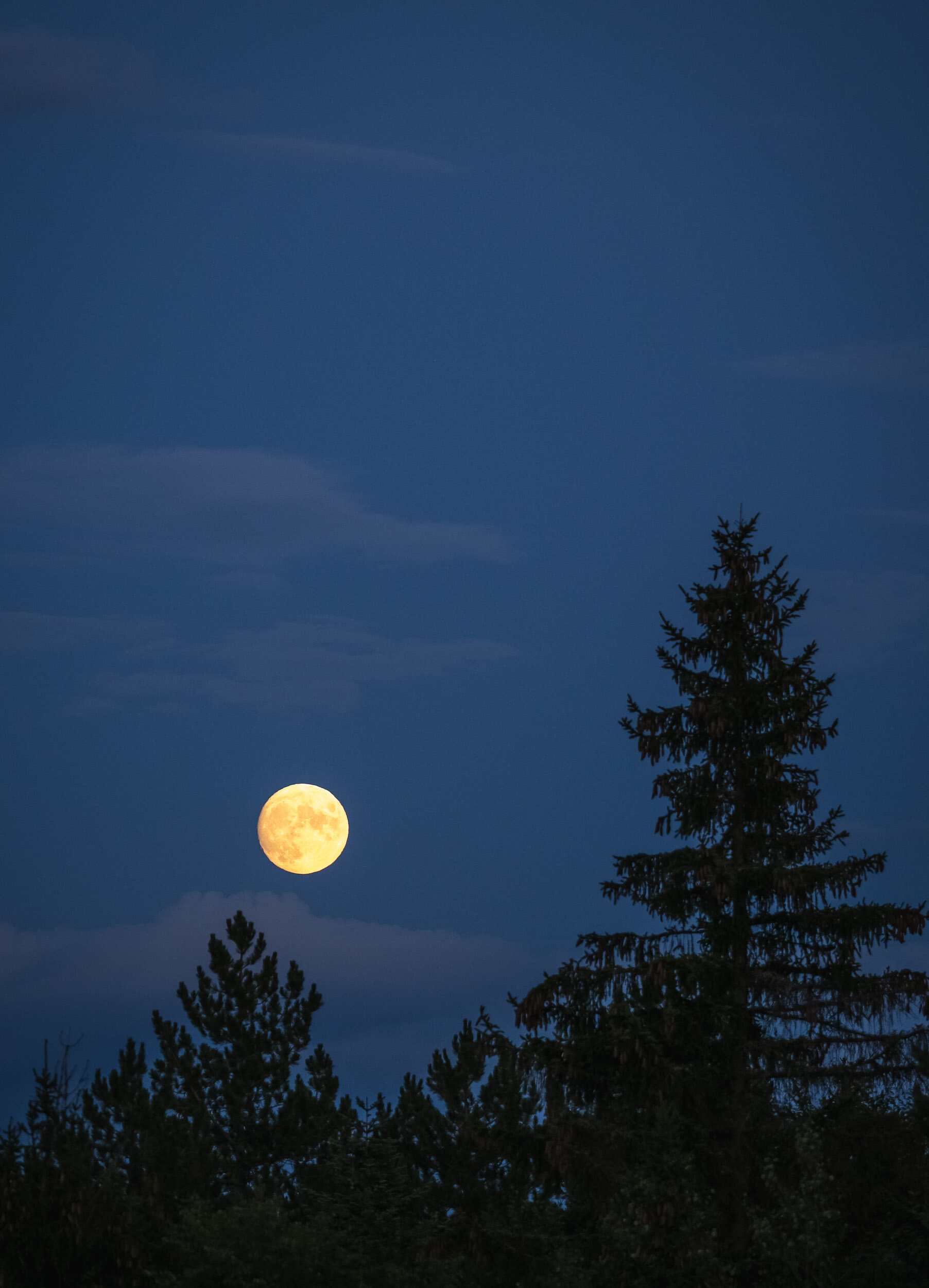
Forest Moonrise
The full moon coming up above the forest canopy.
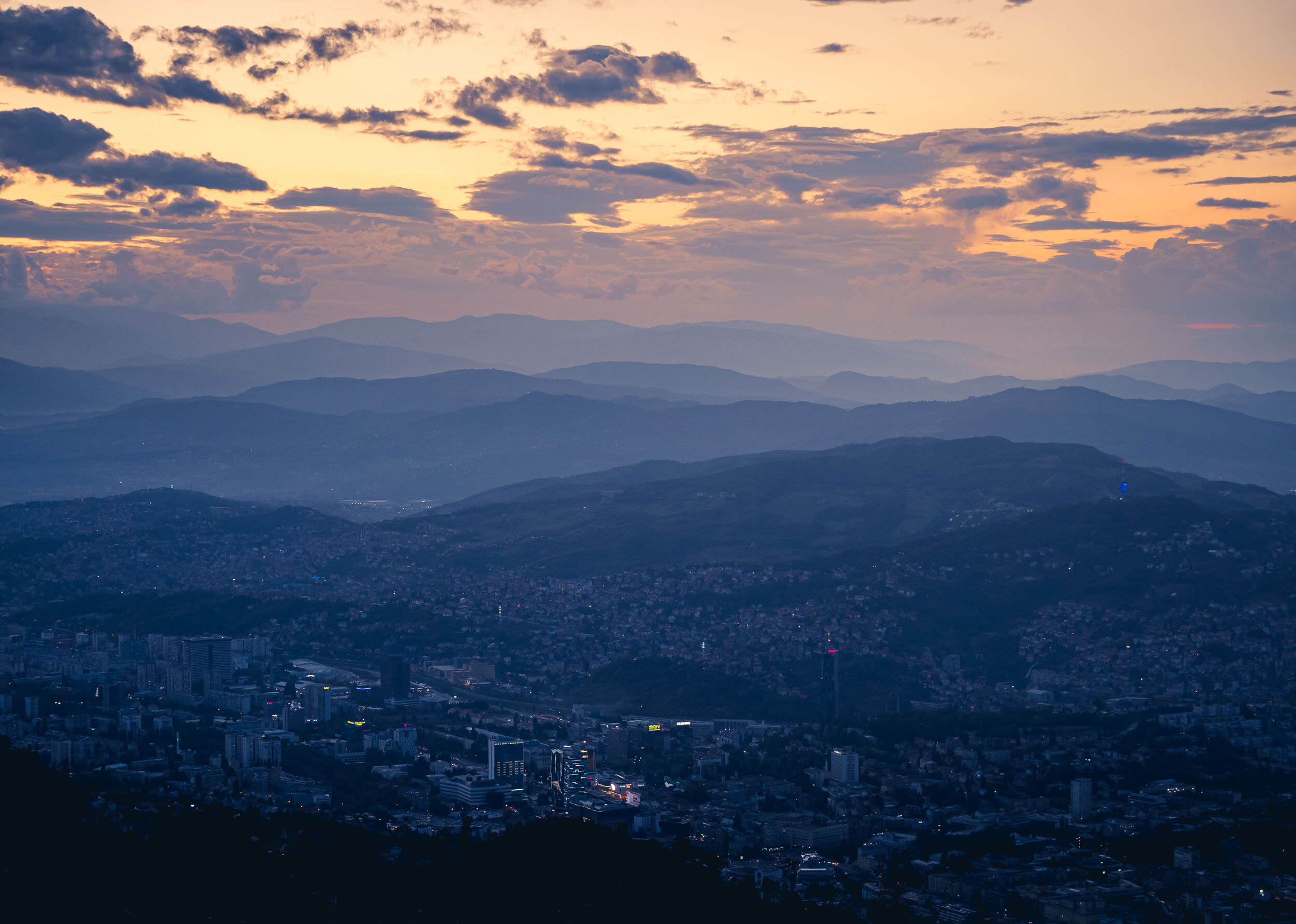
Horizons
A wider angle view of the city and its mountain layers beyond, just after sunset. This shows the modern parts, with the Avaz skyscraper and the Hum tower on the right.

Diversity
Spot the different religious landmarks illuminated in this image. While diverse in its people and architecture, the country itself is still deepy divided and unified governance hasn't happened.
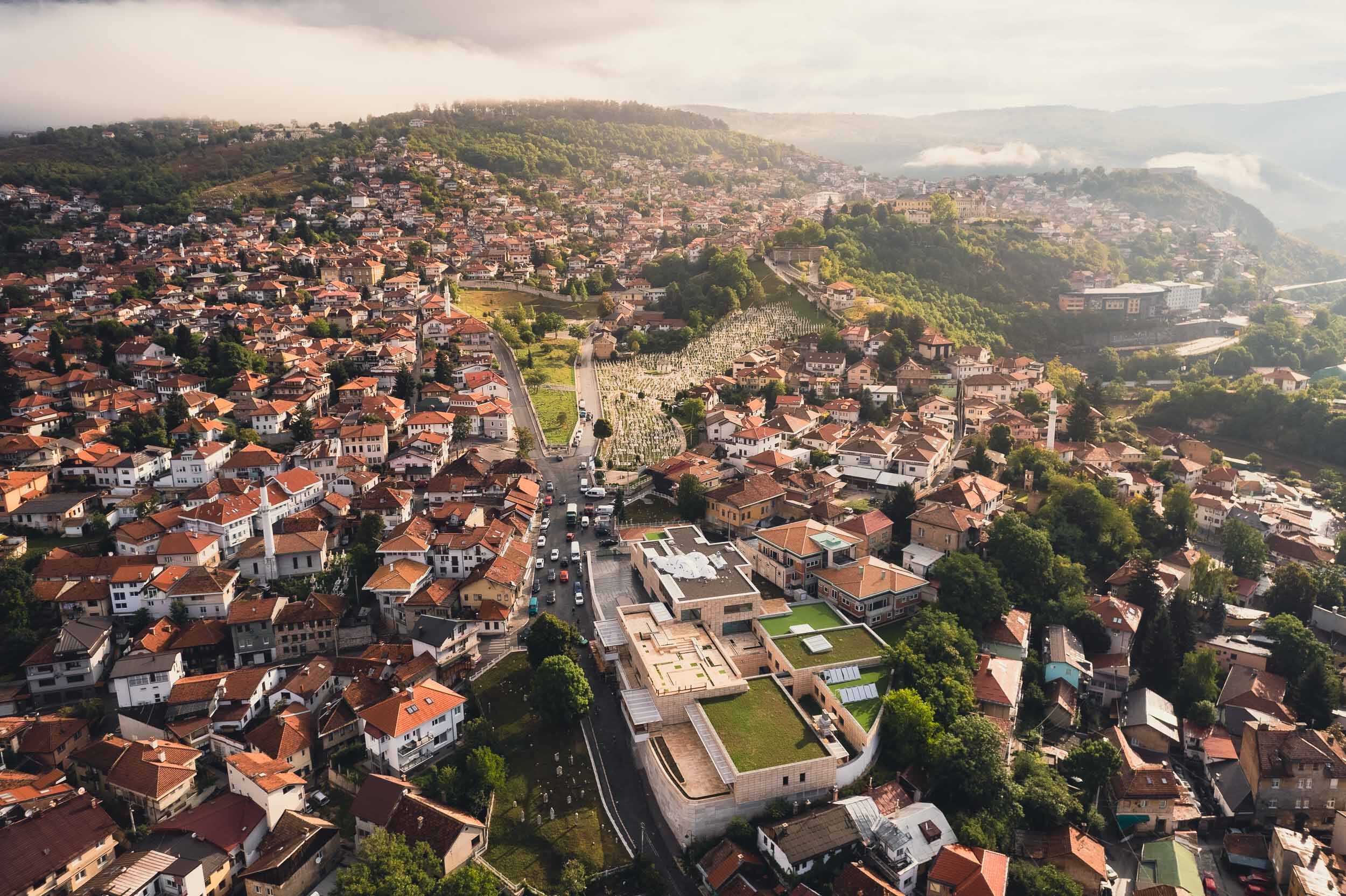
Bird's Eye
The final morning was spent on some aerial perspectives to get a better overview of the city, such as this one looking east the old town.

Histories
A top down view of the aforementioned Kovači Cemetery.

Markets
A view of the historic city centre and the 18th century Sebilj fountain in the centre.
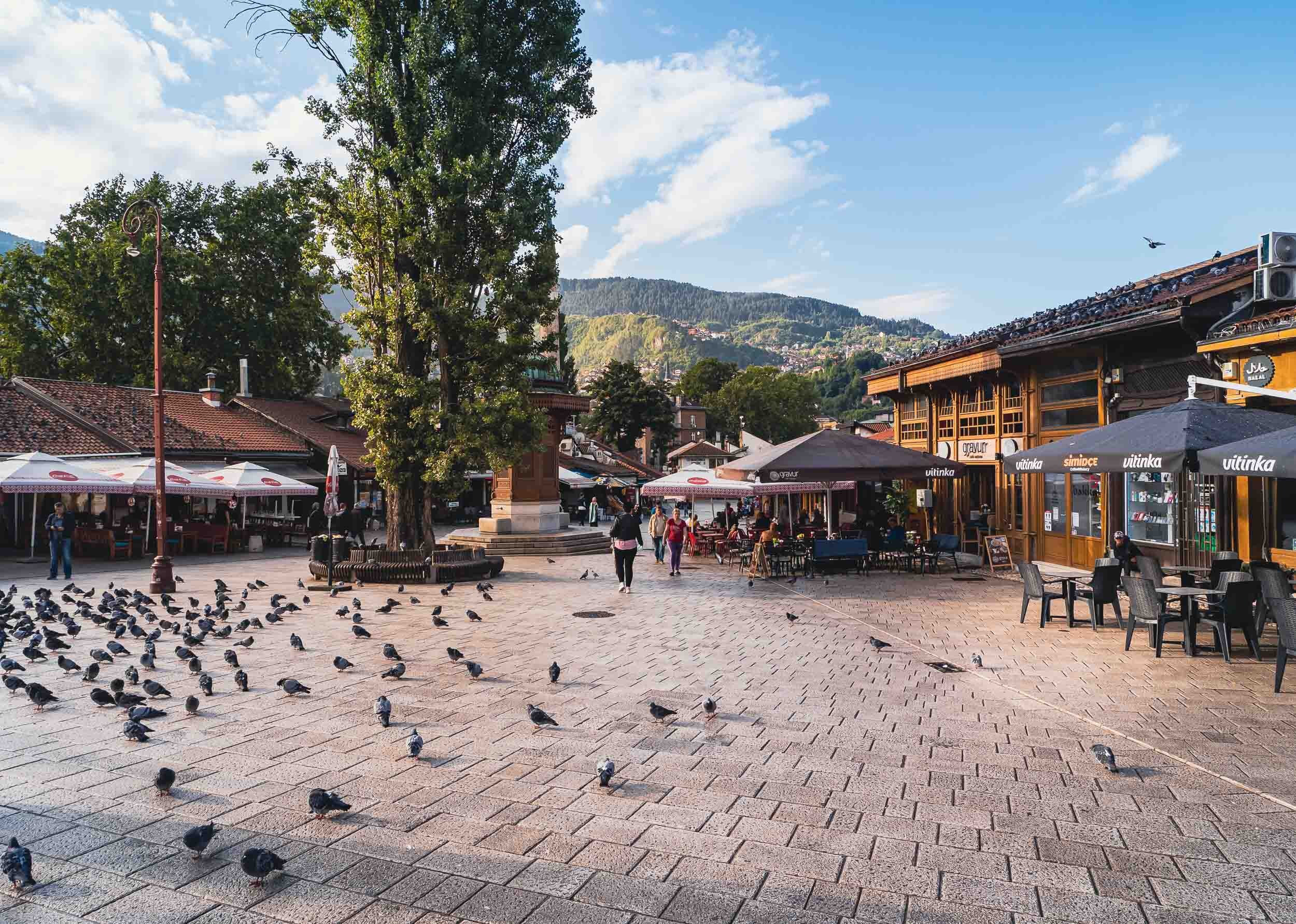
Sebilj fountain
A ground view of the Ottoman style wooden fountain from 1753.

Baščaršija
More of the streets surrounding the historic market area.
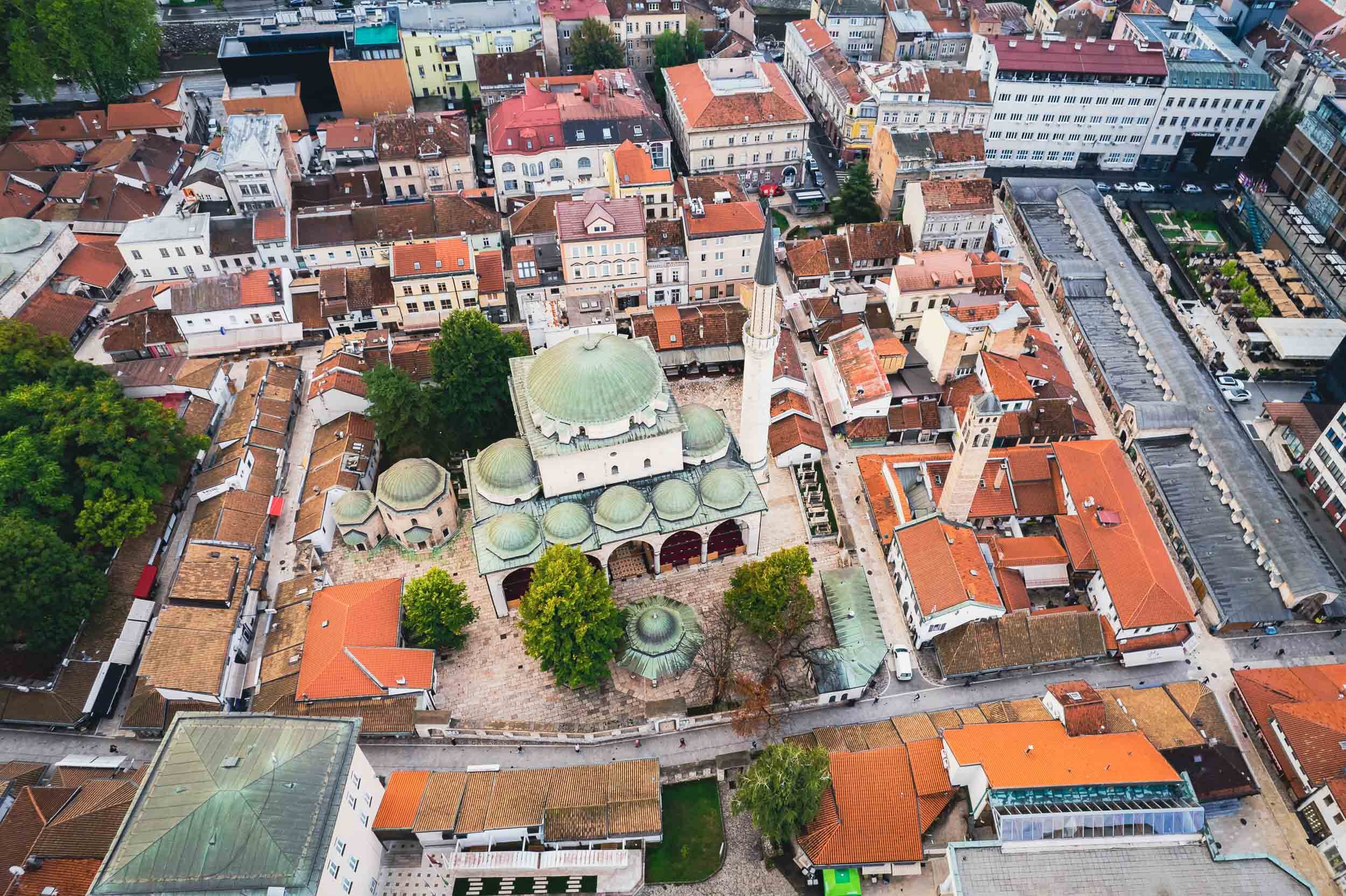
Gazi Husrev-beg Mosque
The 16th century mosque, the central fountain in front of which we have seen earlier in the series.

Obligatory
The mandatory cat photo of the series - although I took a lot more, there were so many around.
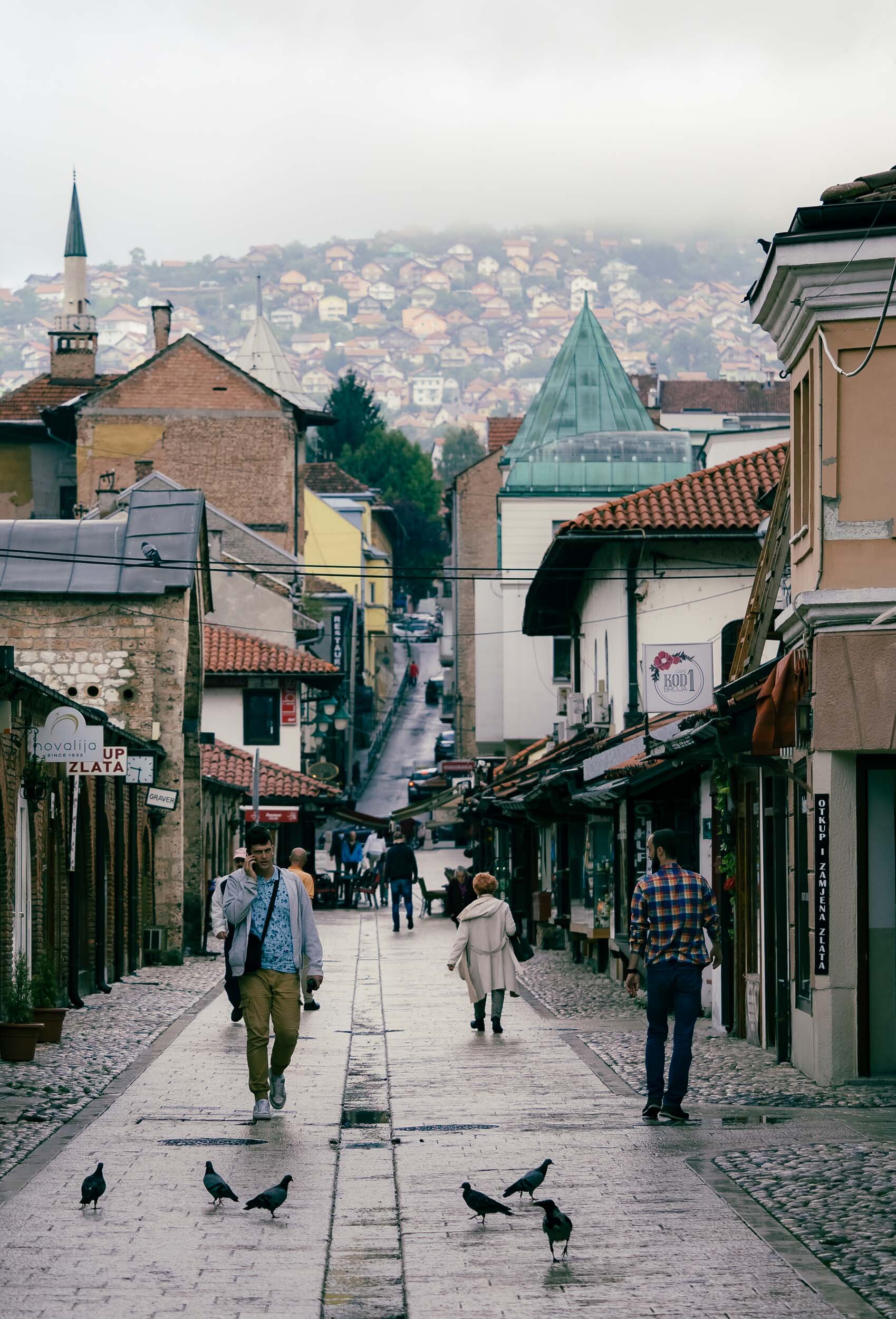
Morning Mood
Low clouds and a moody sky for the last morning walk through the streets.

Alignment
Is still a work in progress for the country.
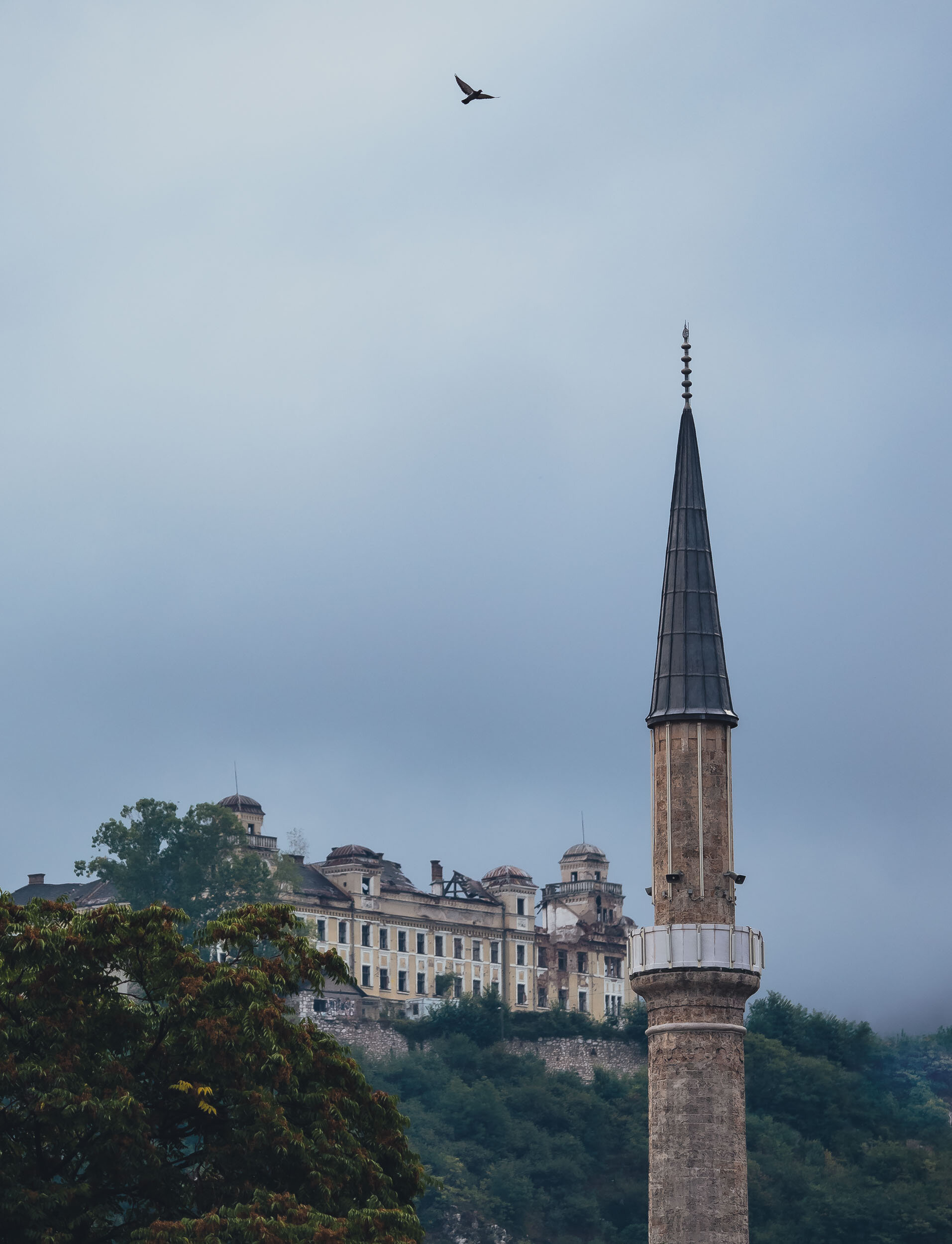
Moments
A minaret with the Jajce Barracks in the background as a bird soars above.
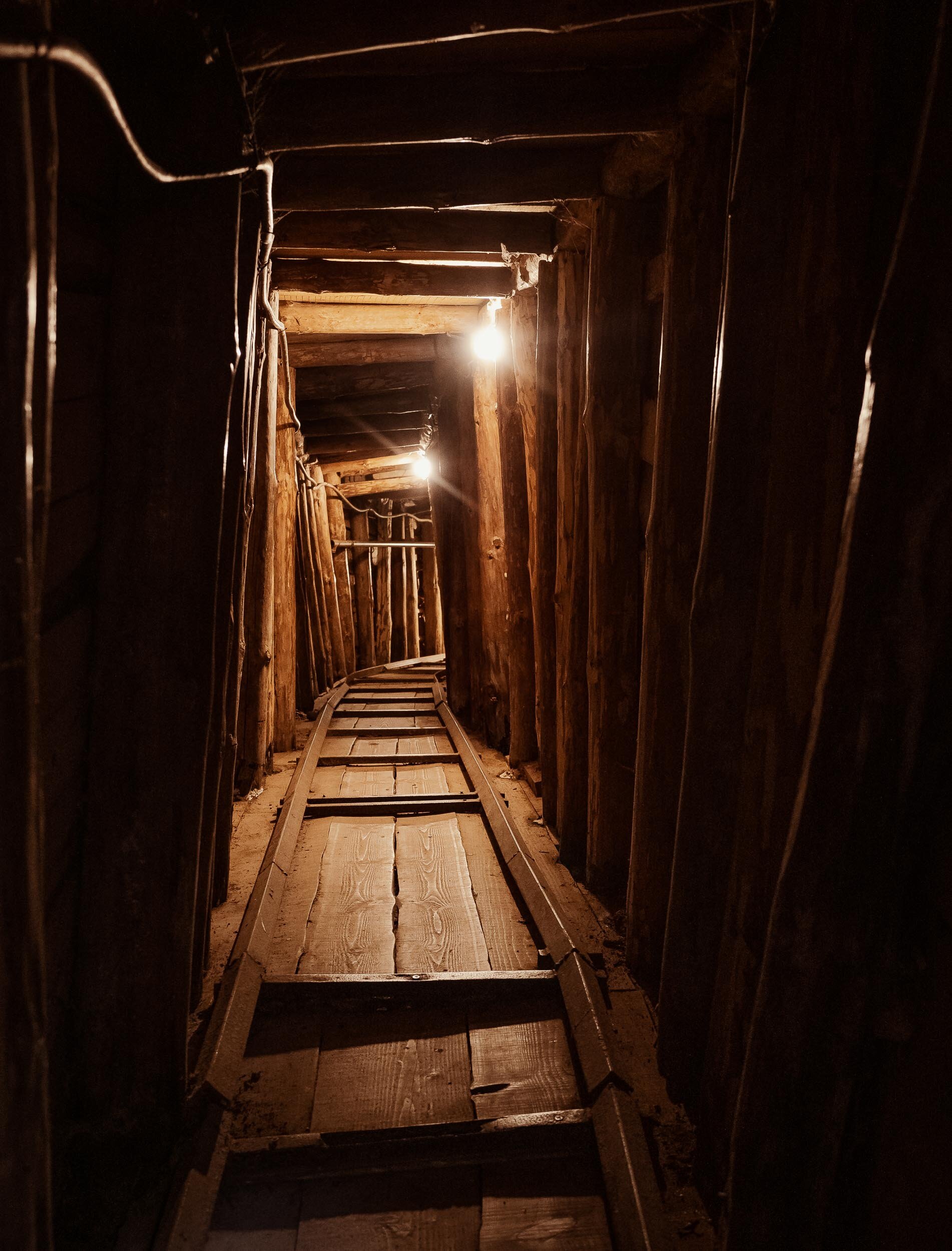
Tunnel of Hope
Our last stop near the airport was the so called Tunnel of Hope. This was the lifeline for the city of Sarajevo during the Siege.
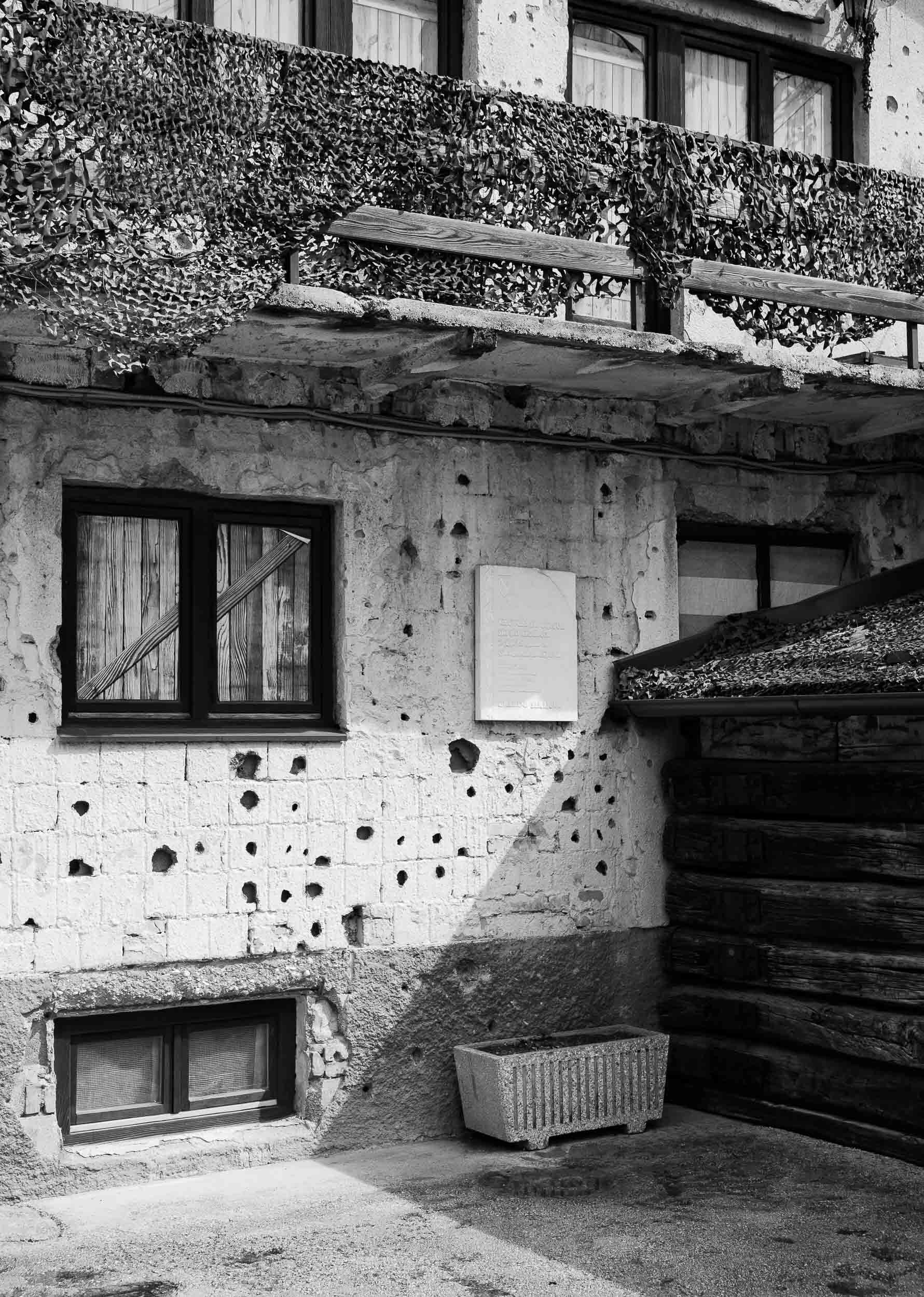
Remnants
The tunnel building shows what is still evident all around Bosnia & Herzegovnia, both visually and mentally from what I could tell - the scars of the war.